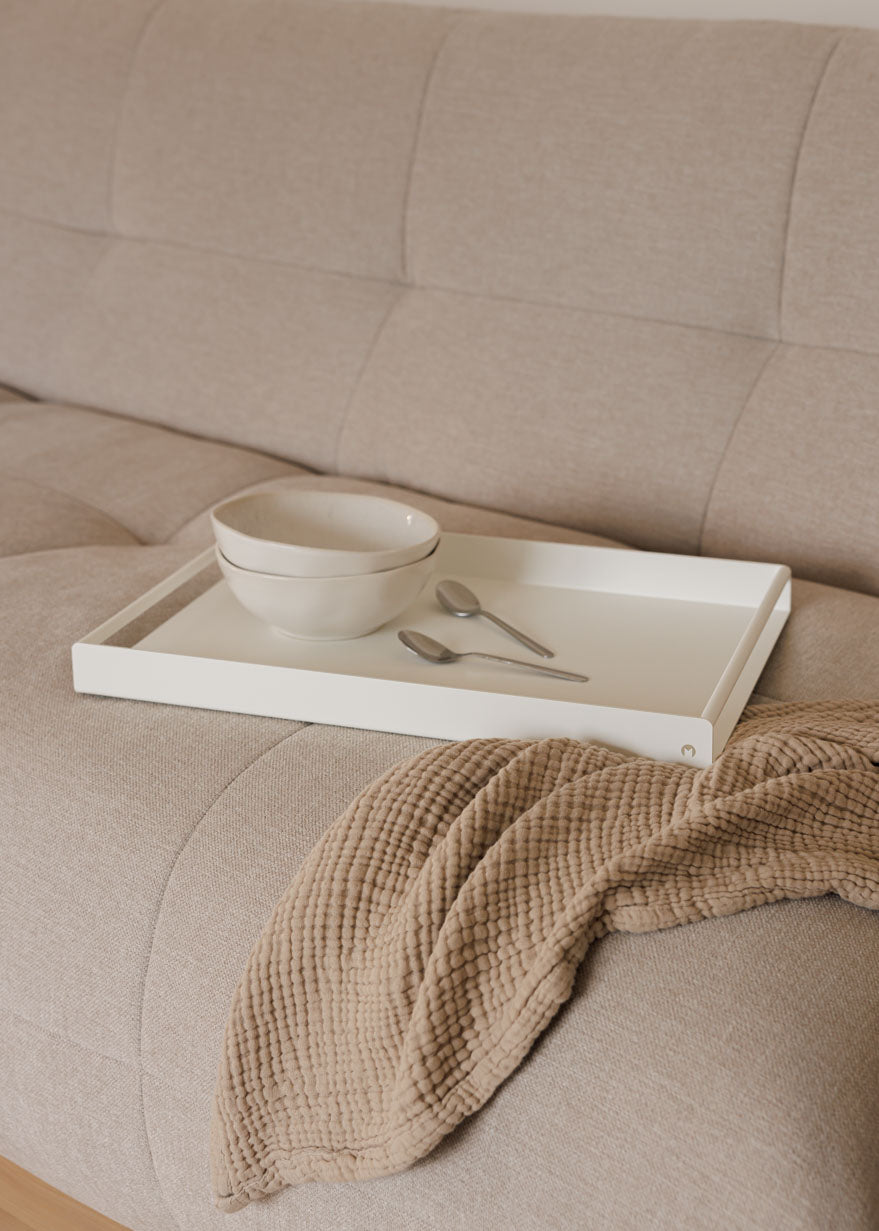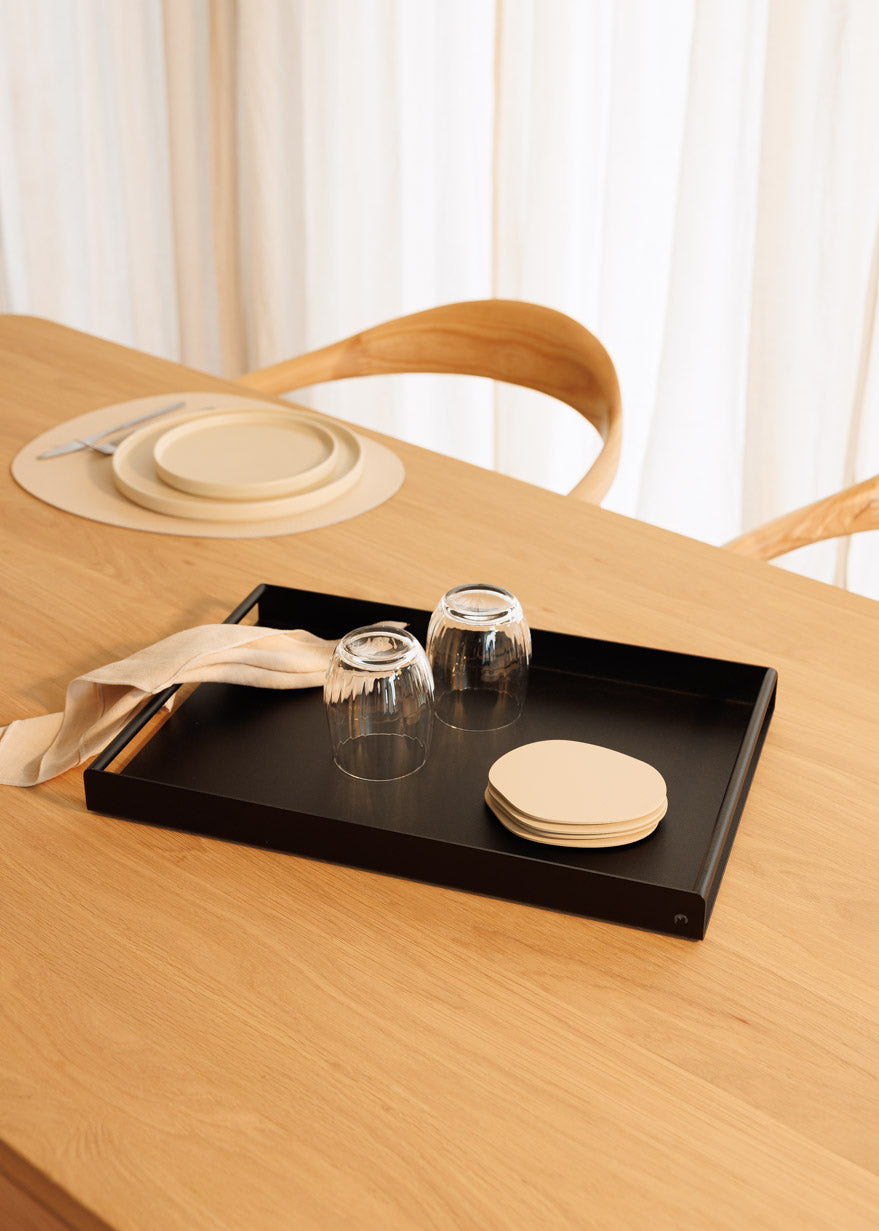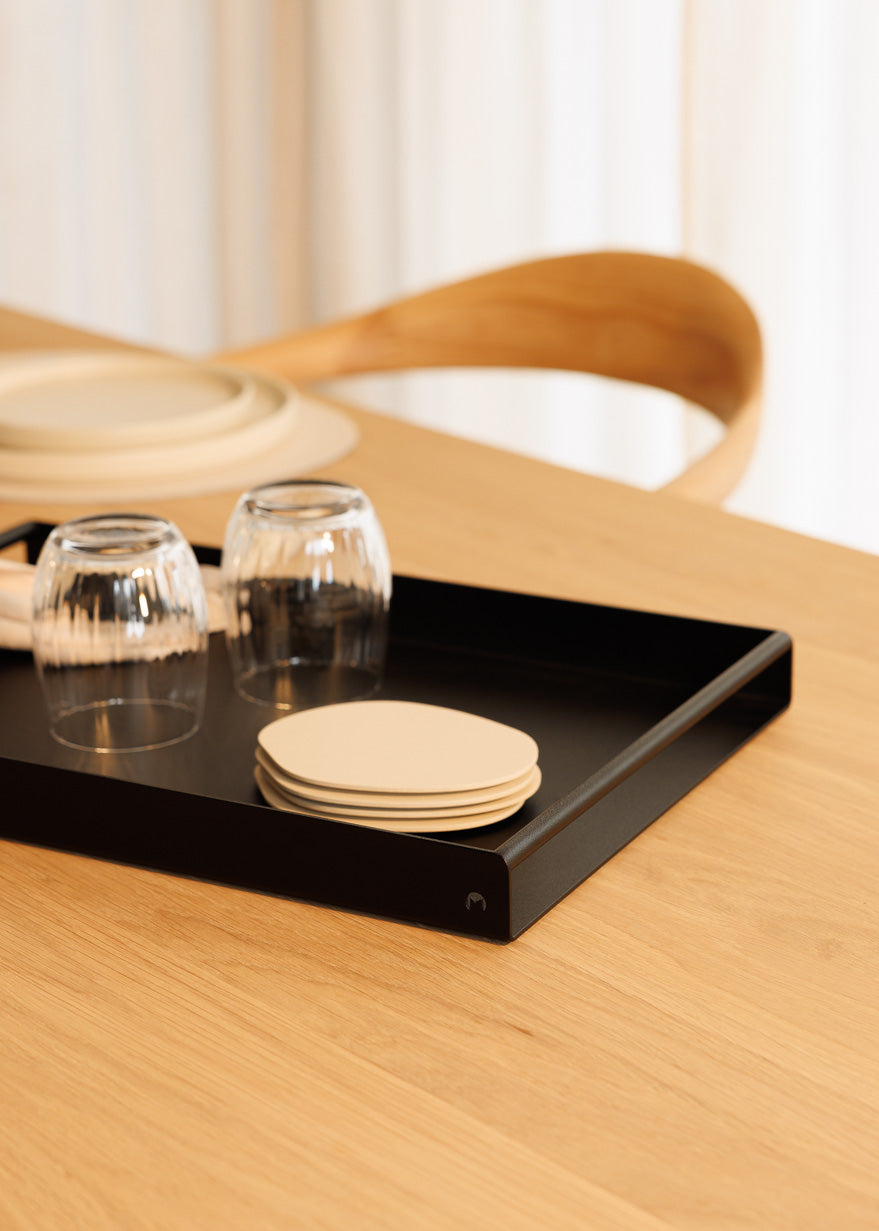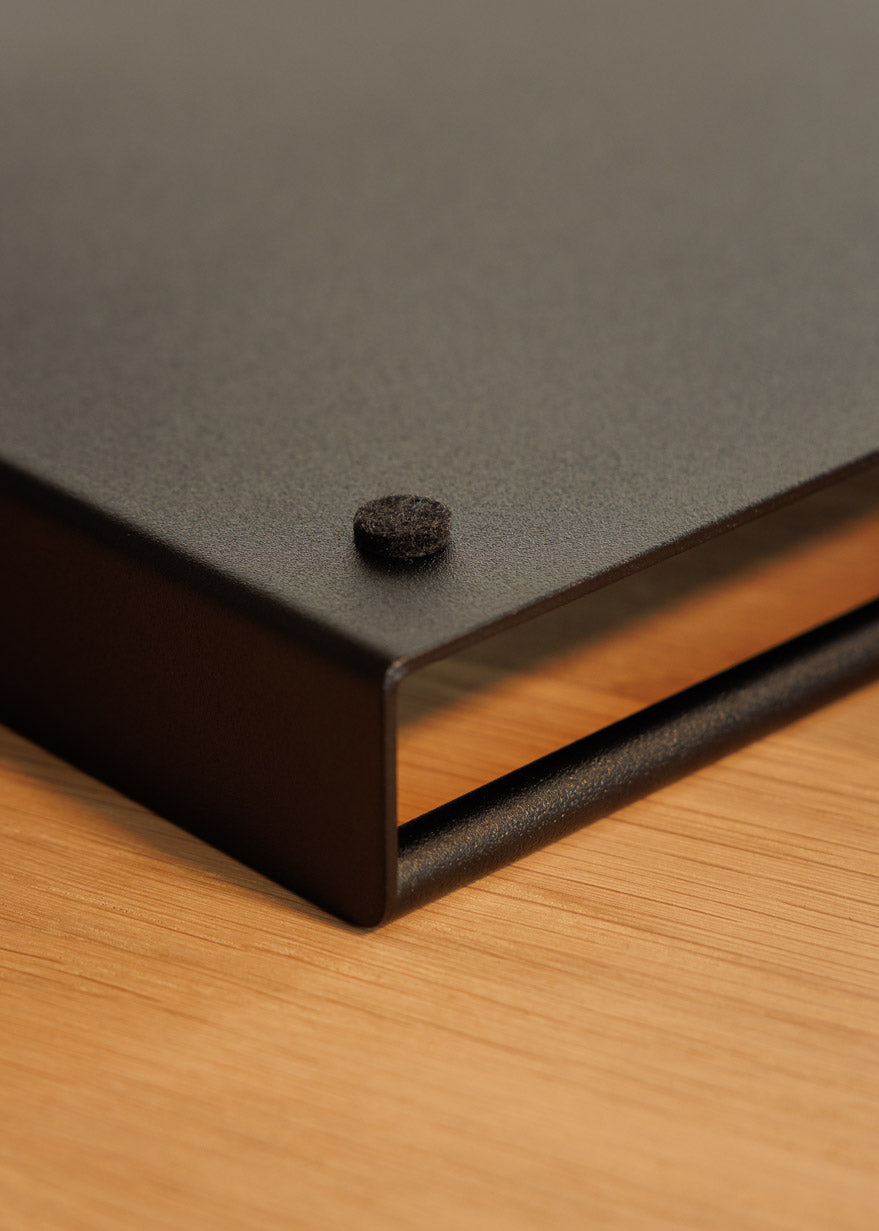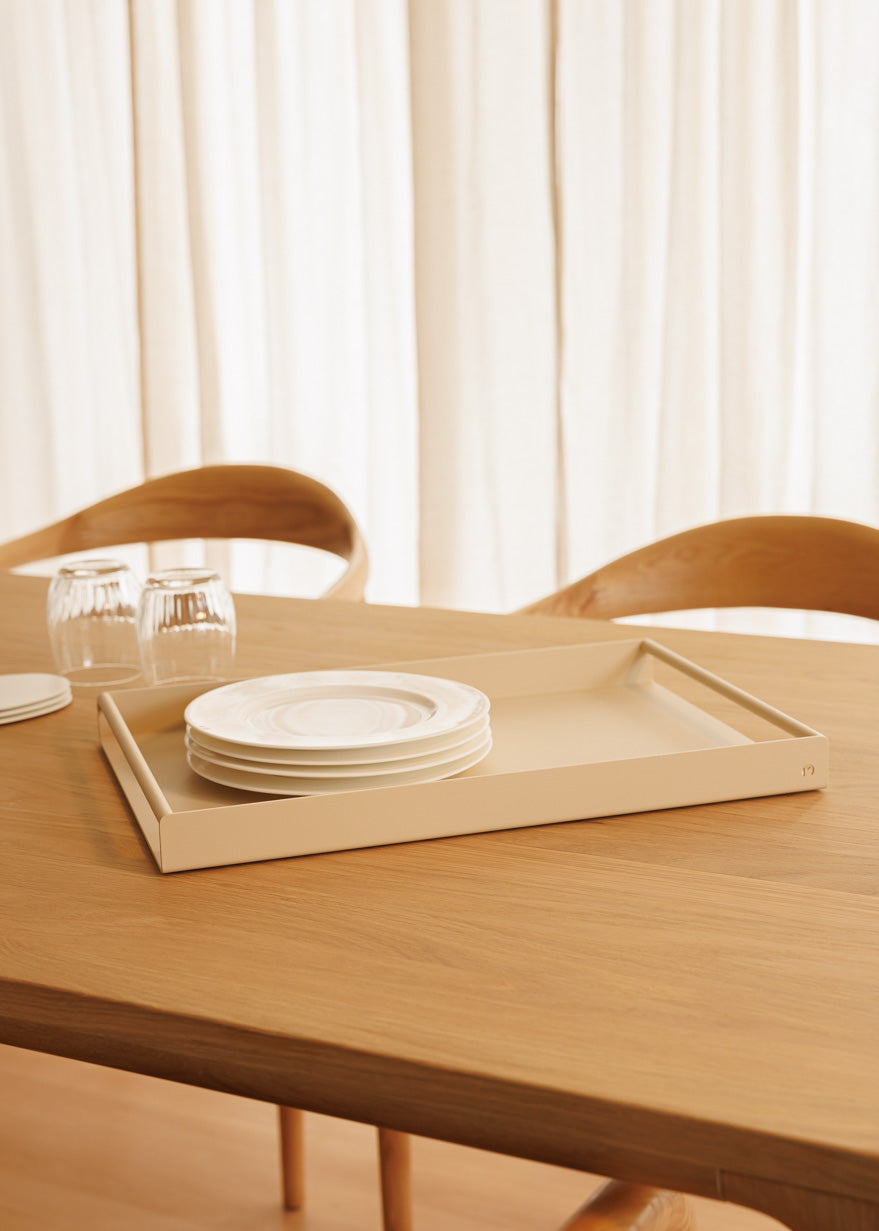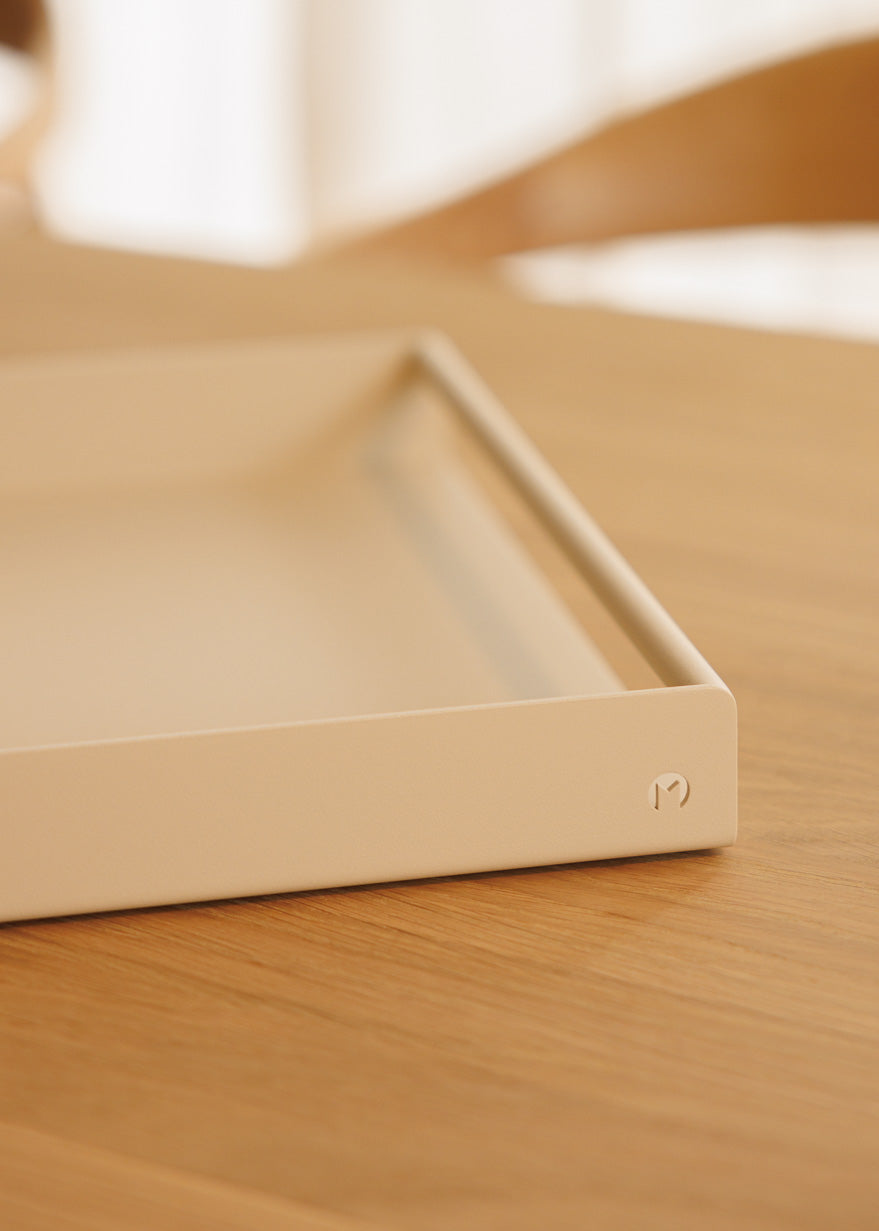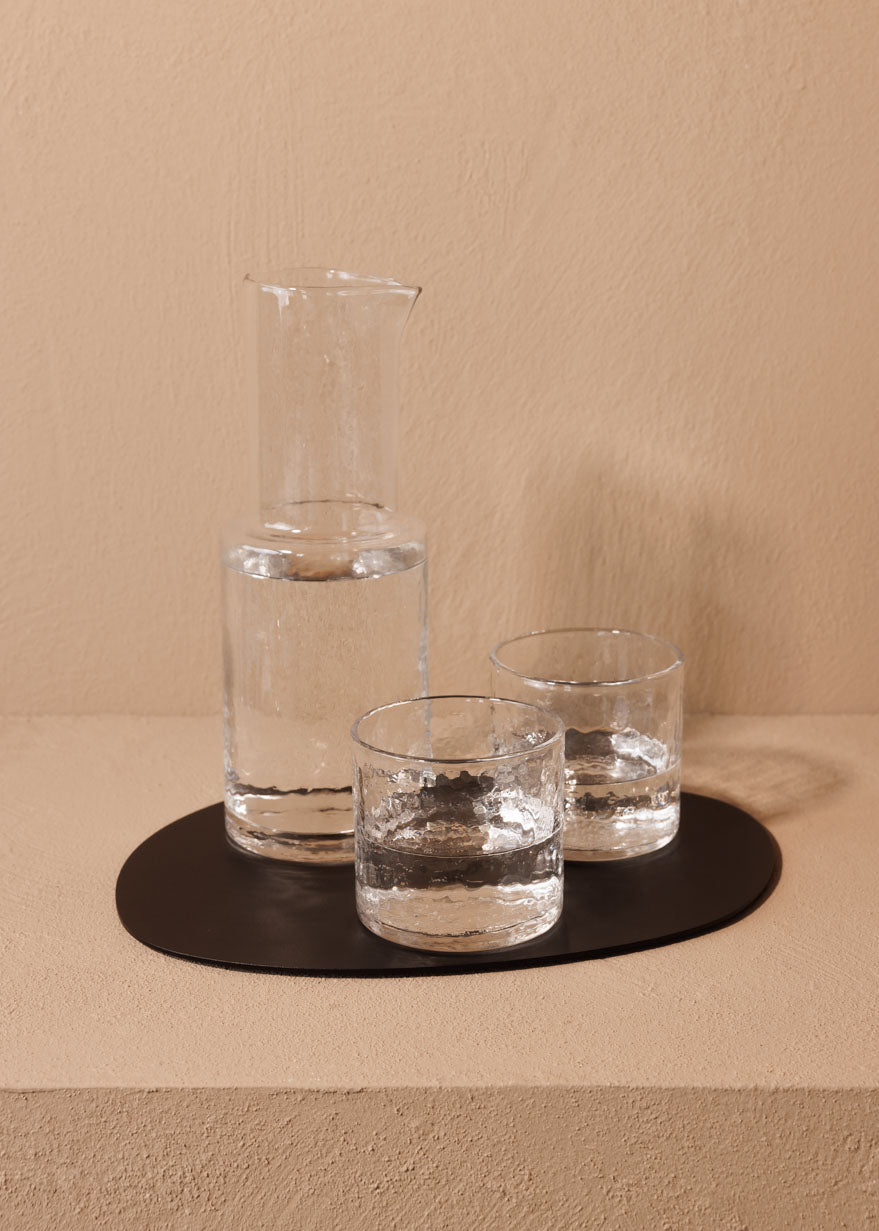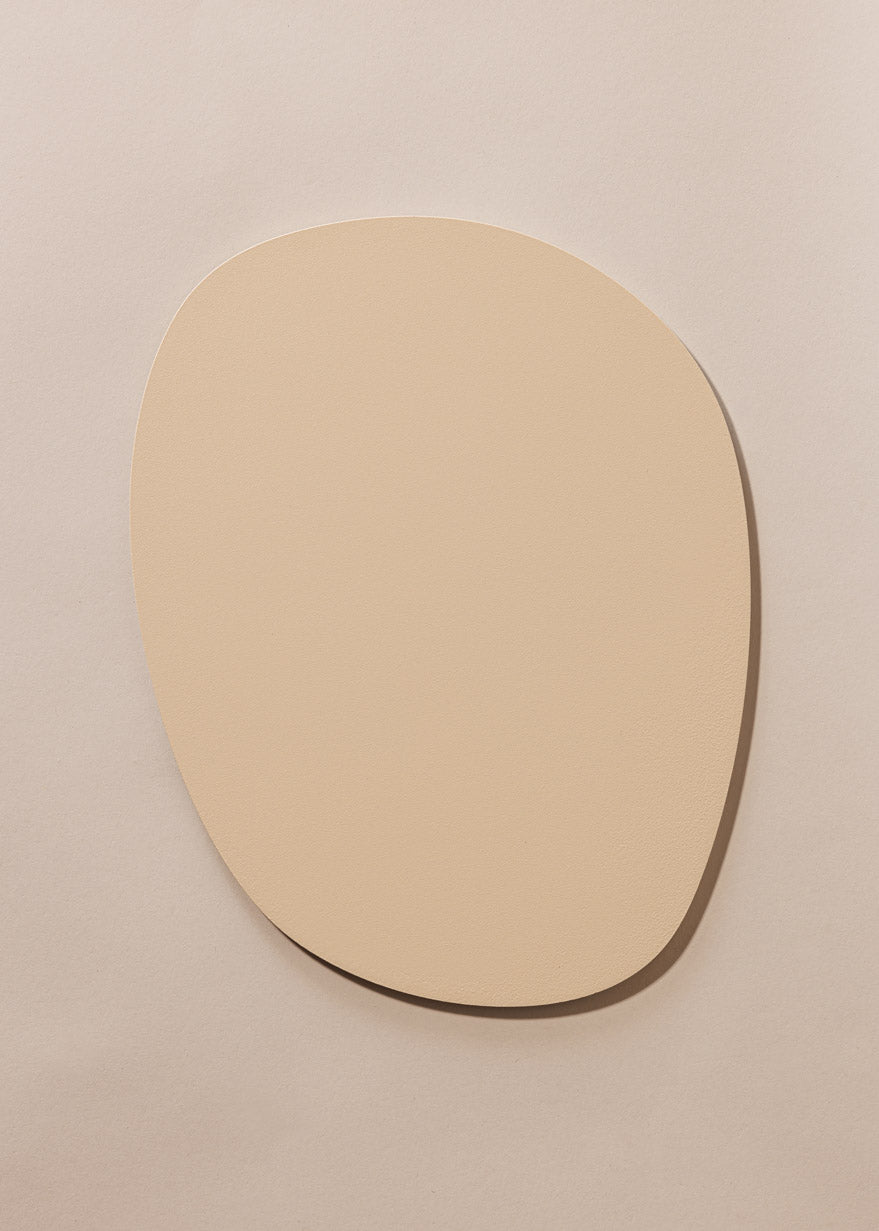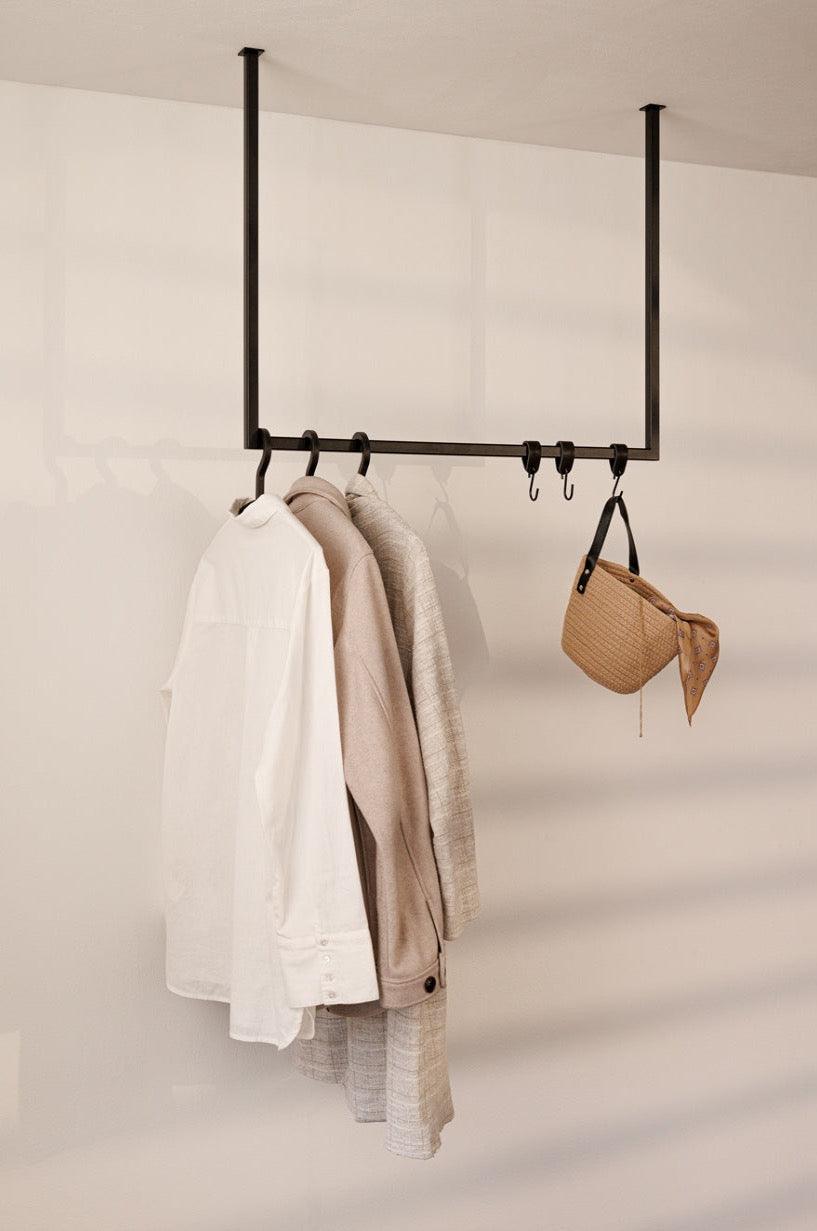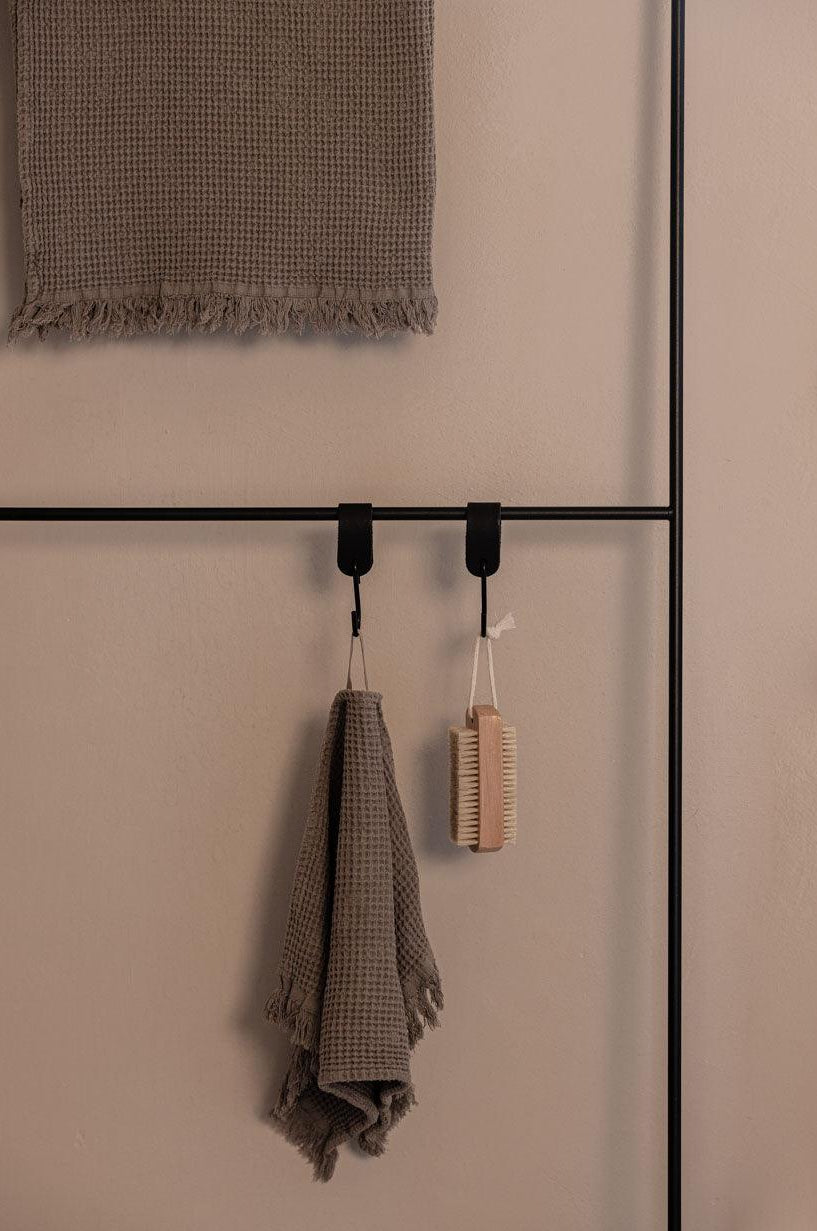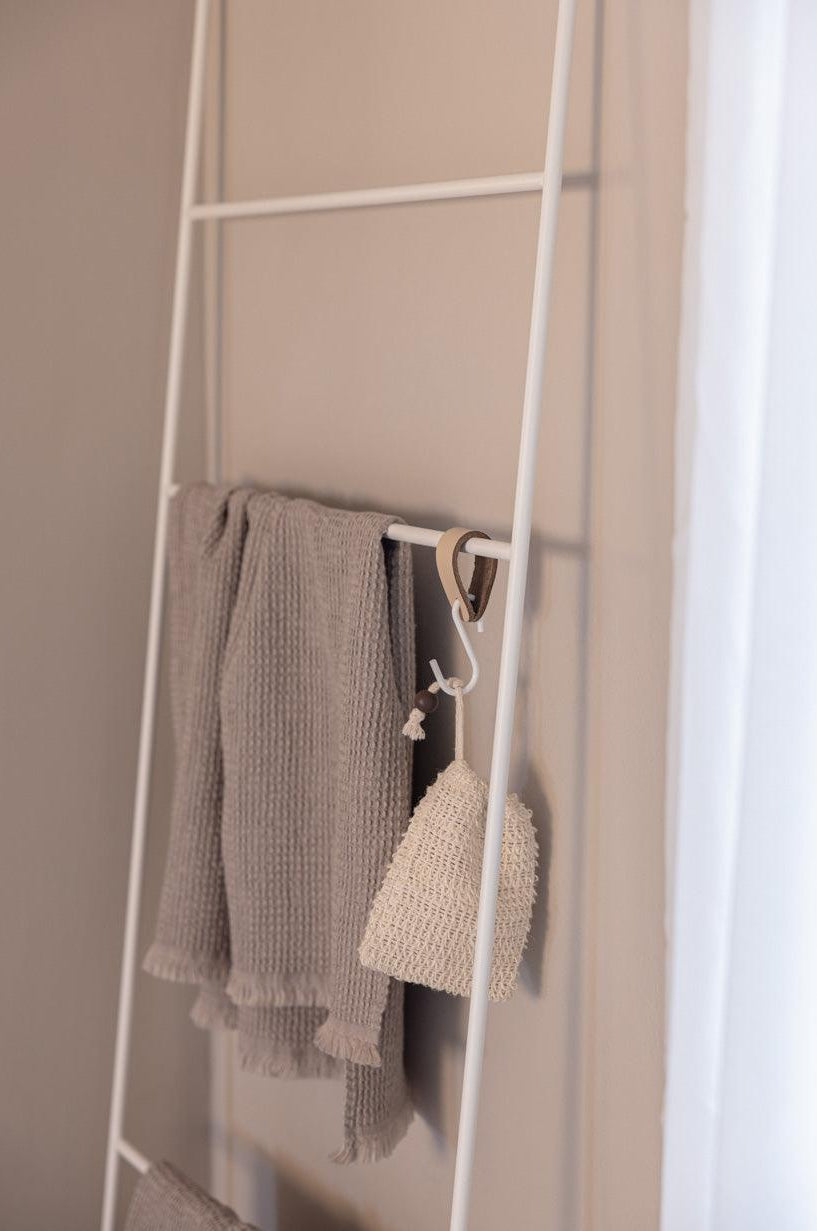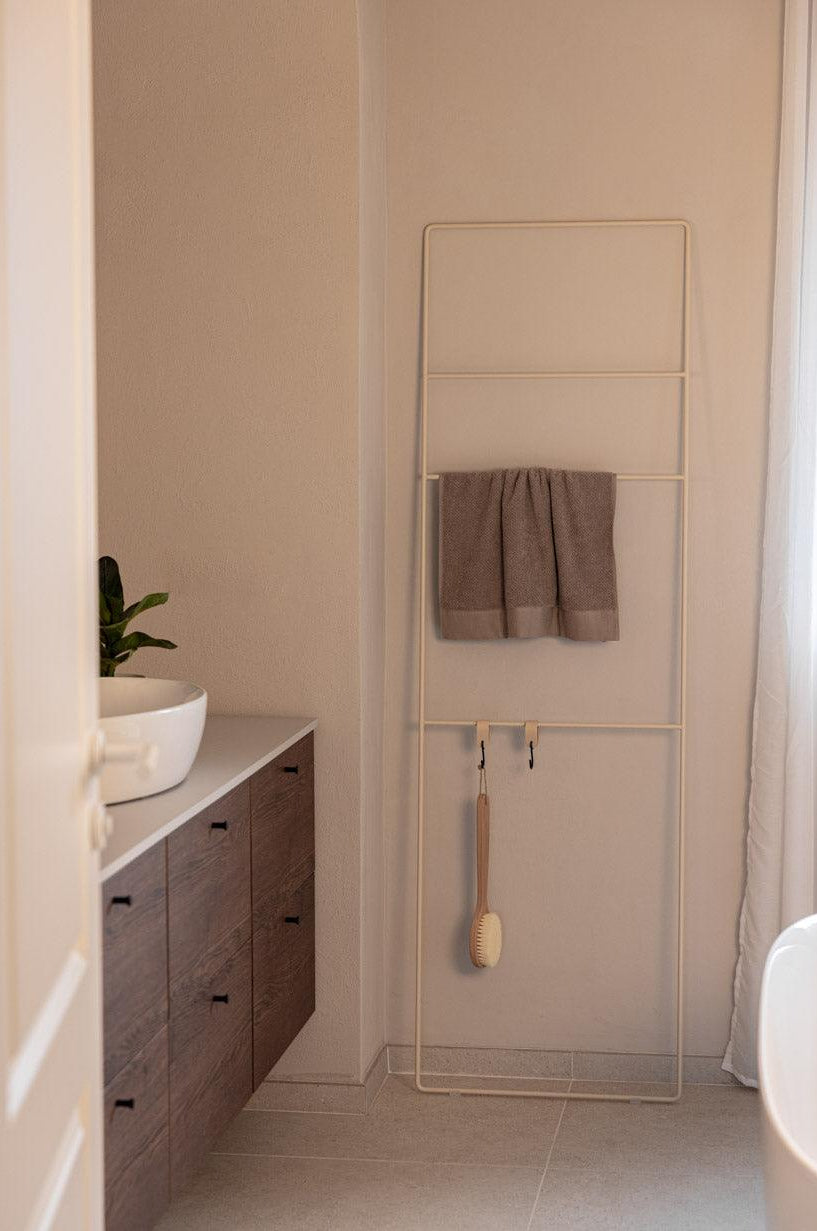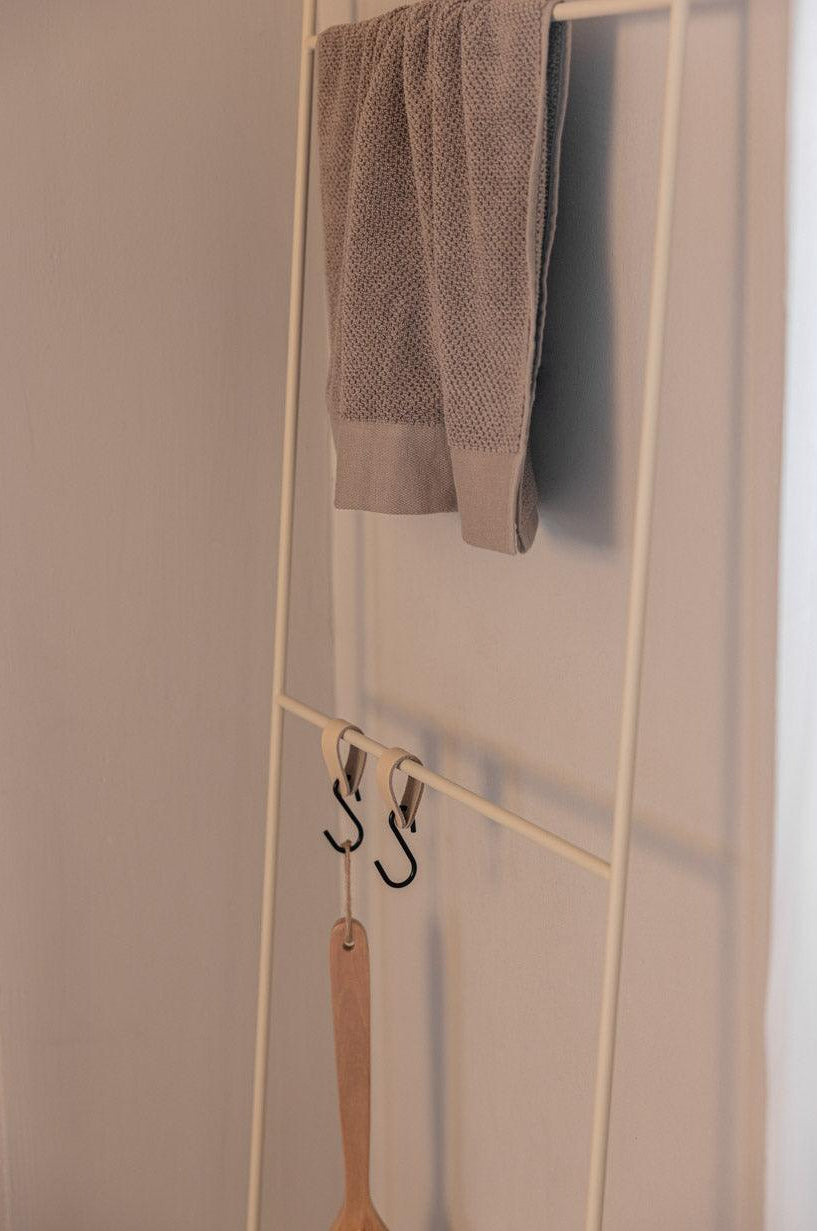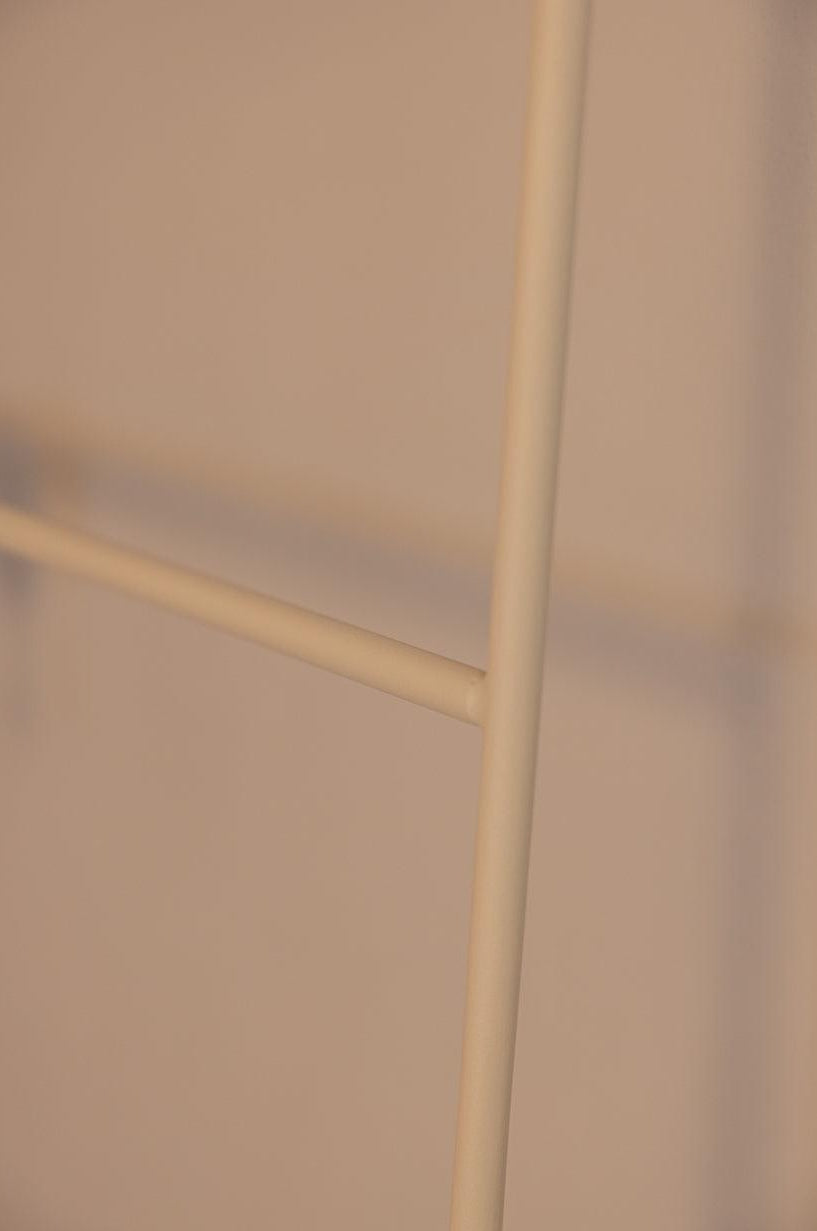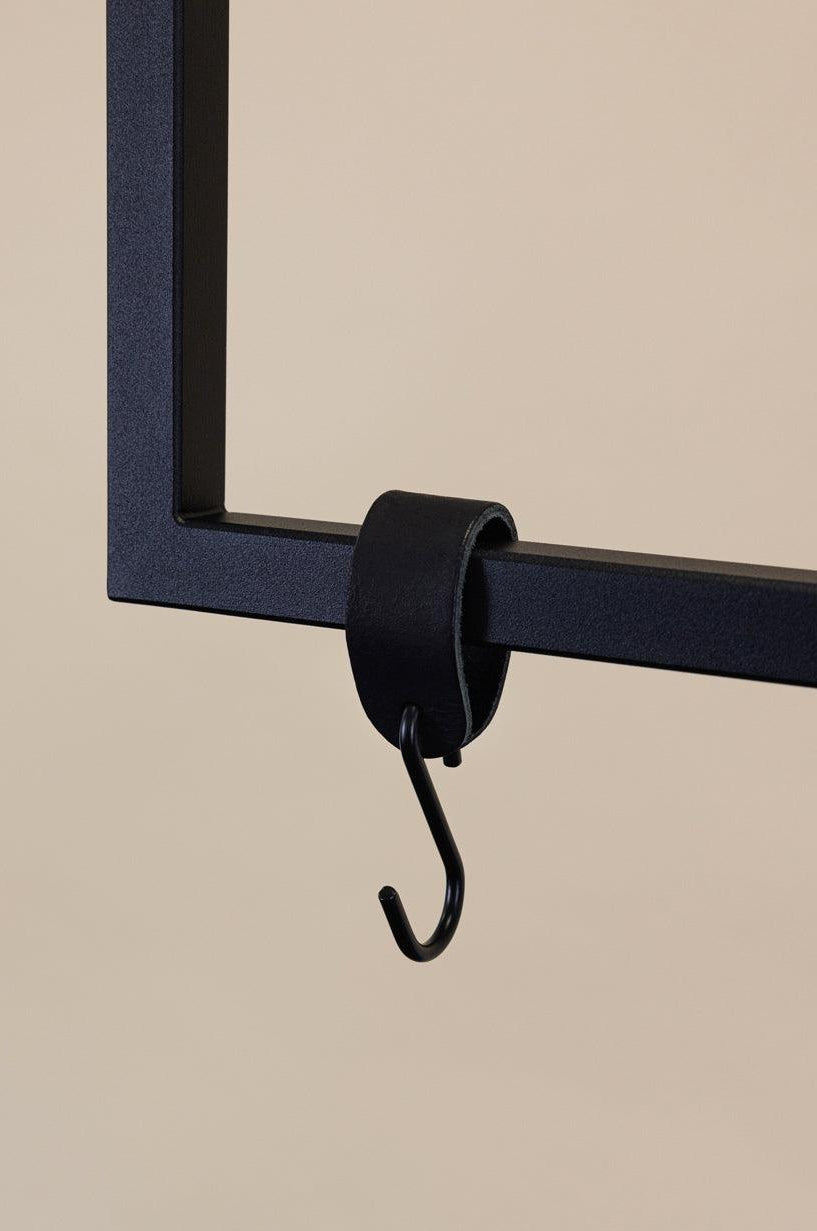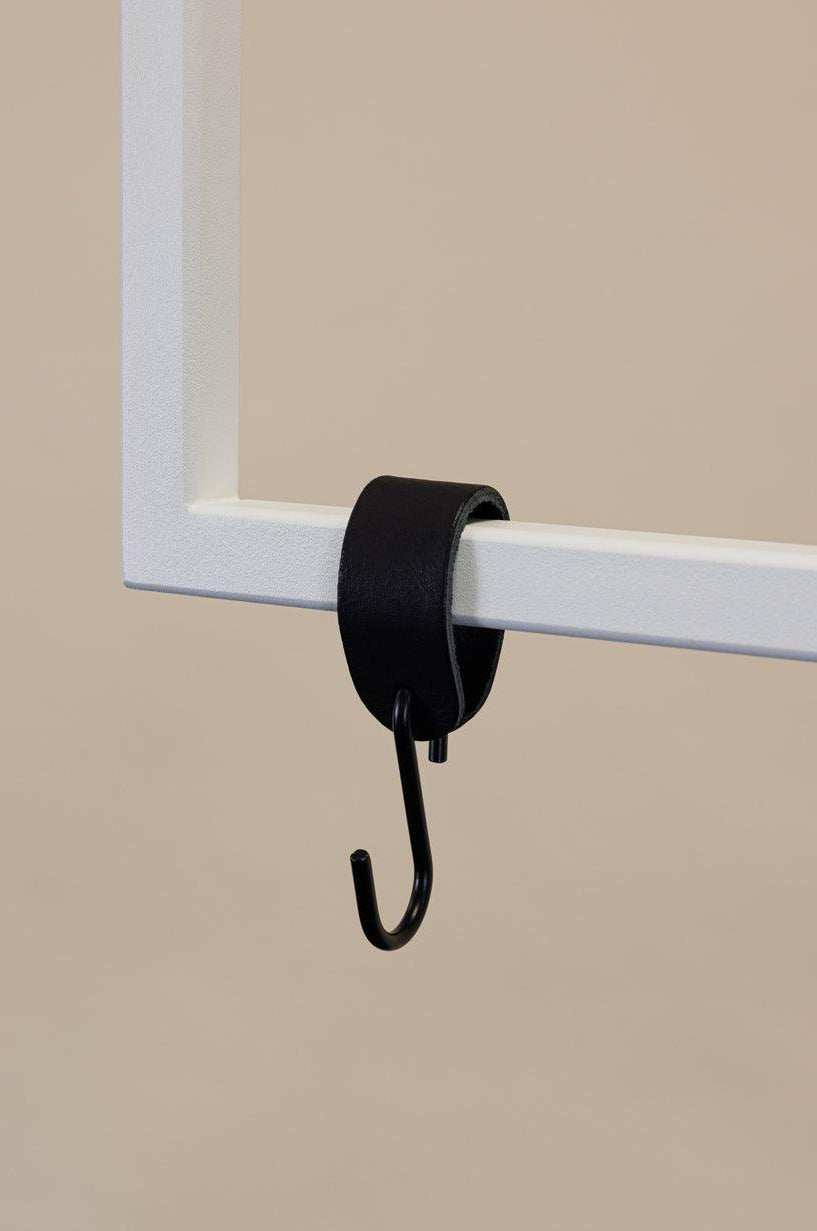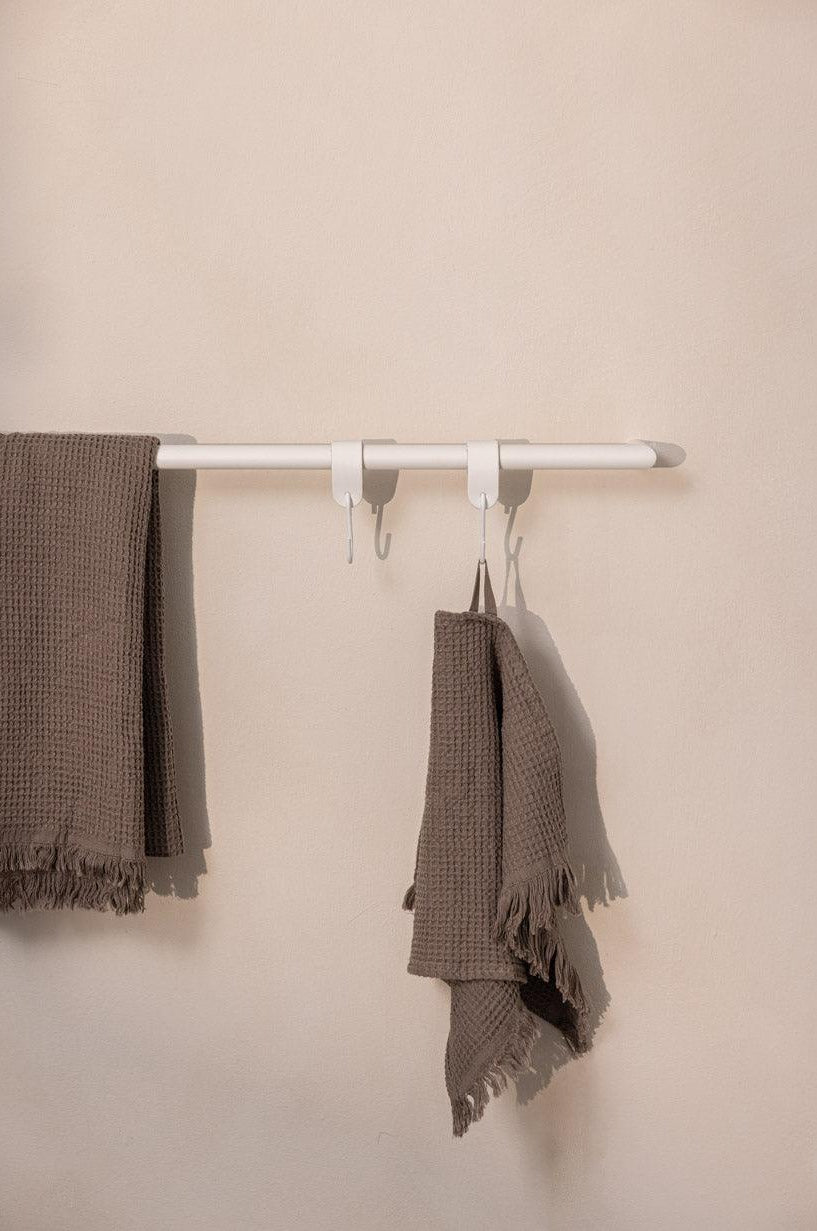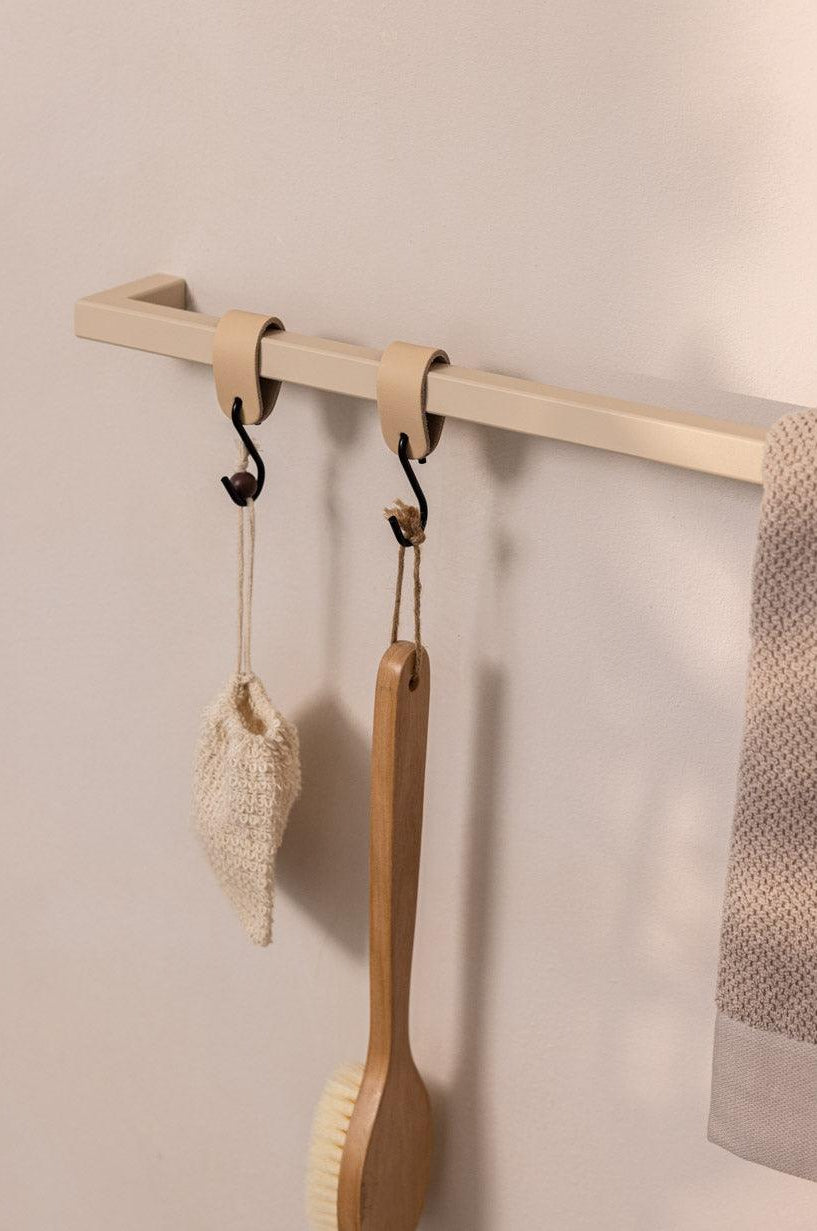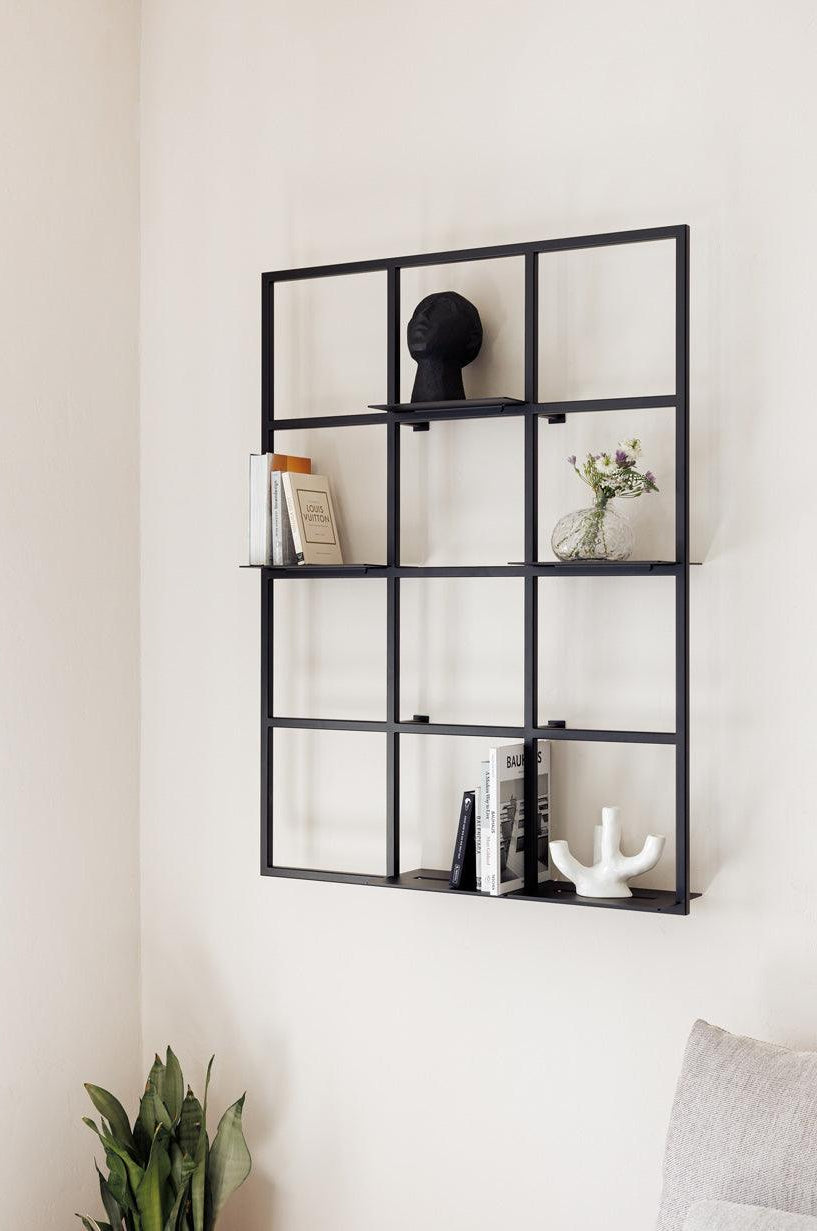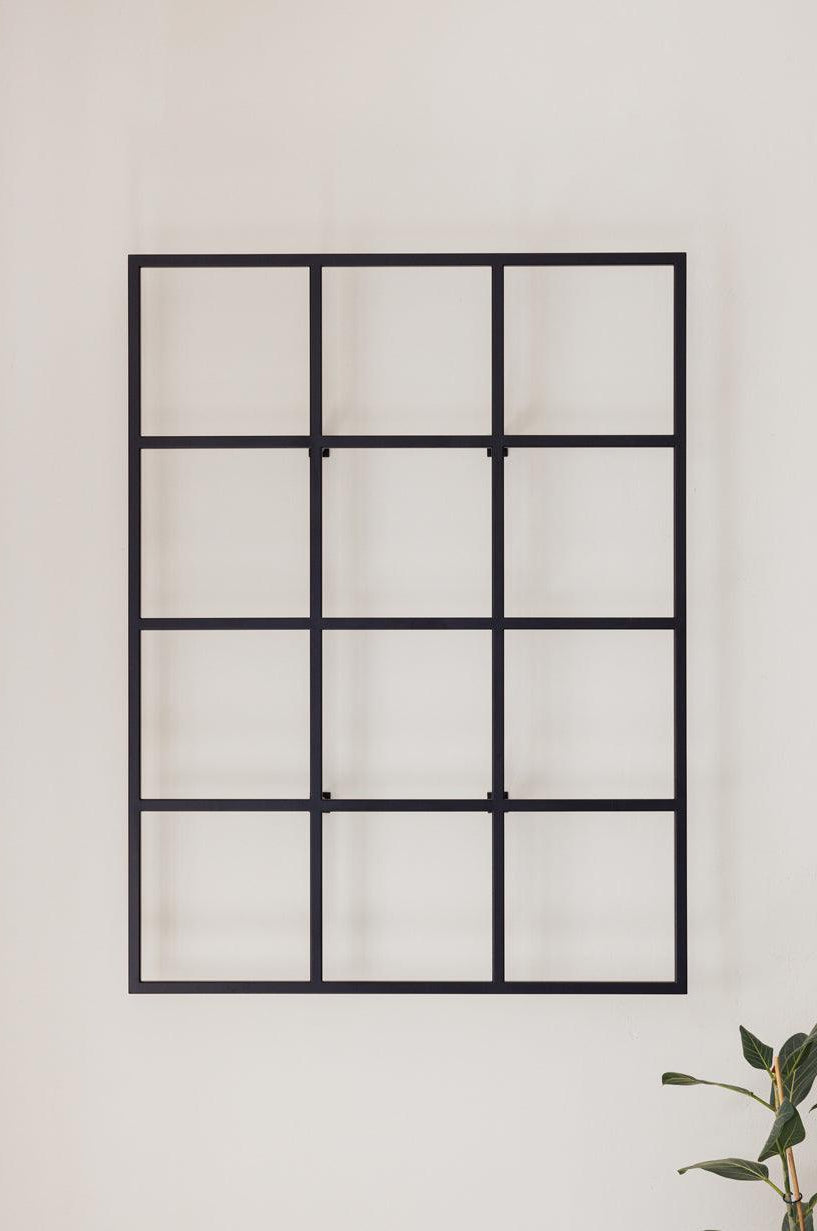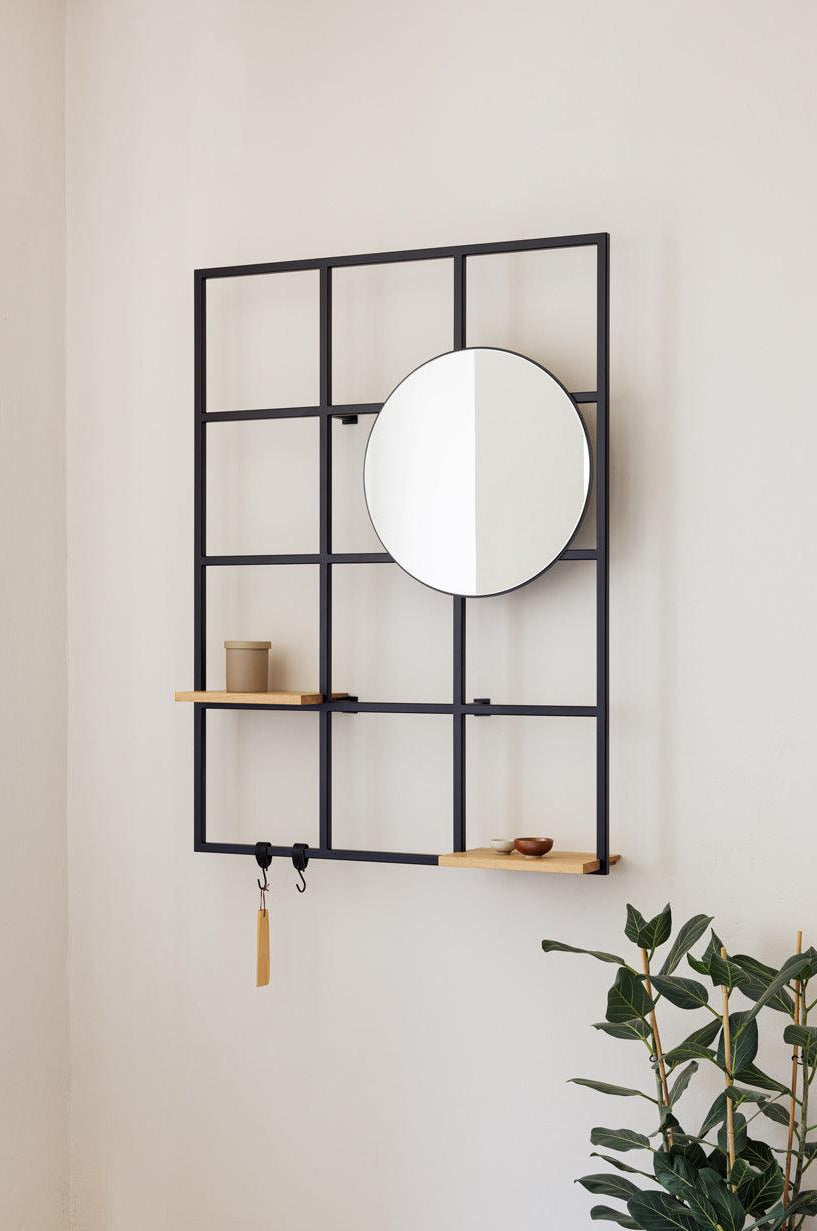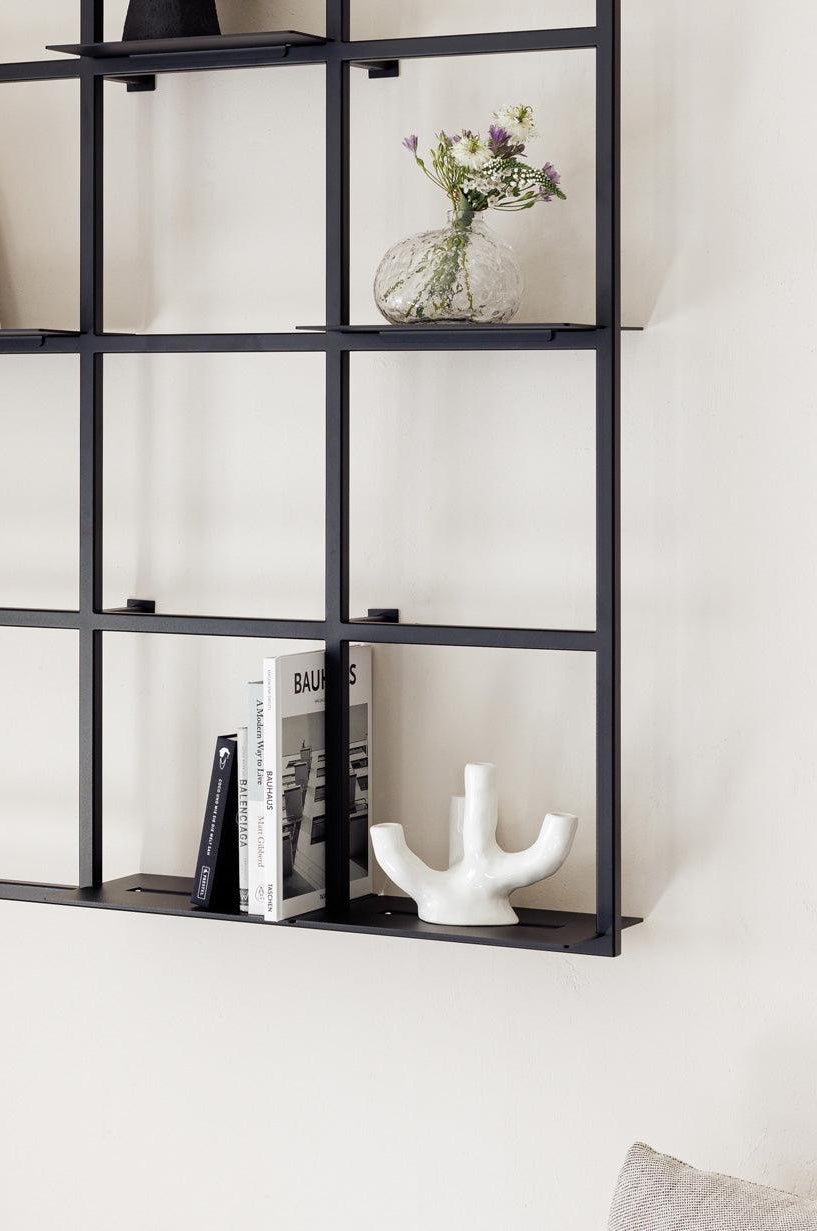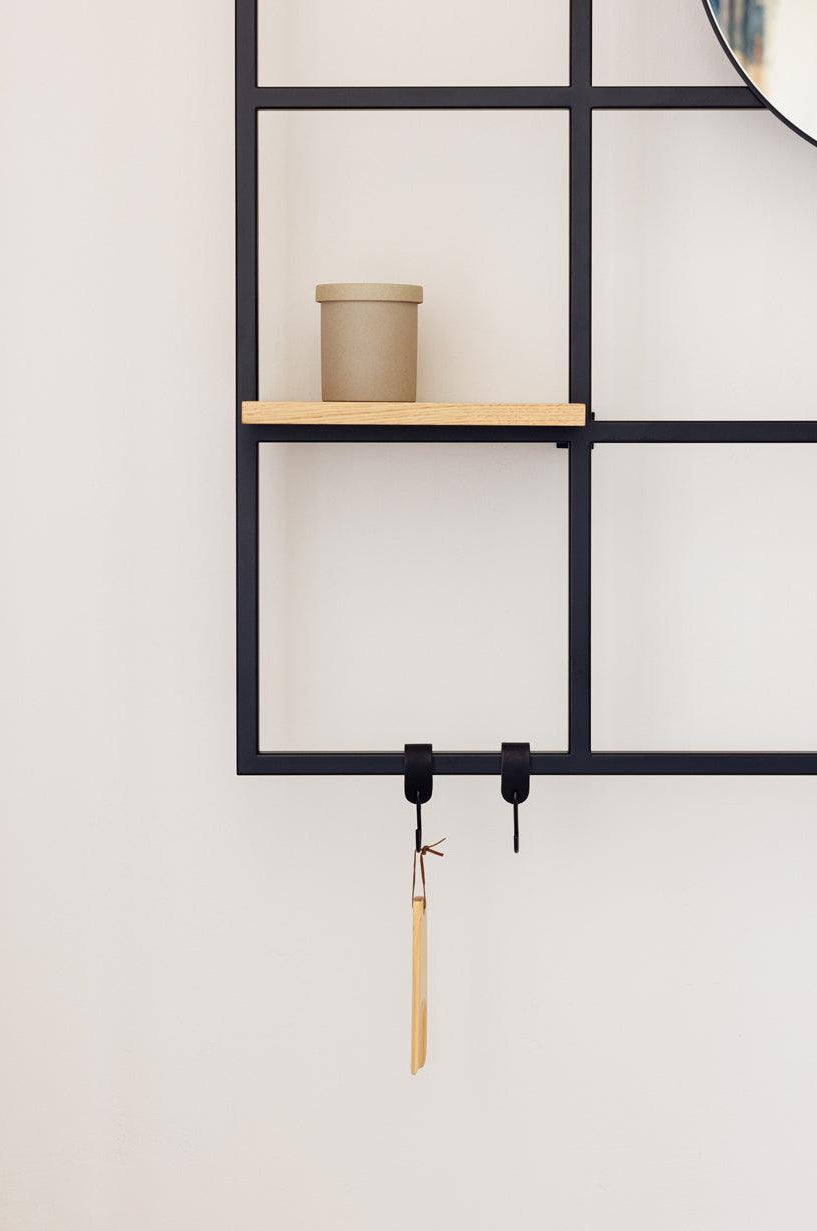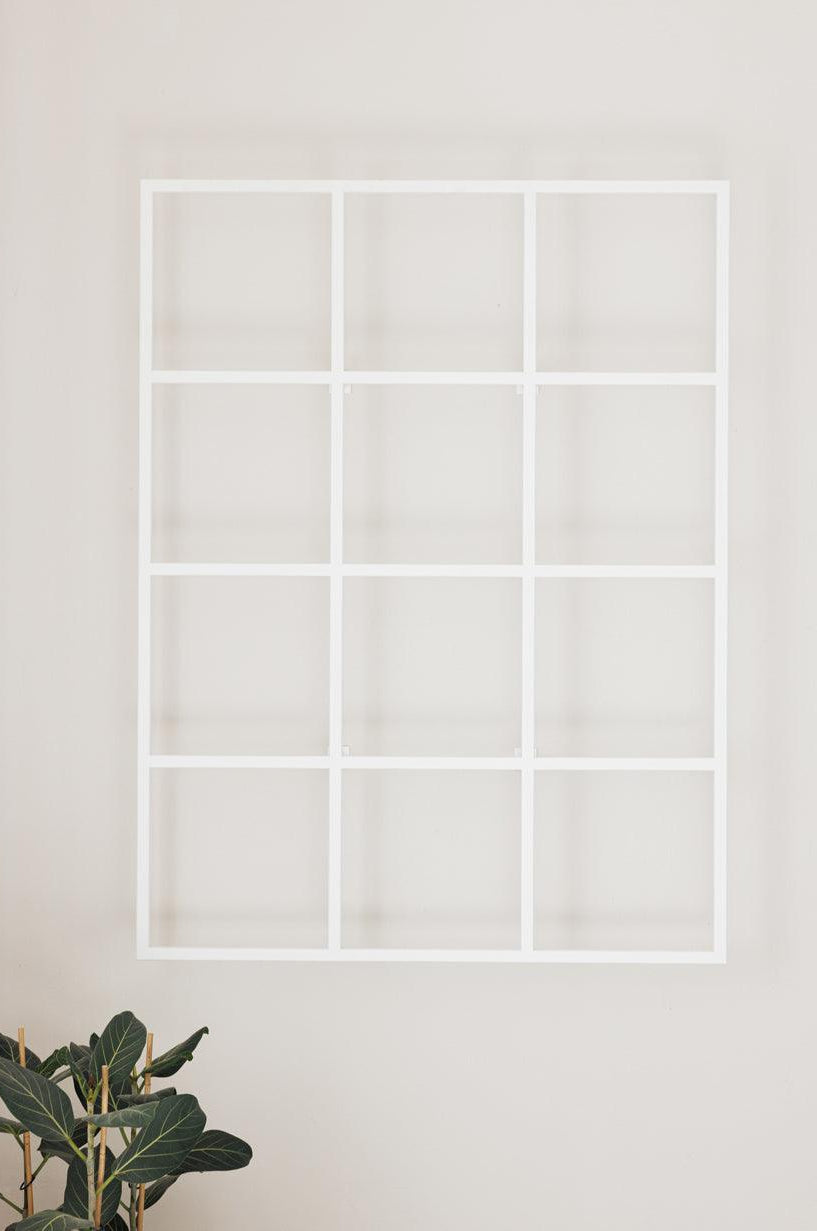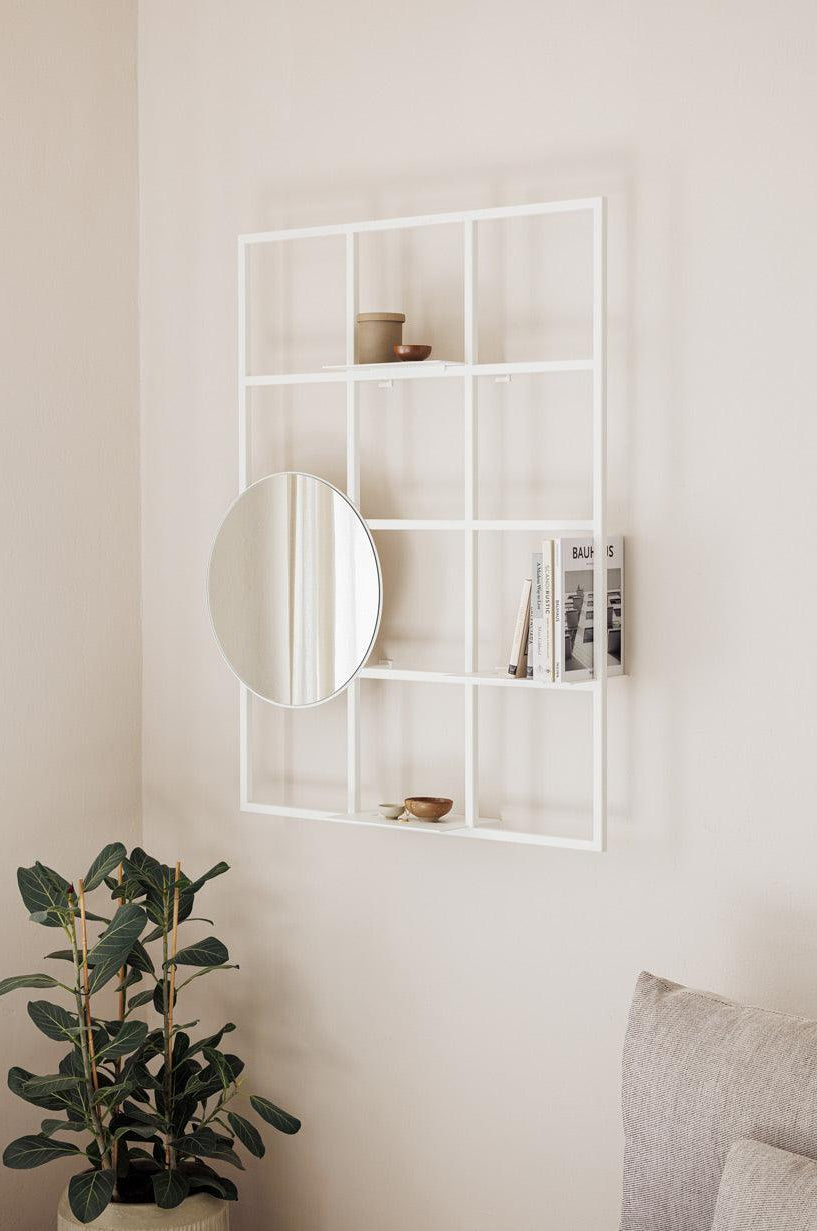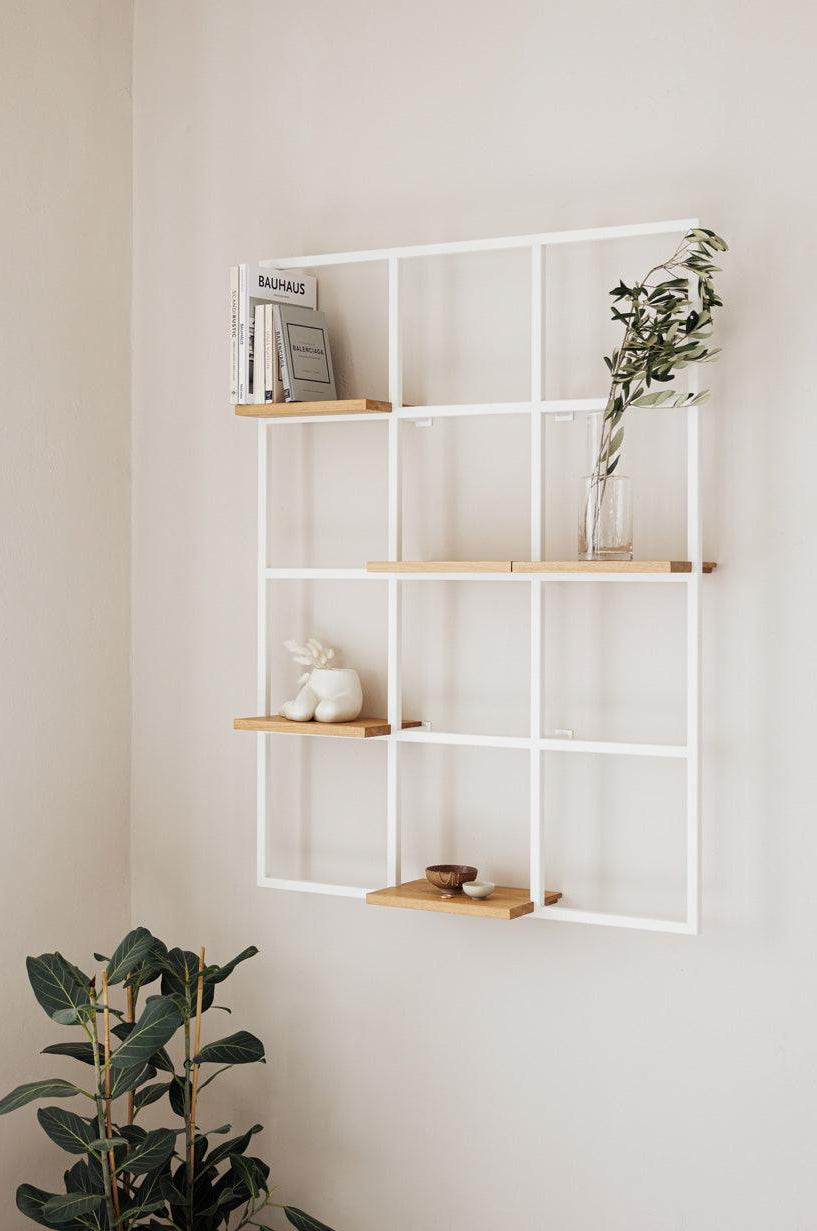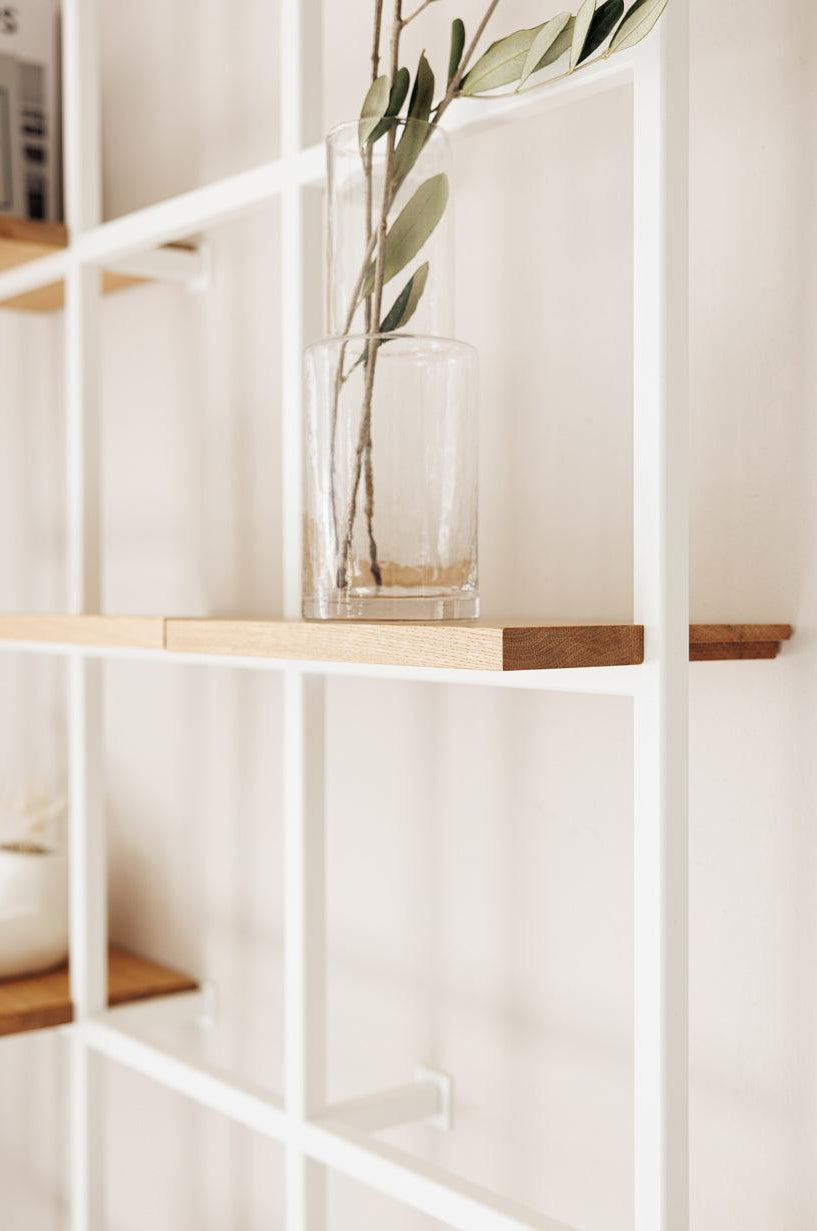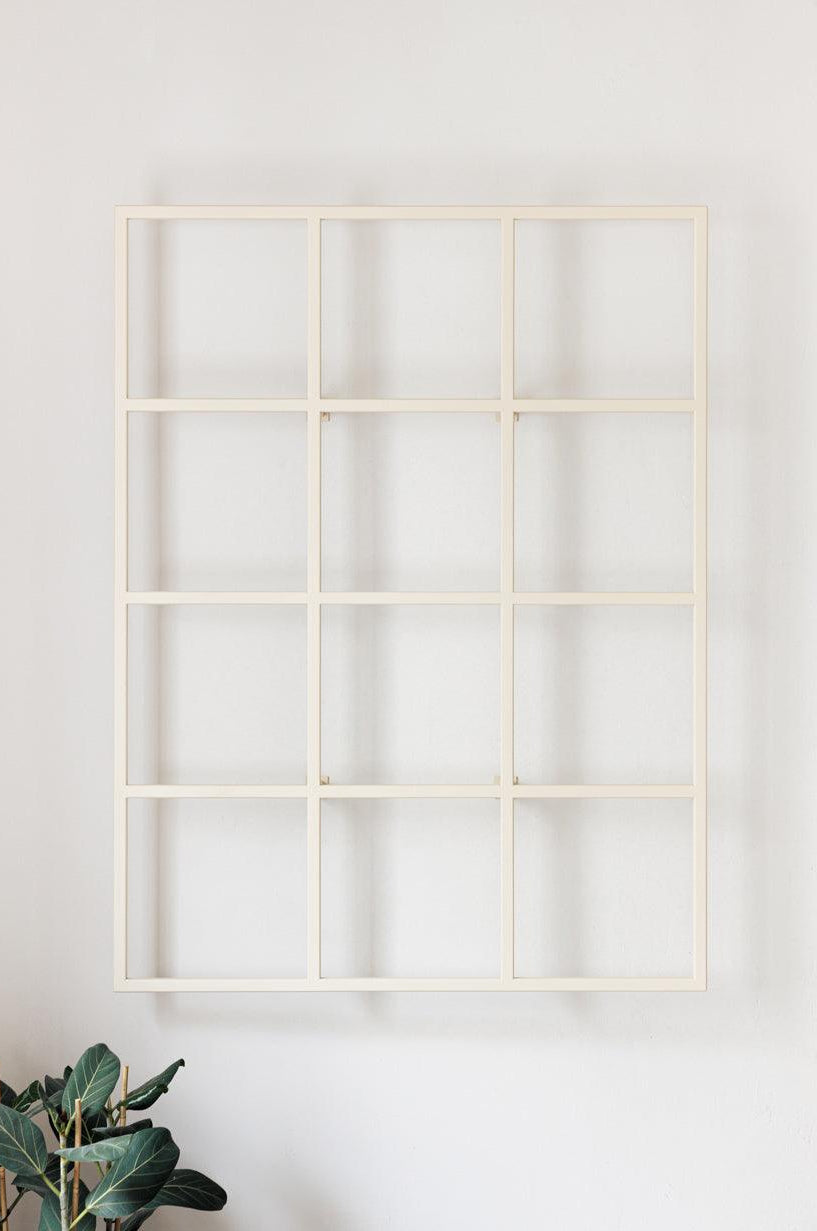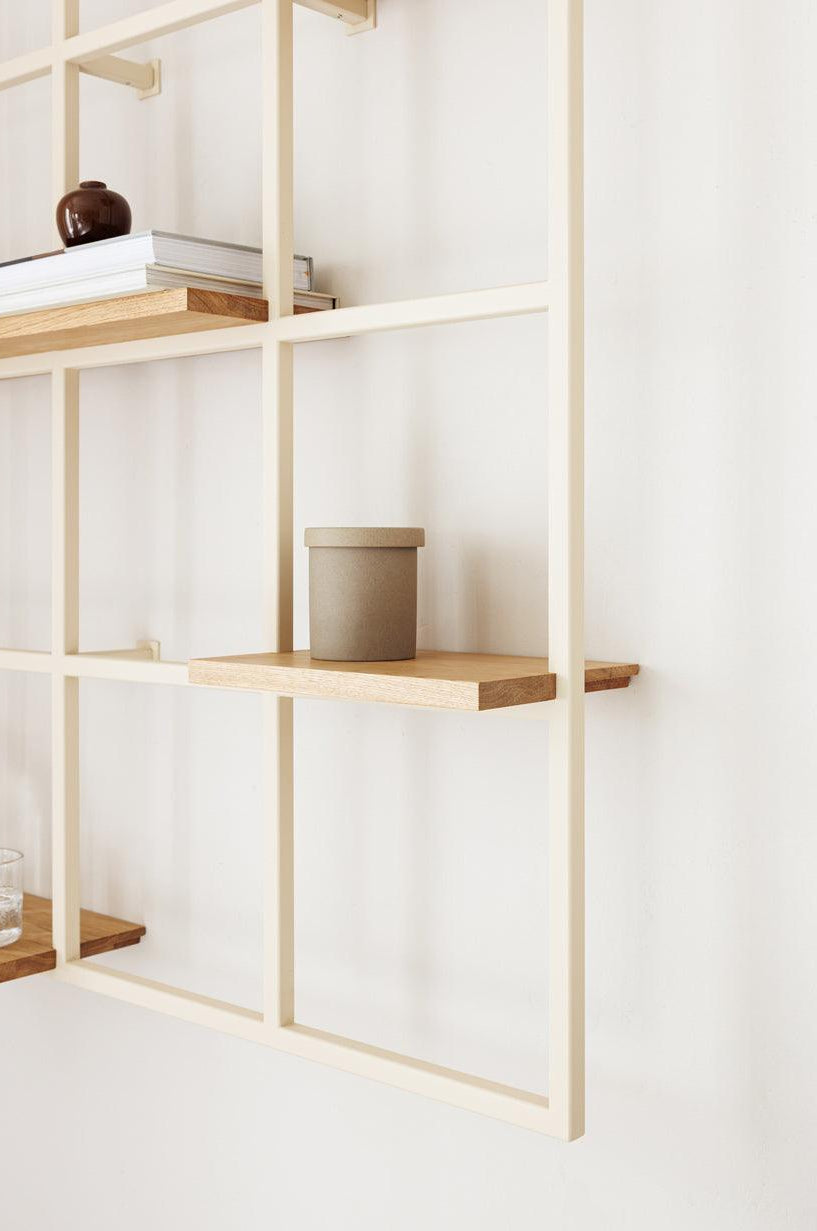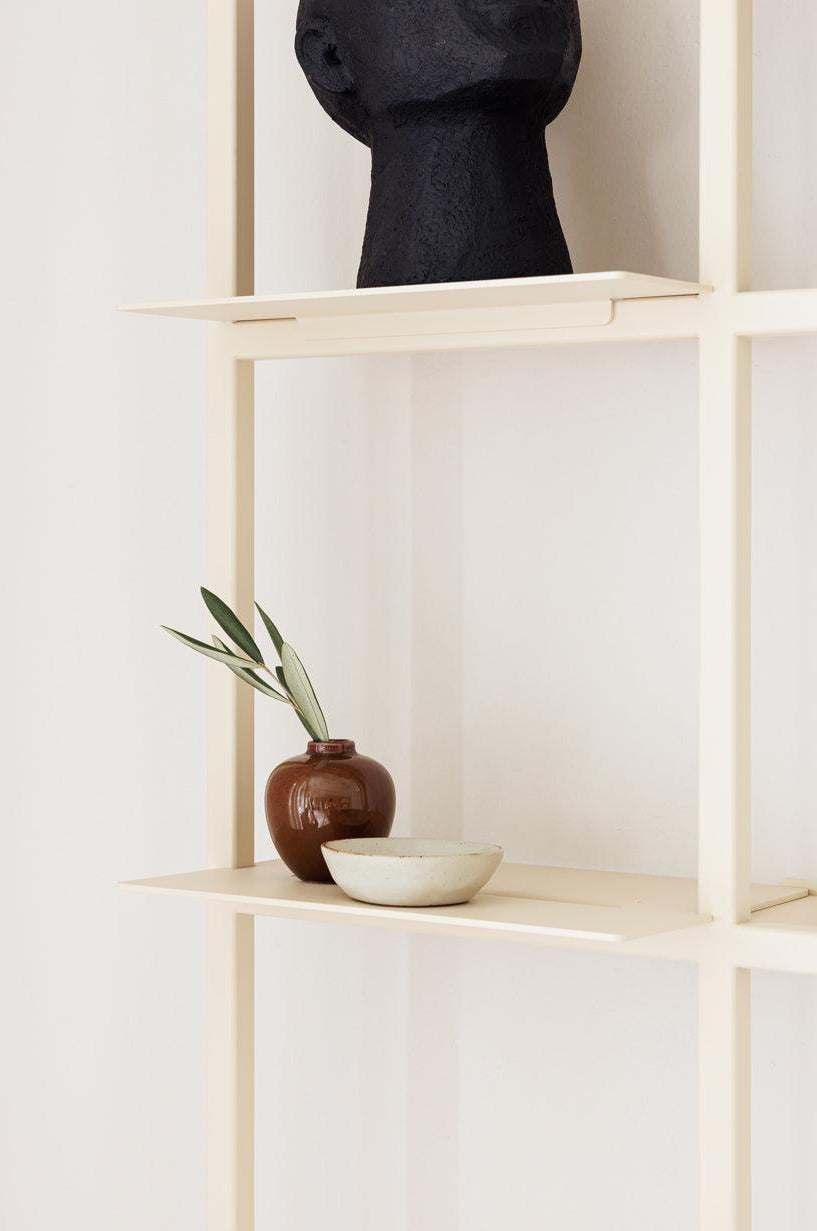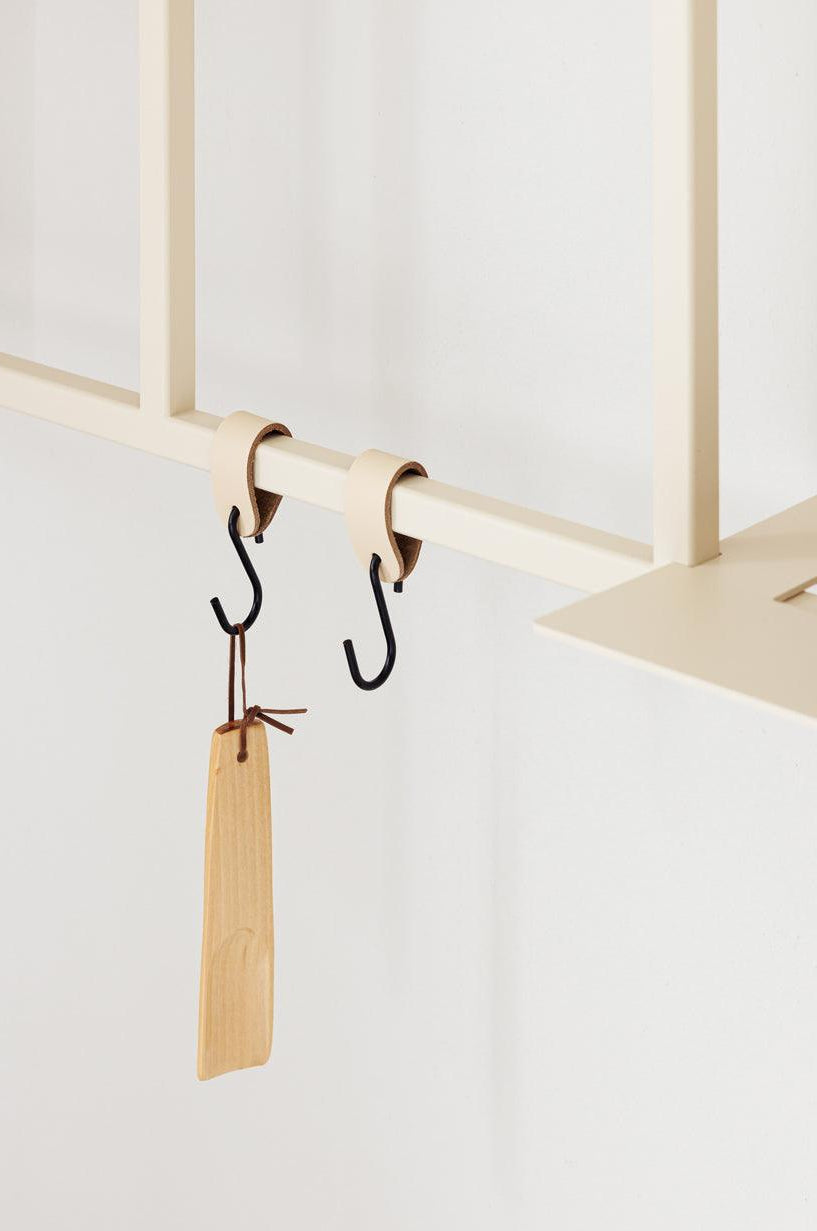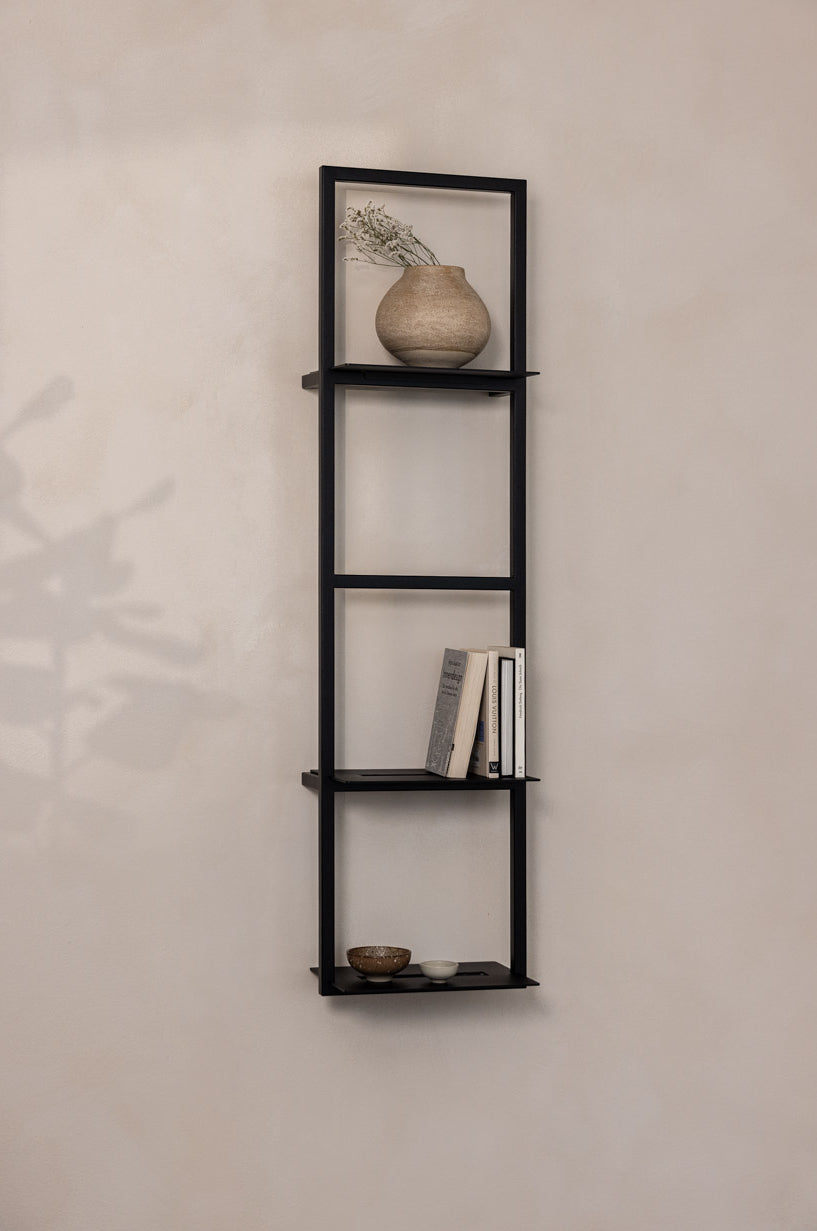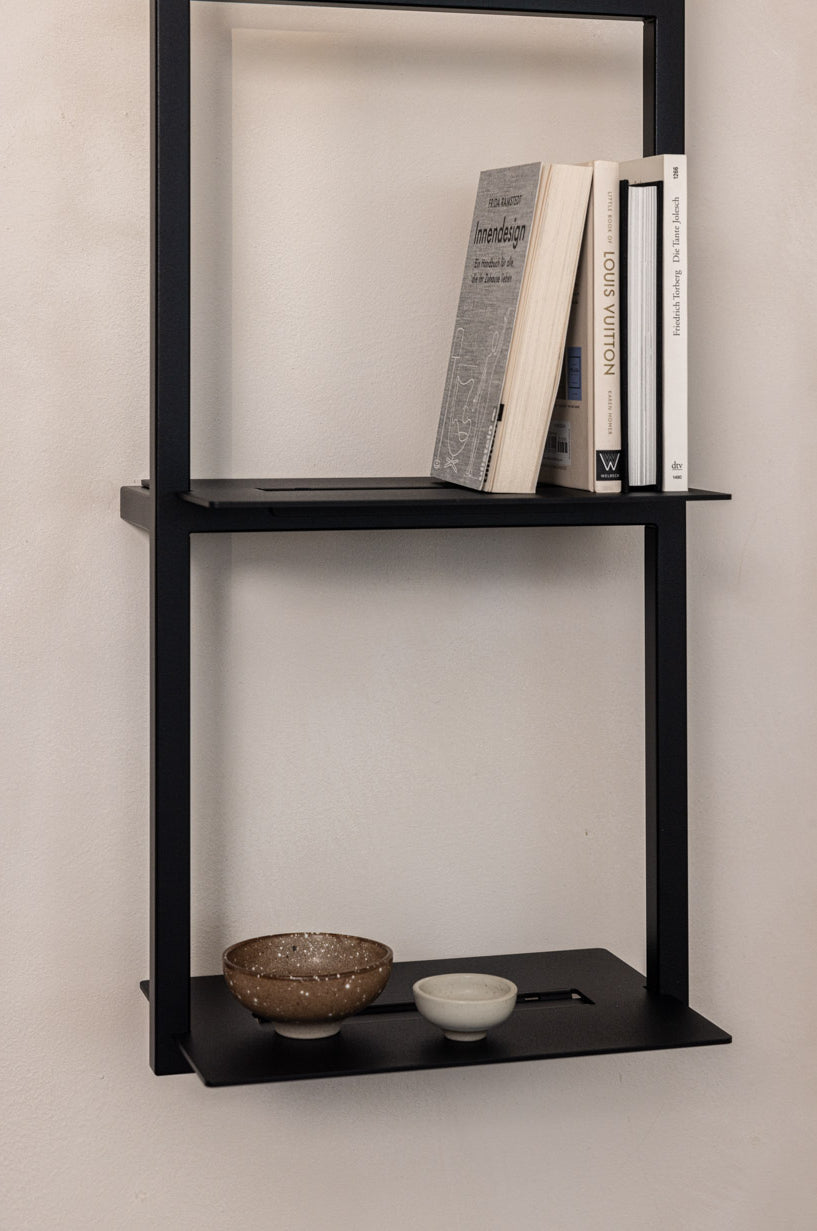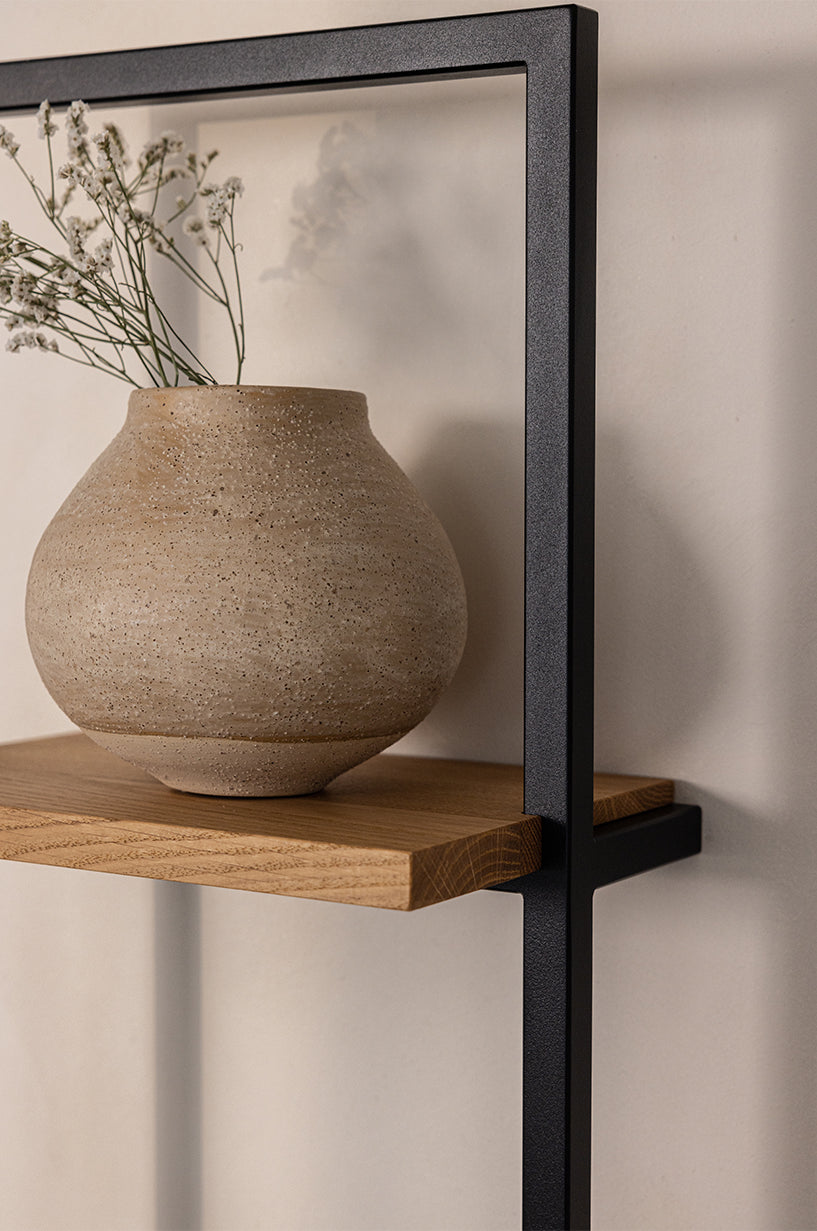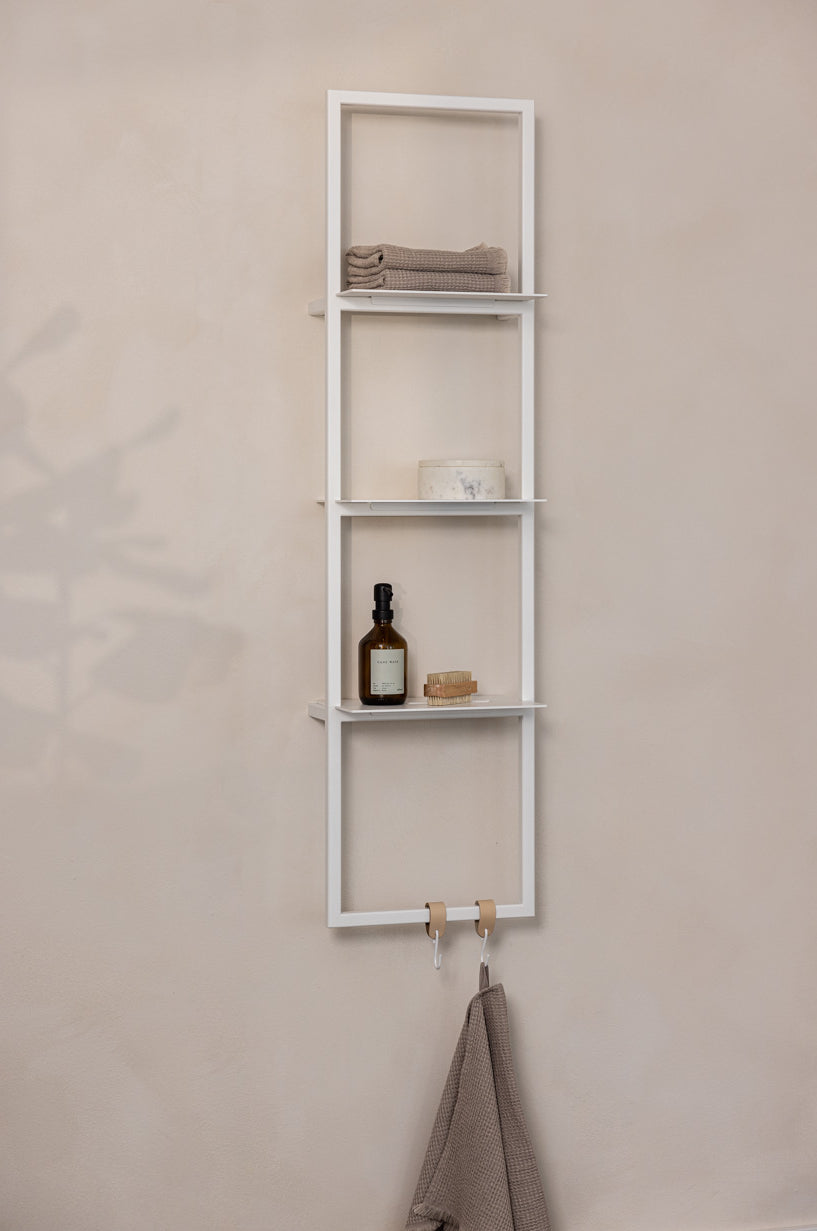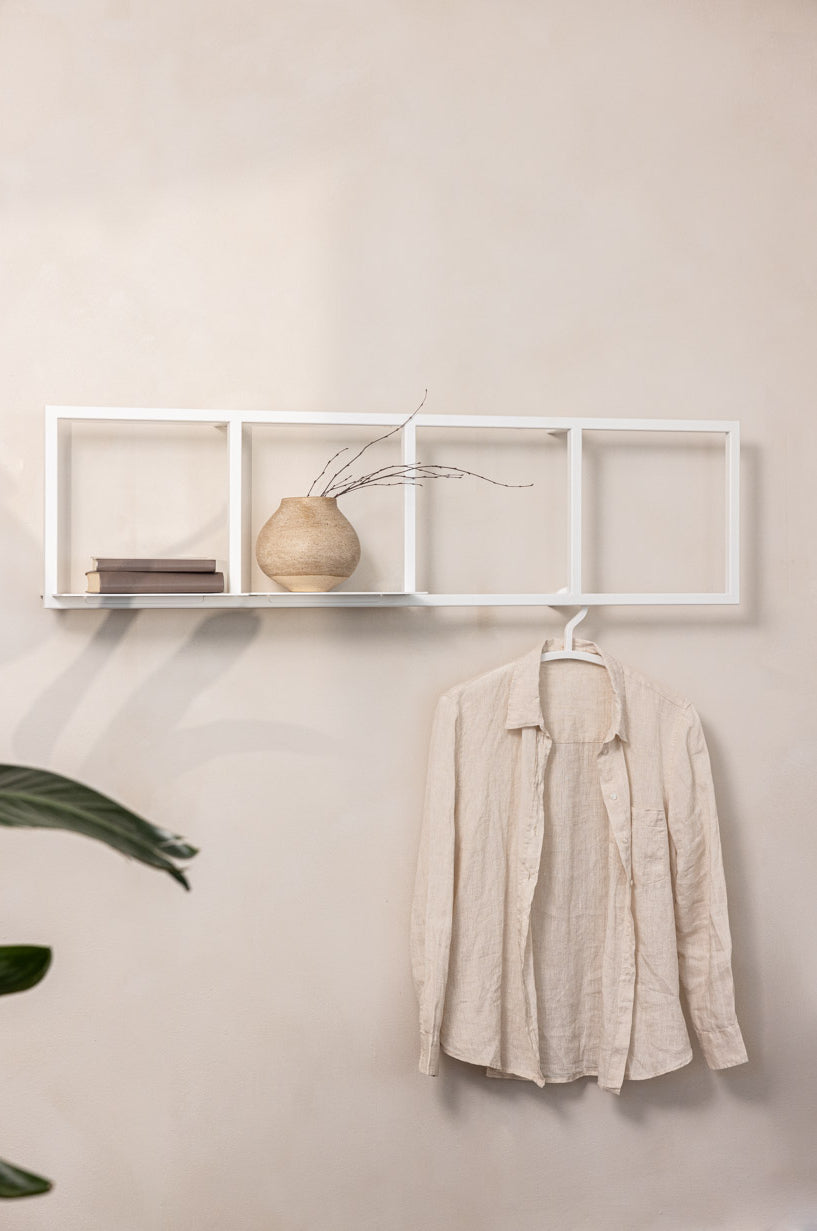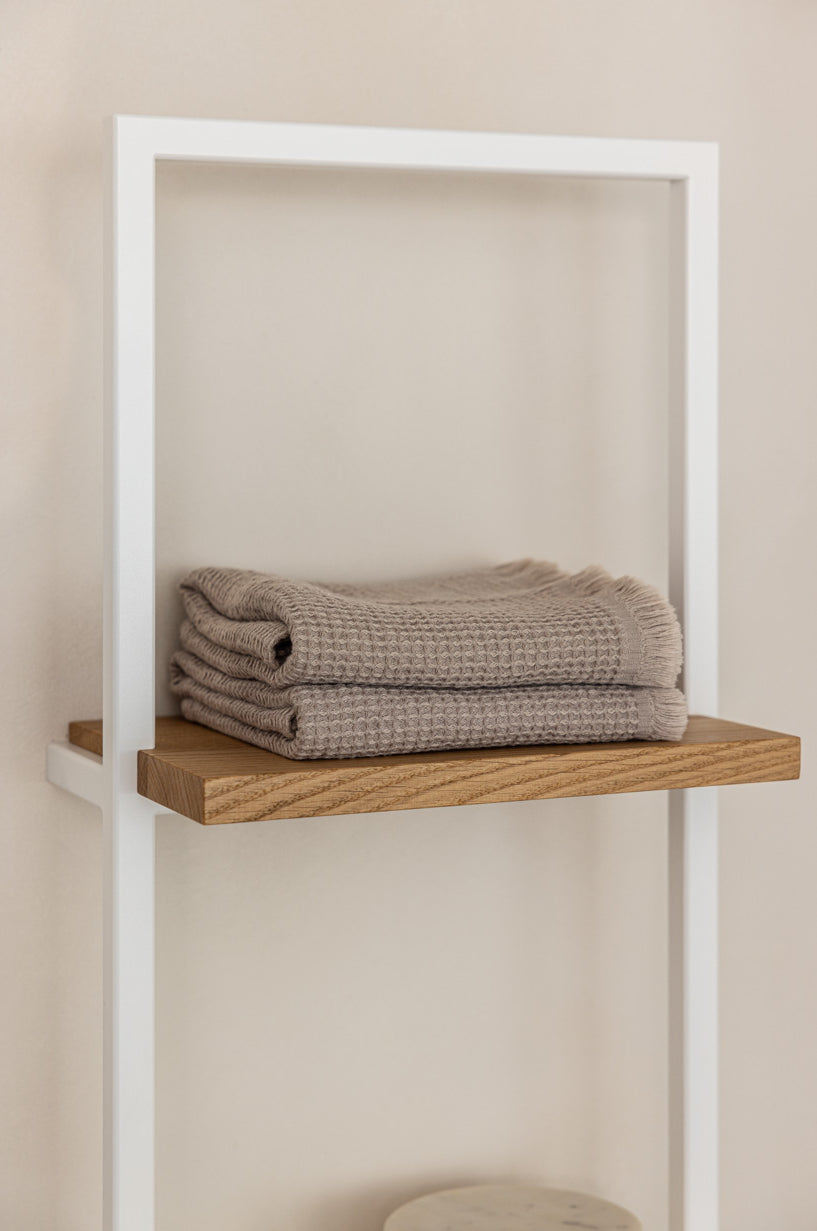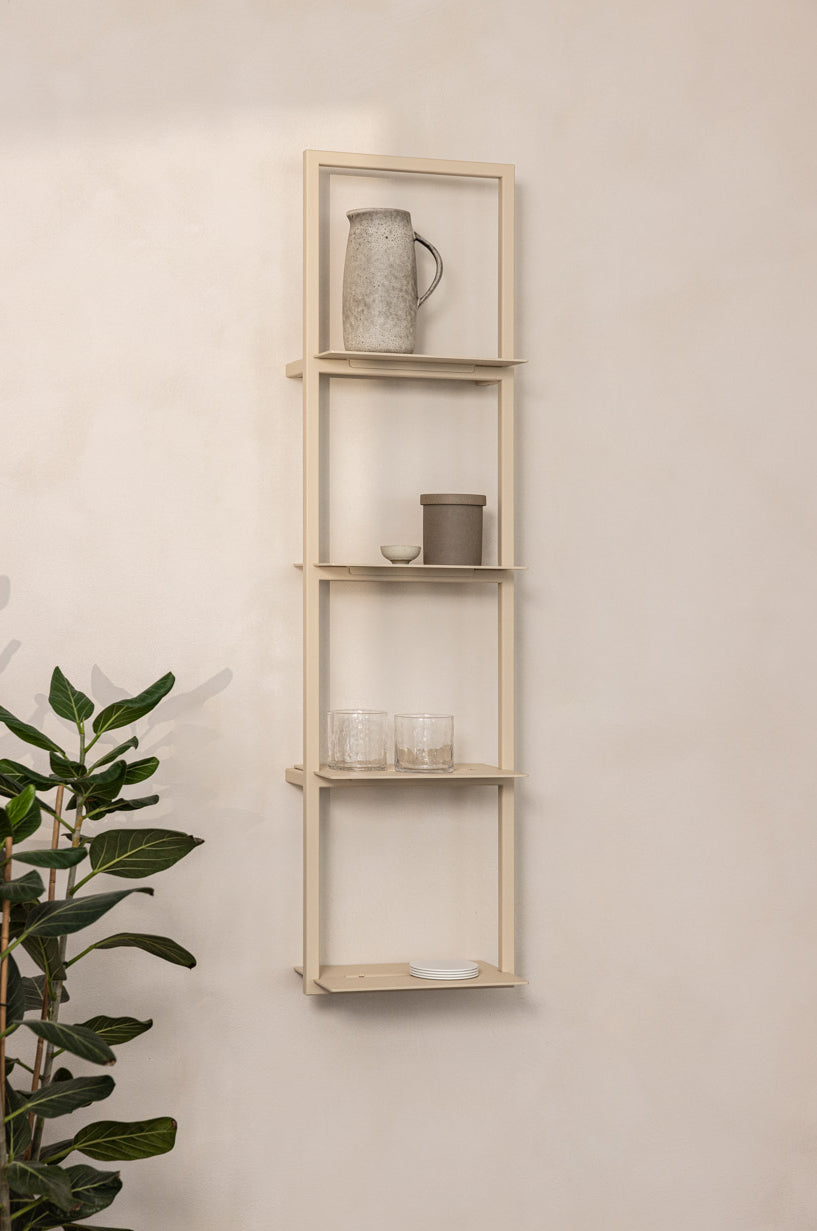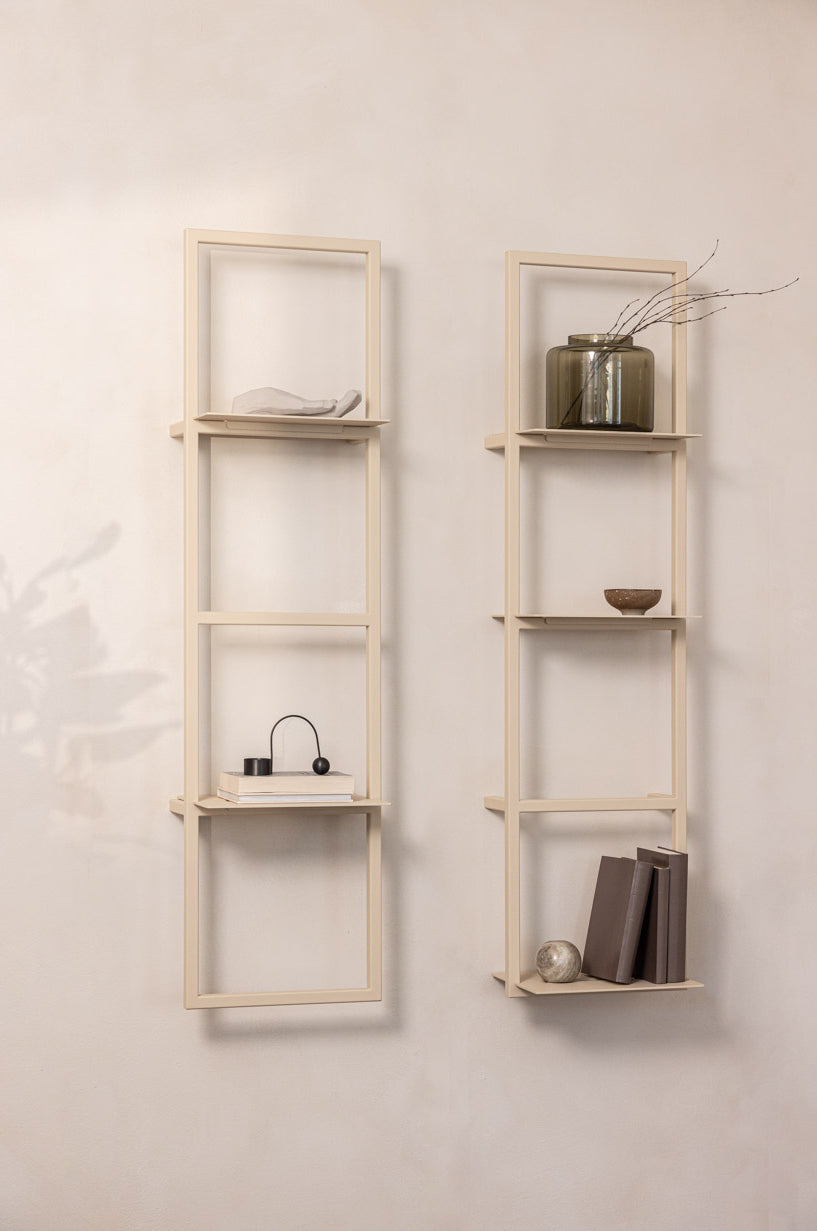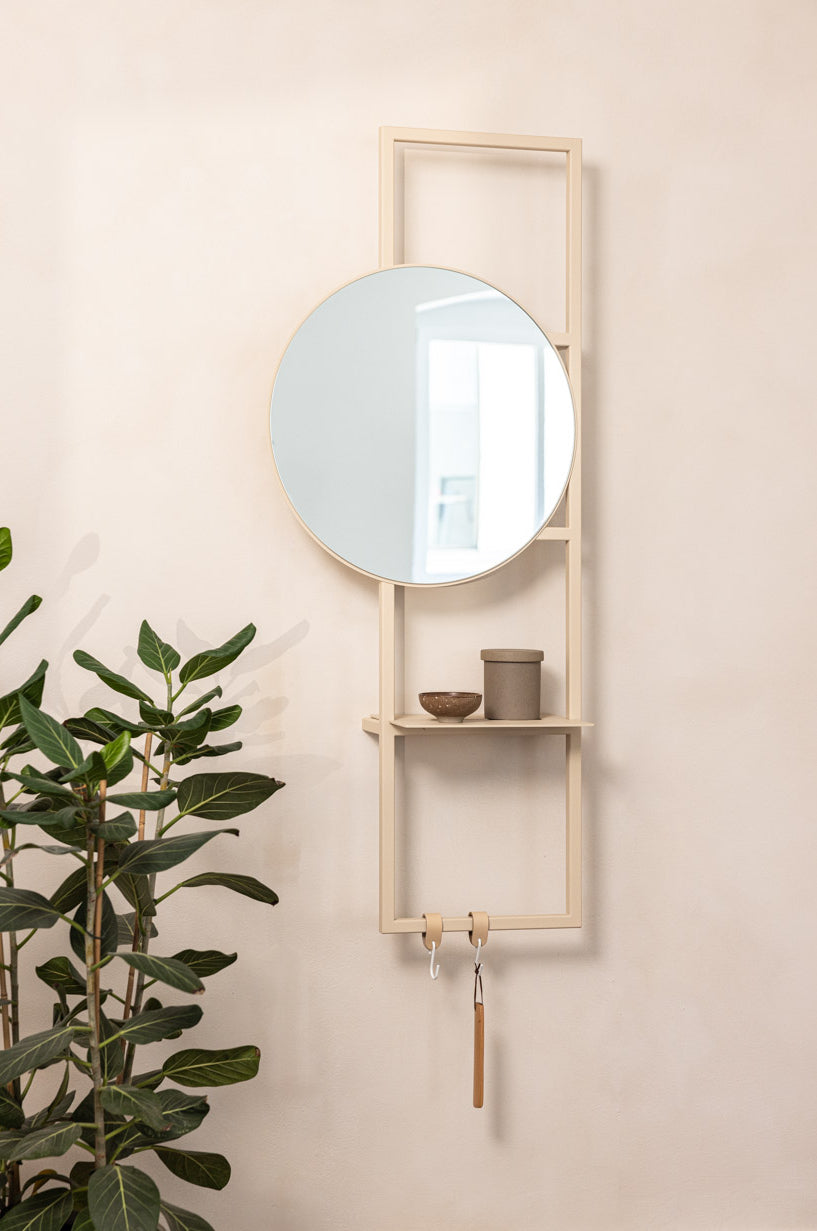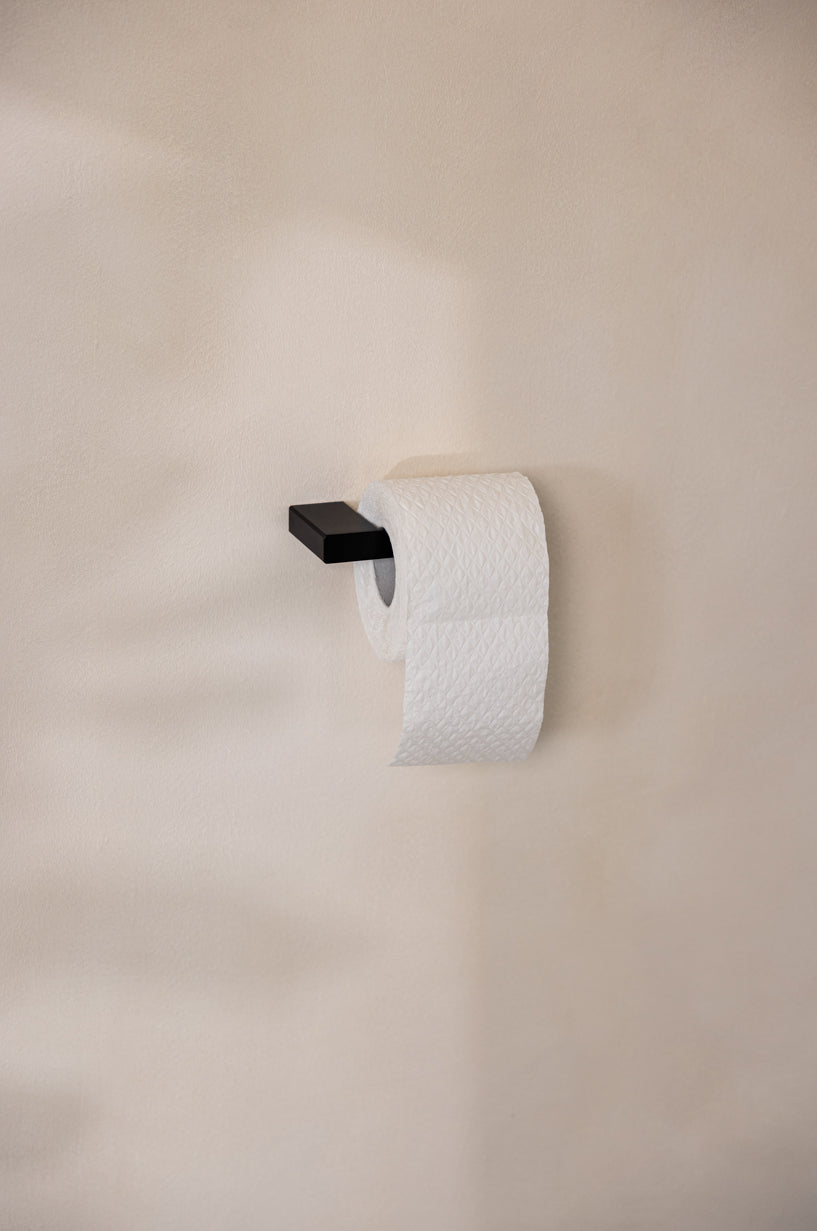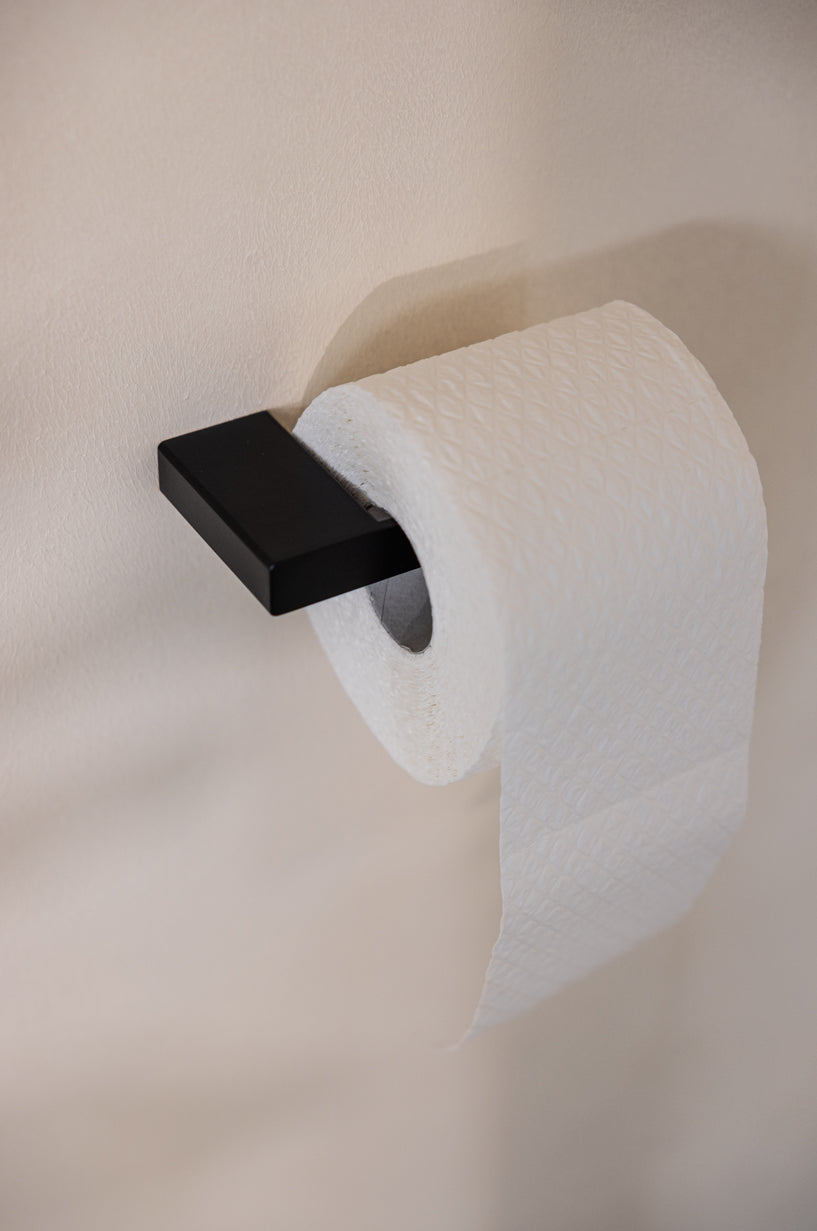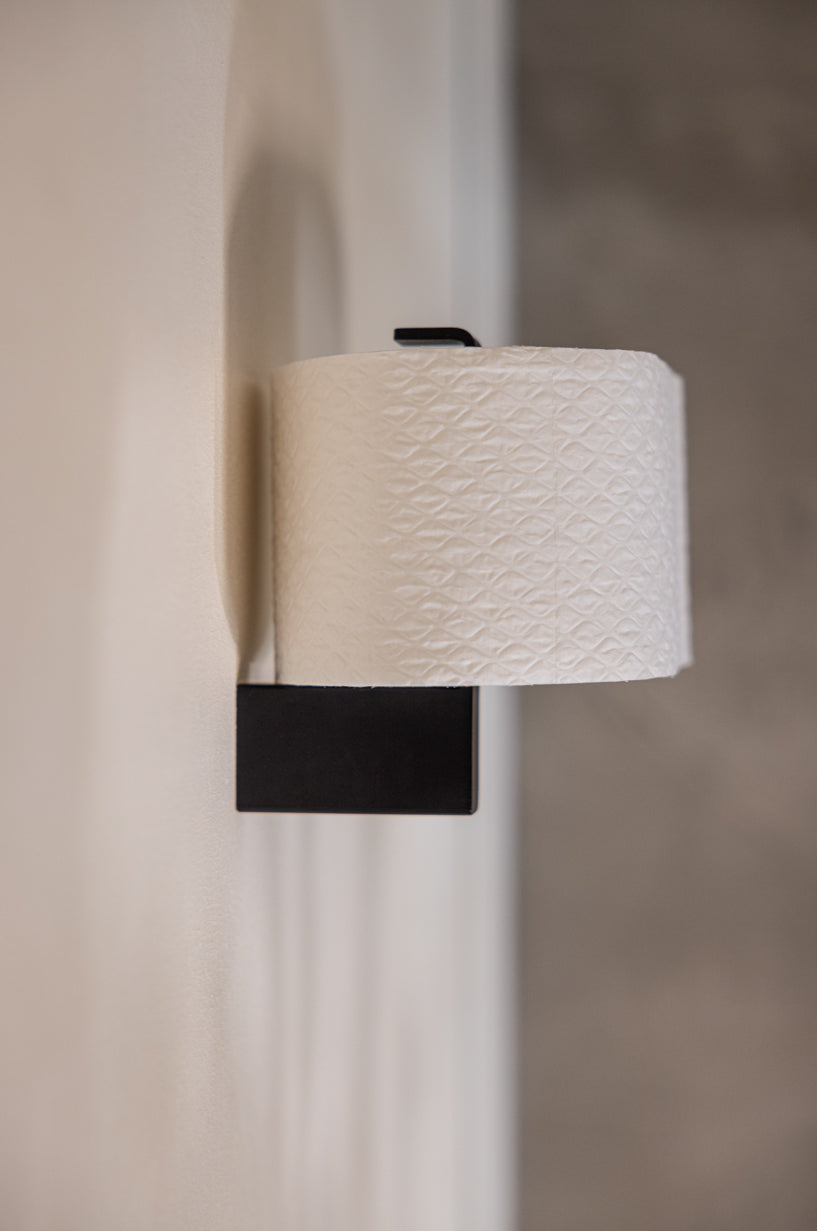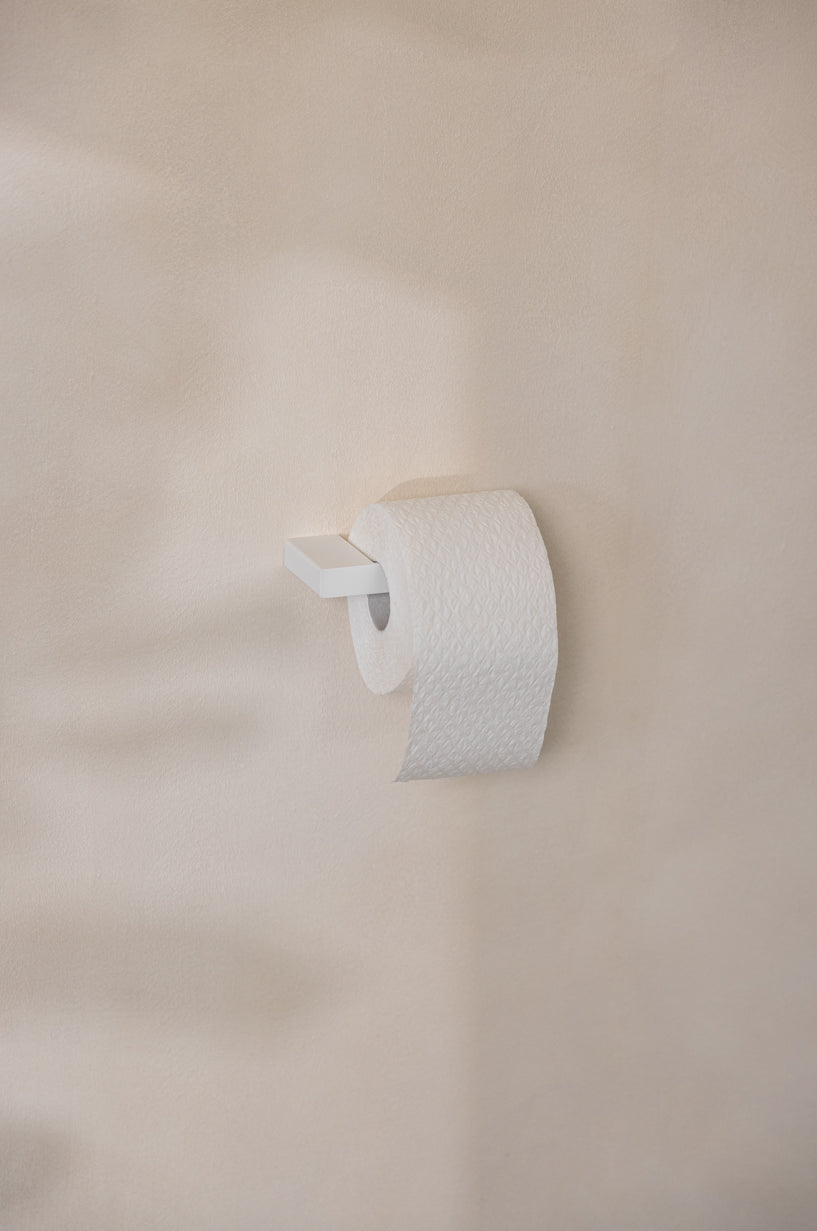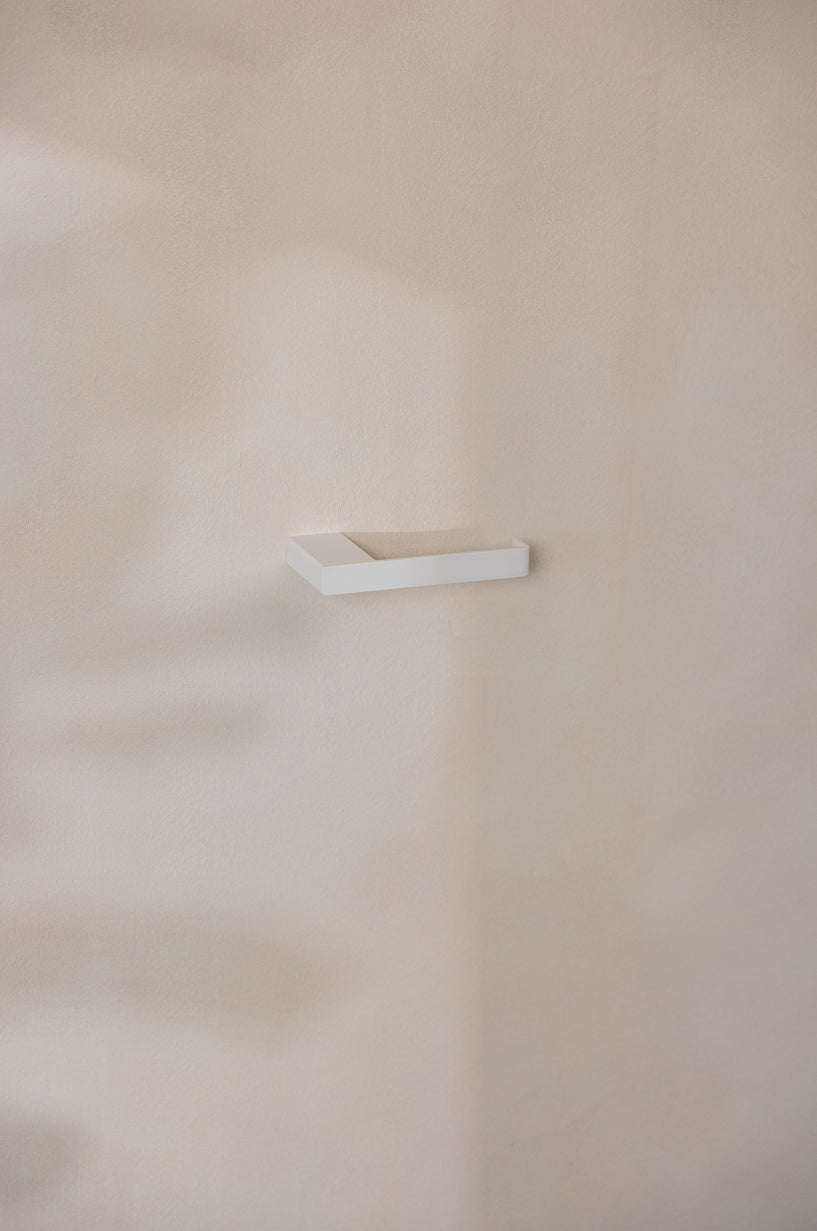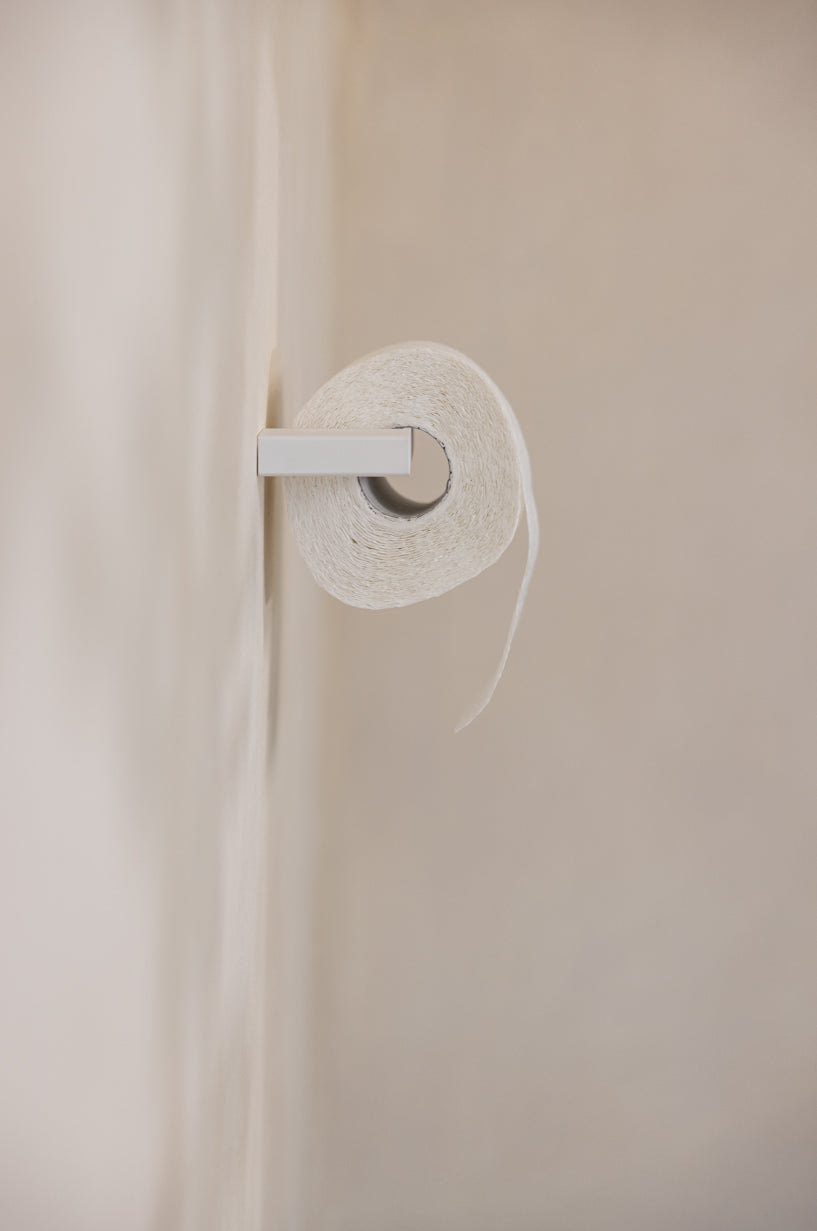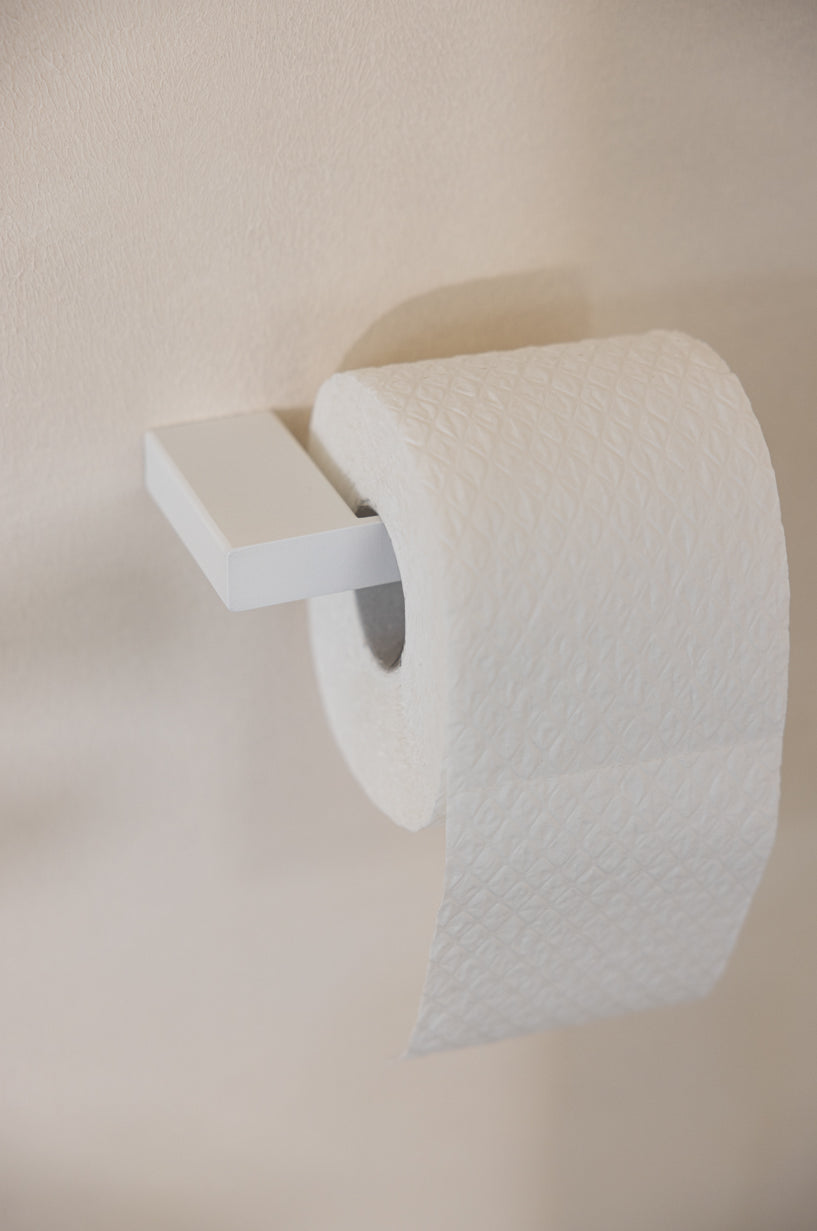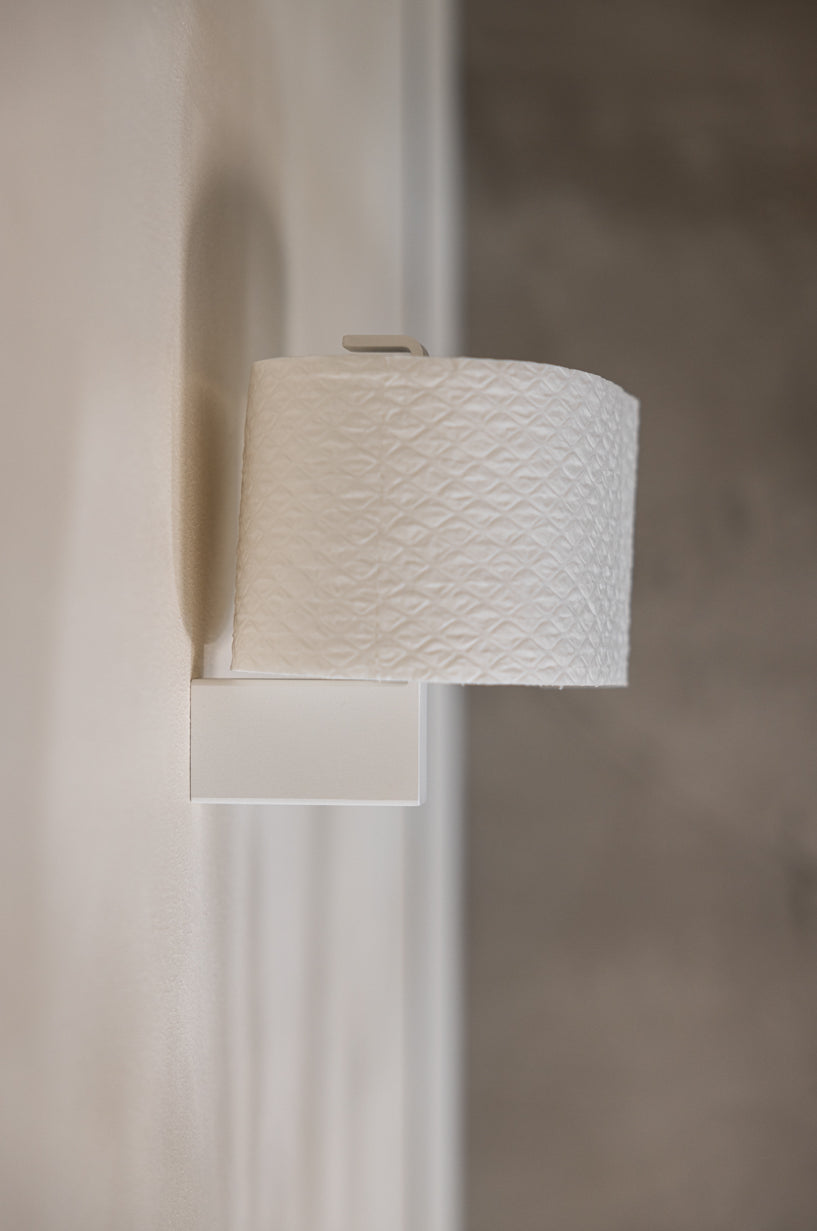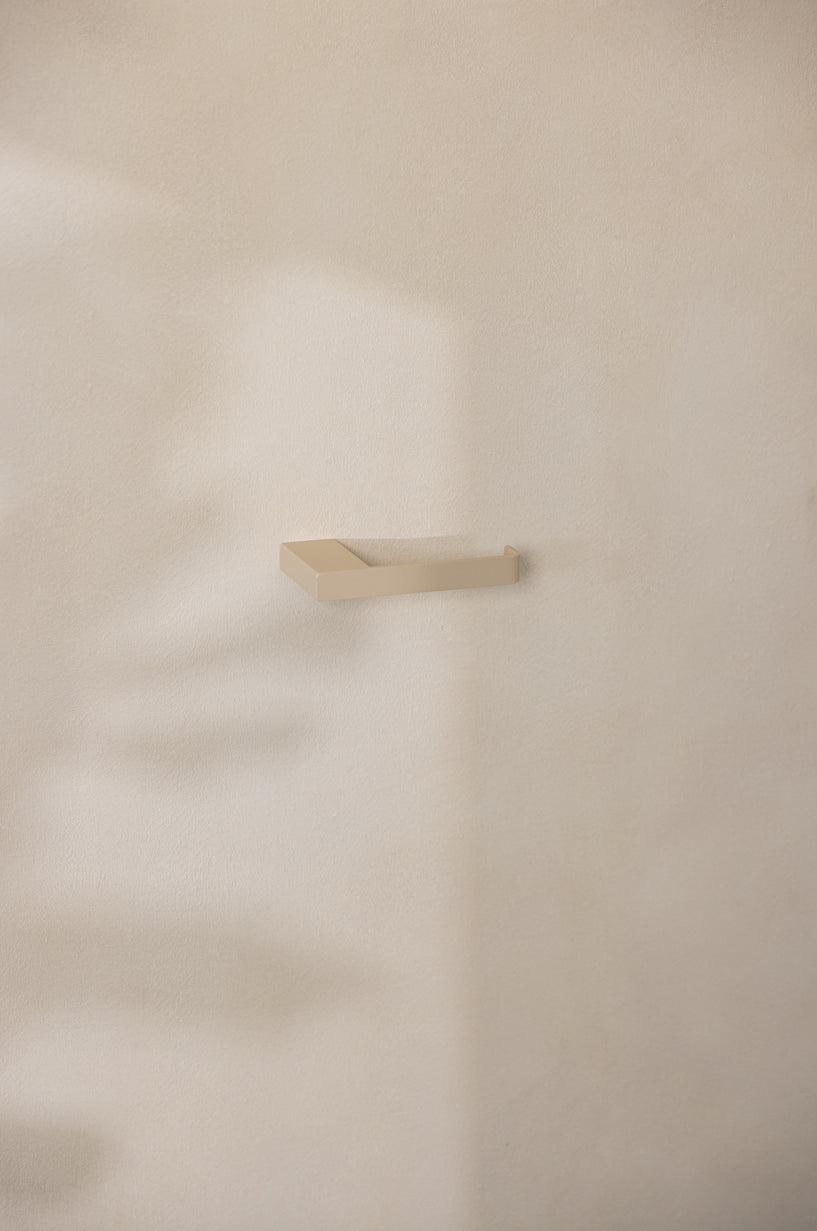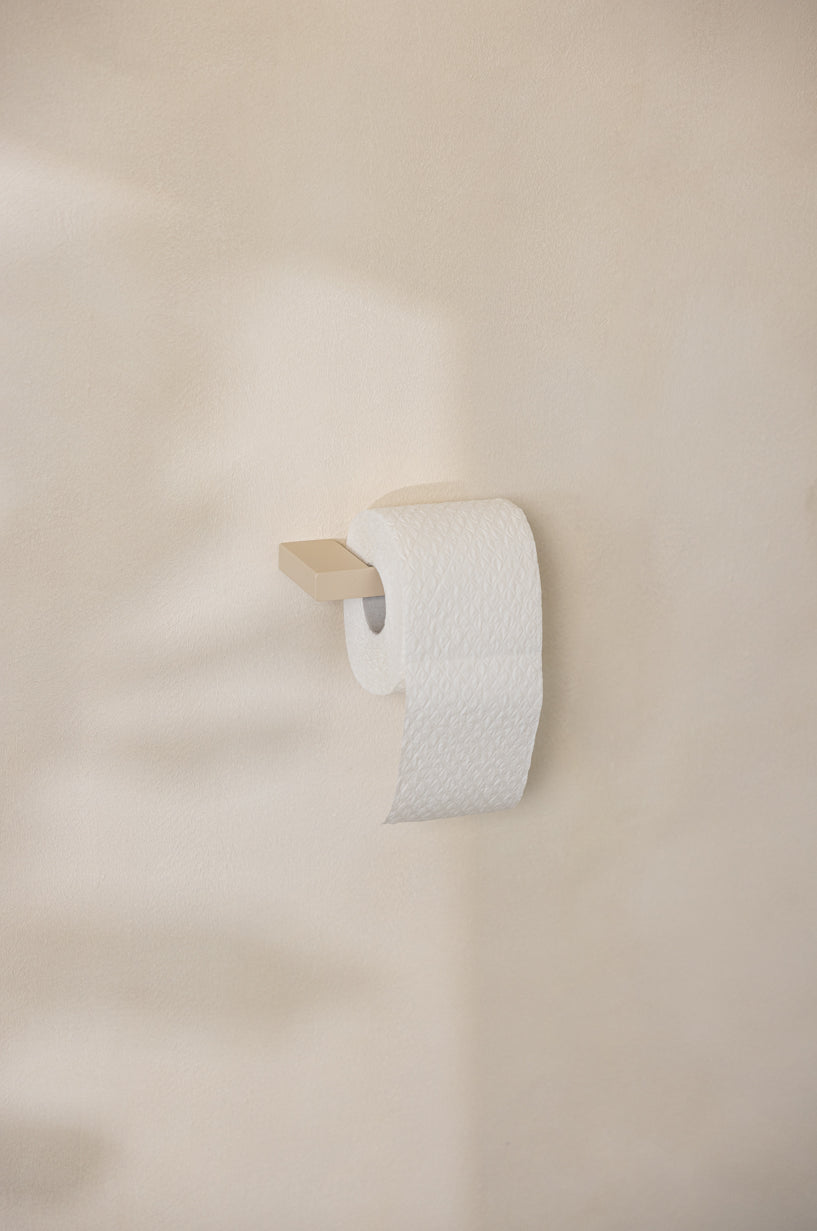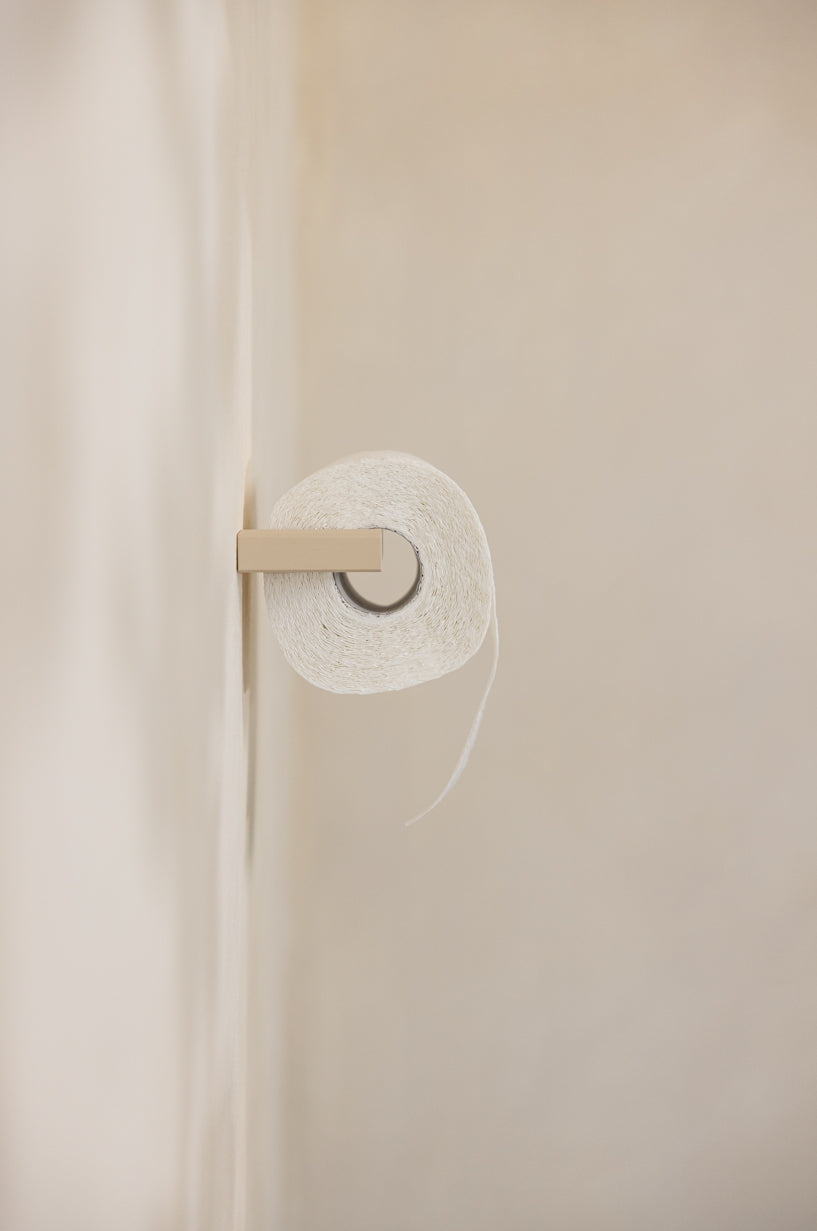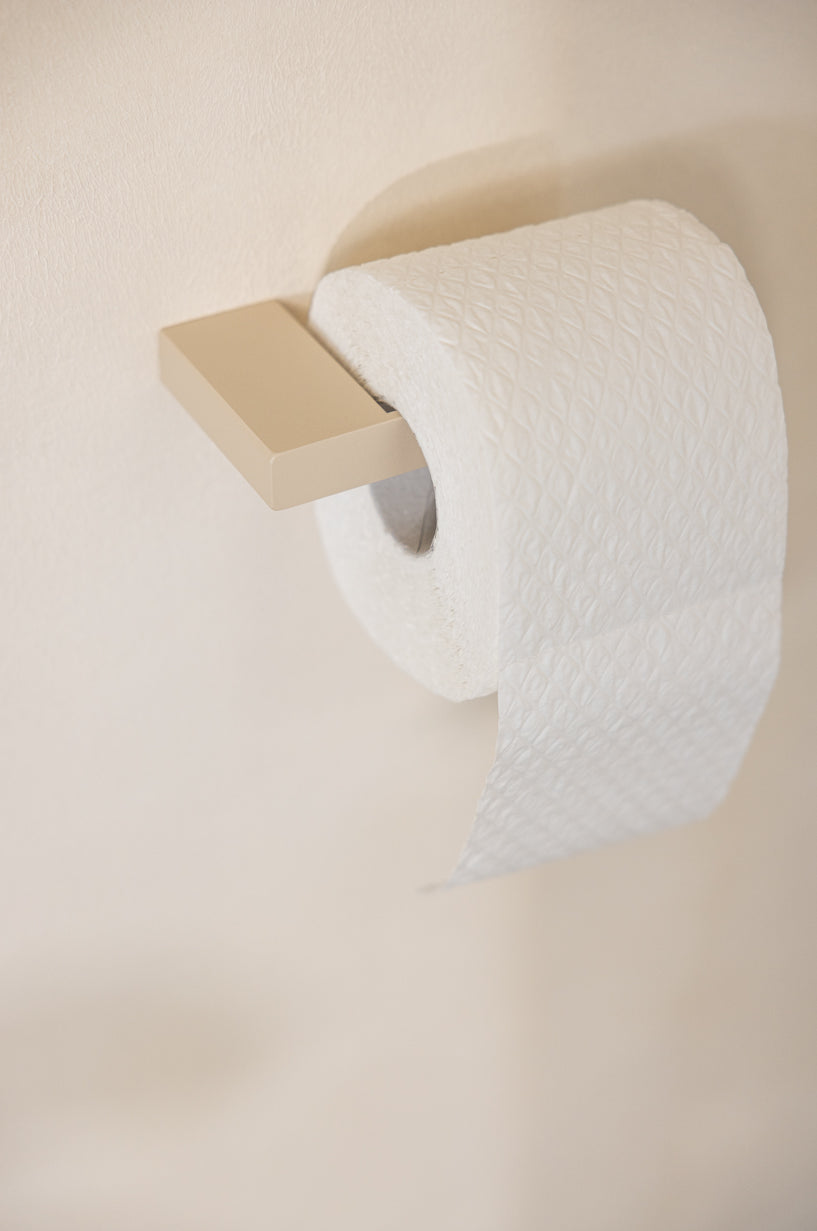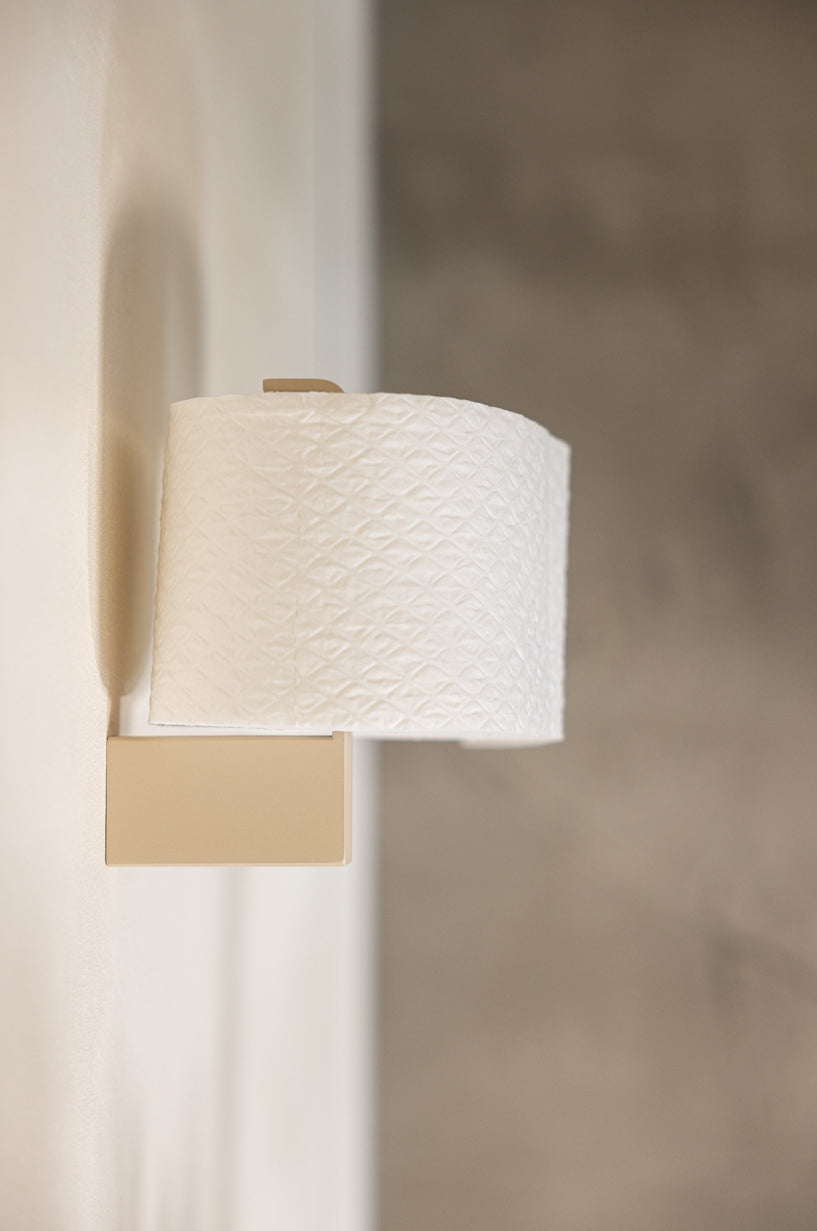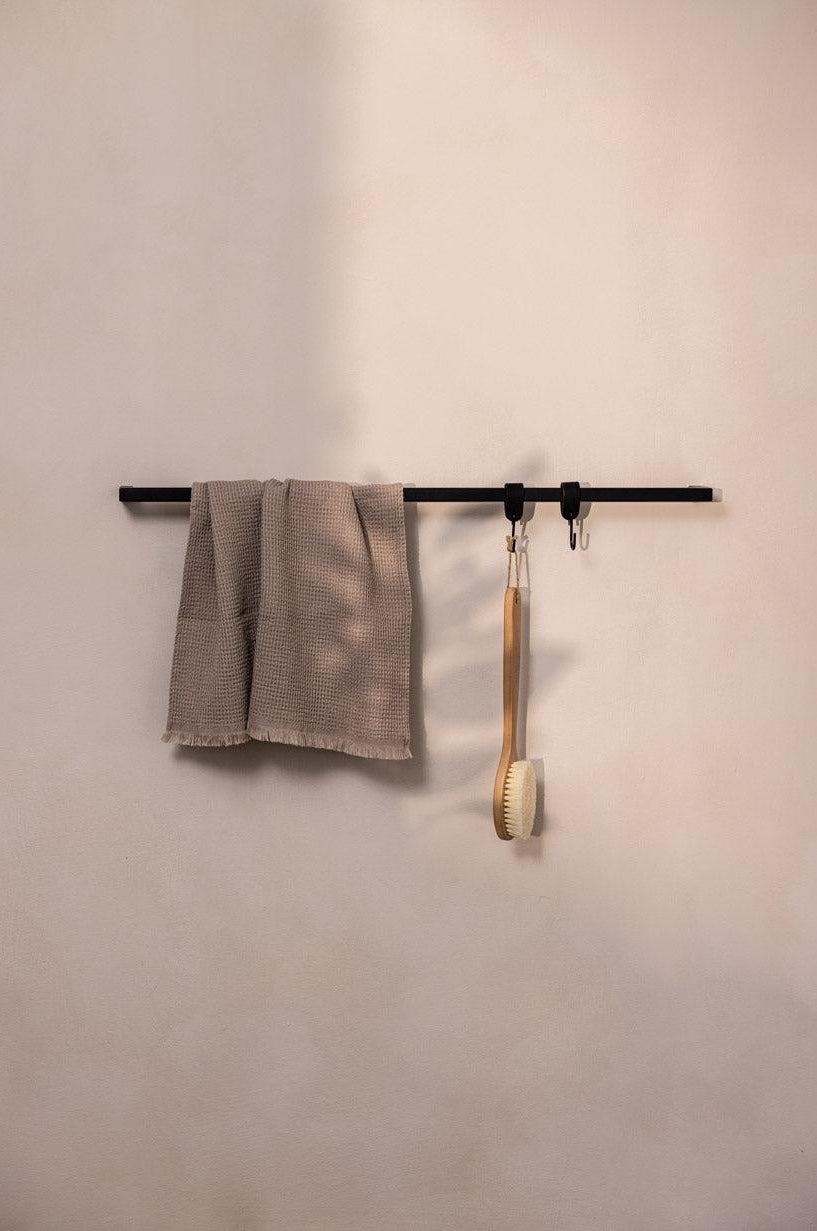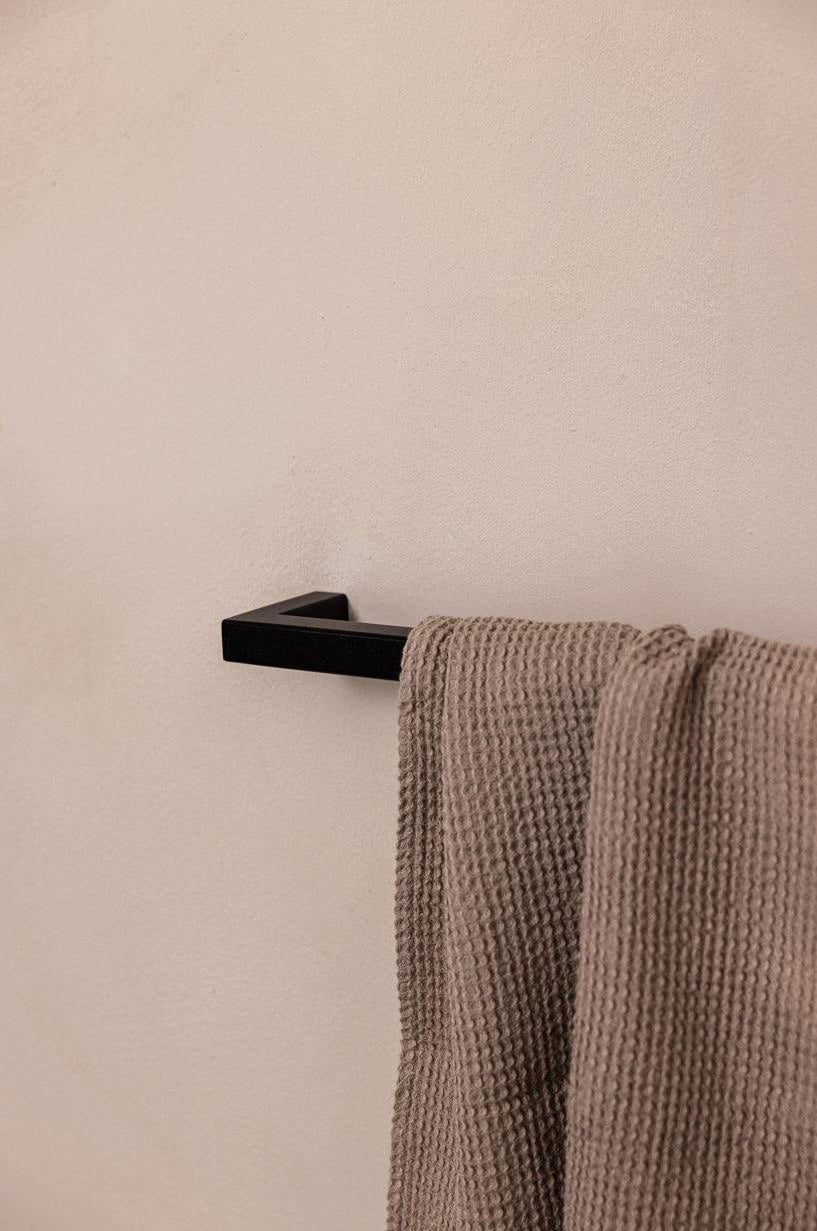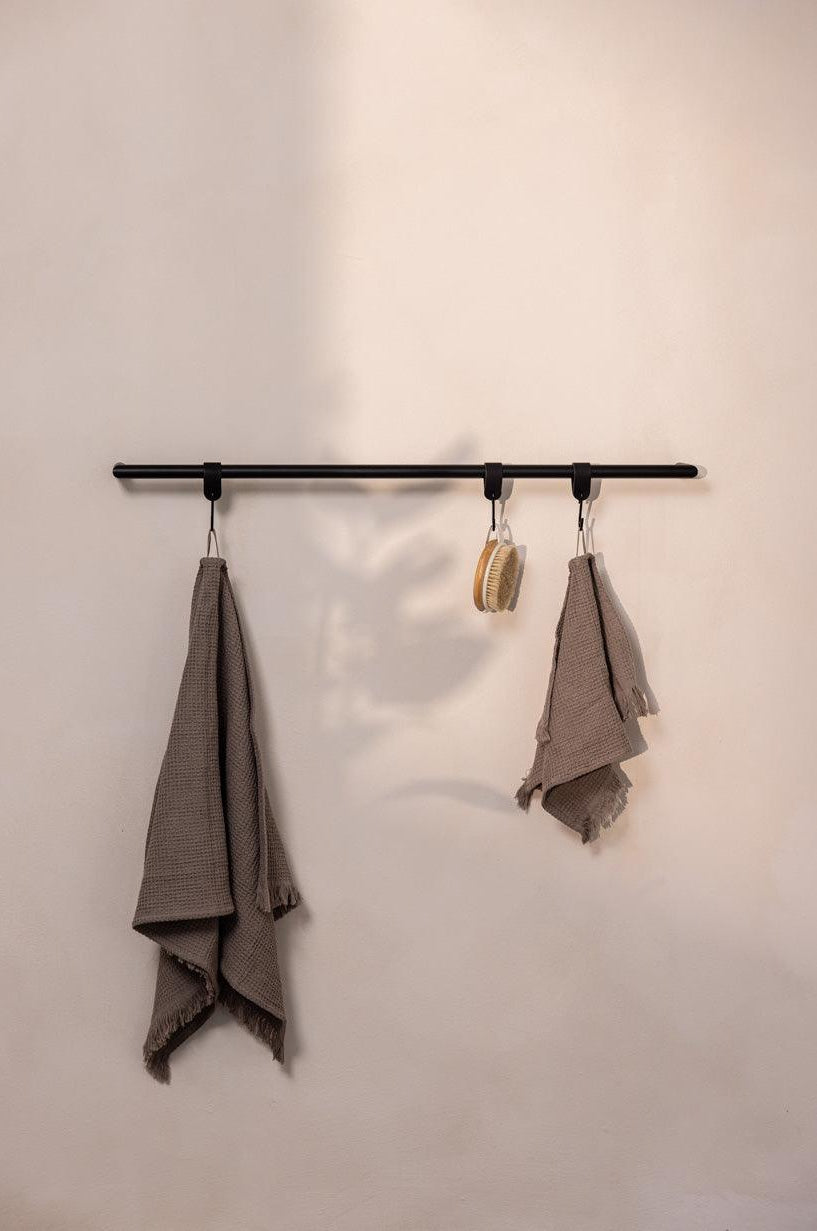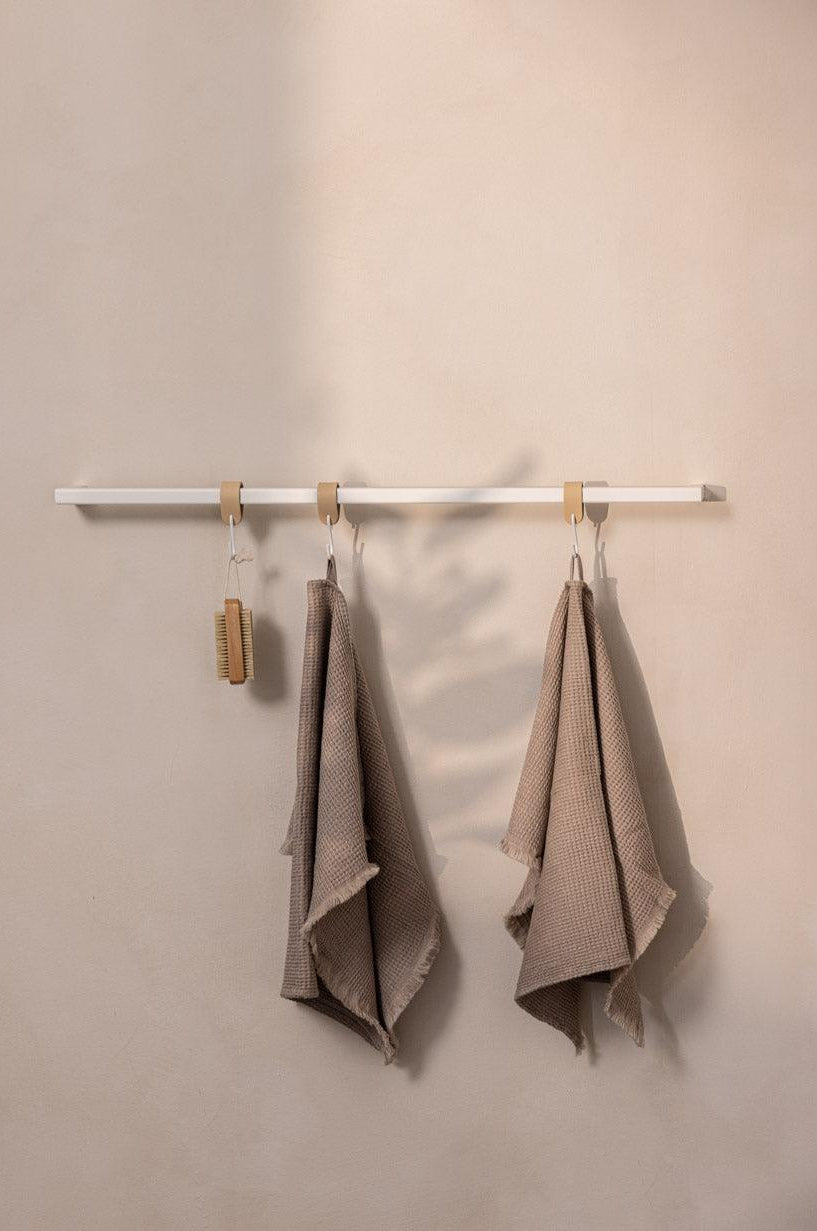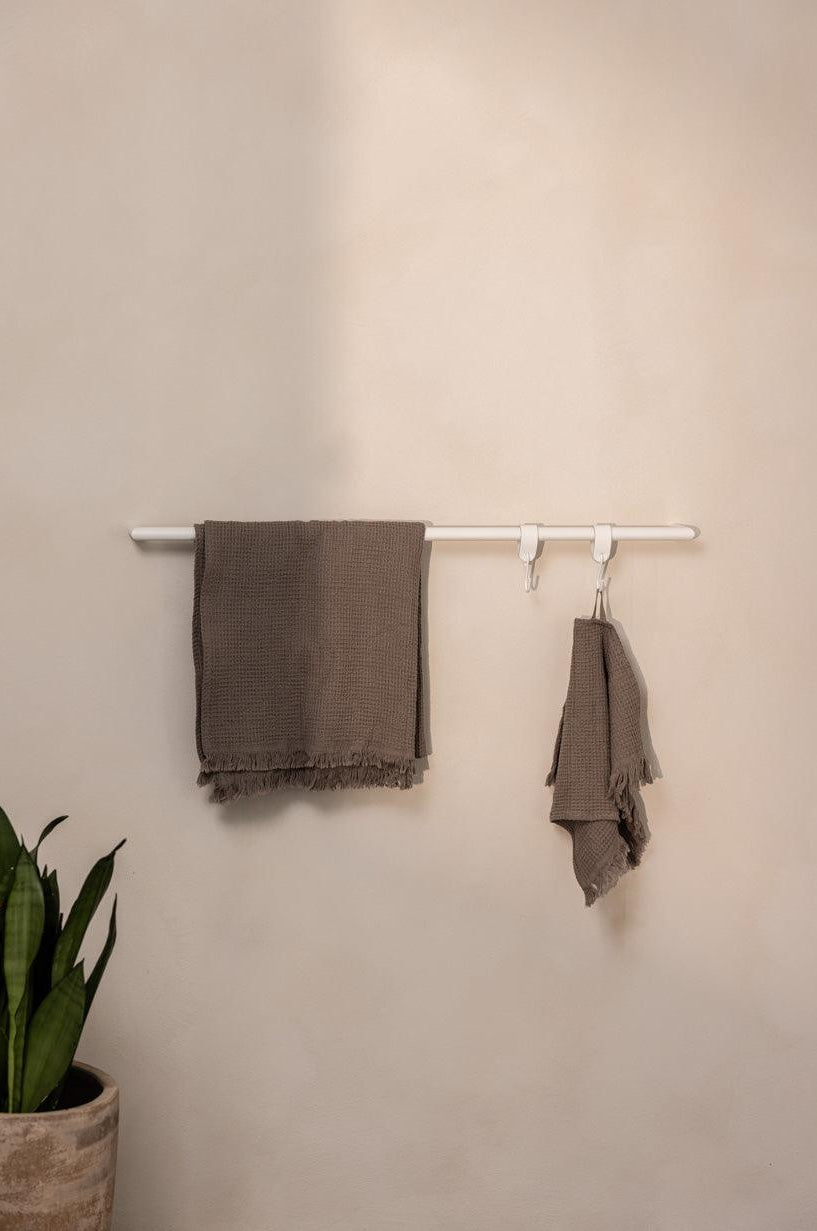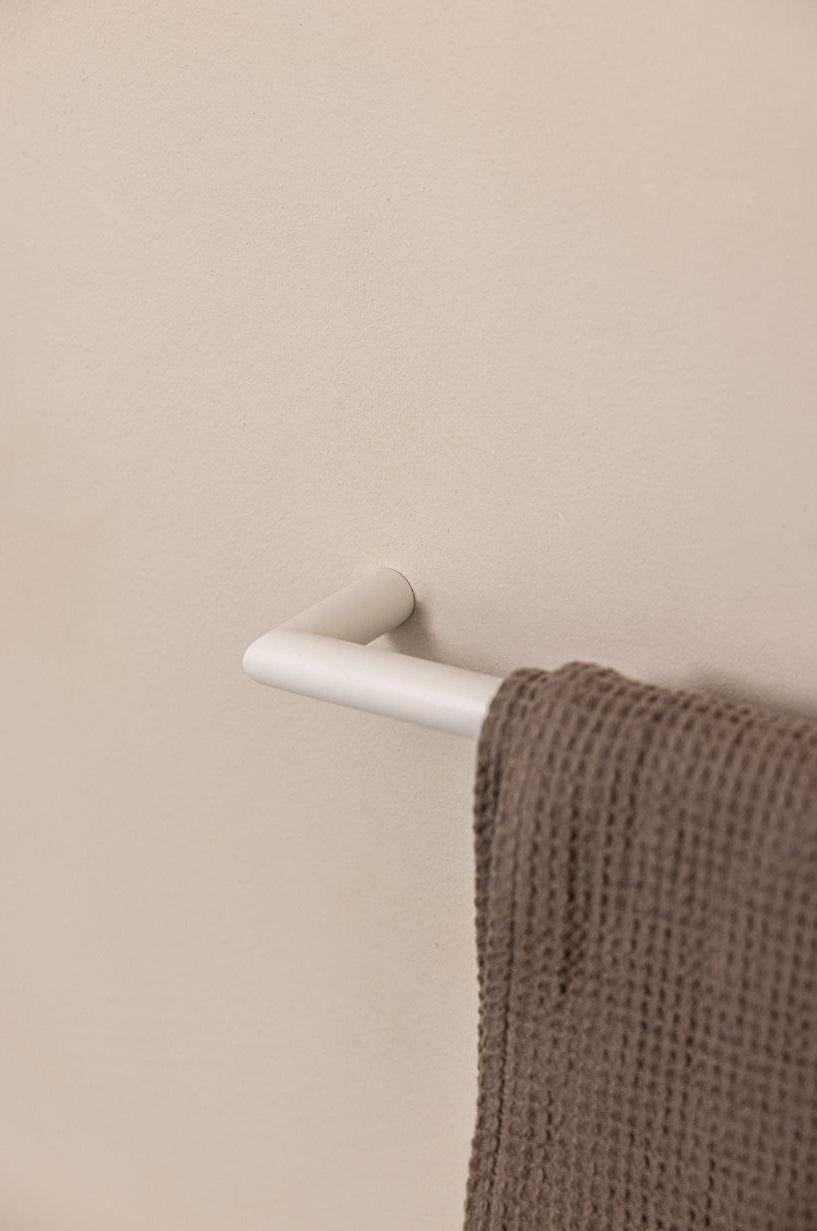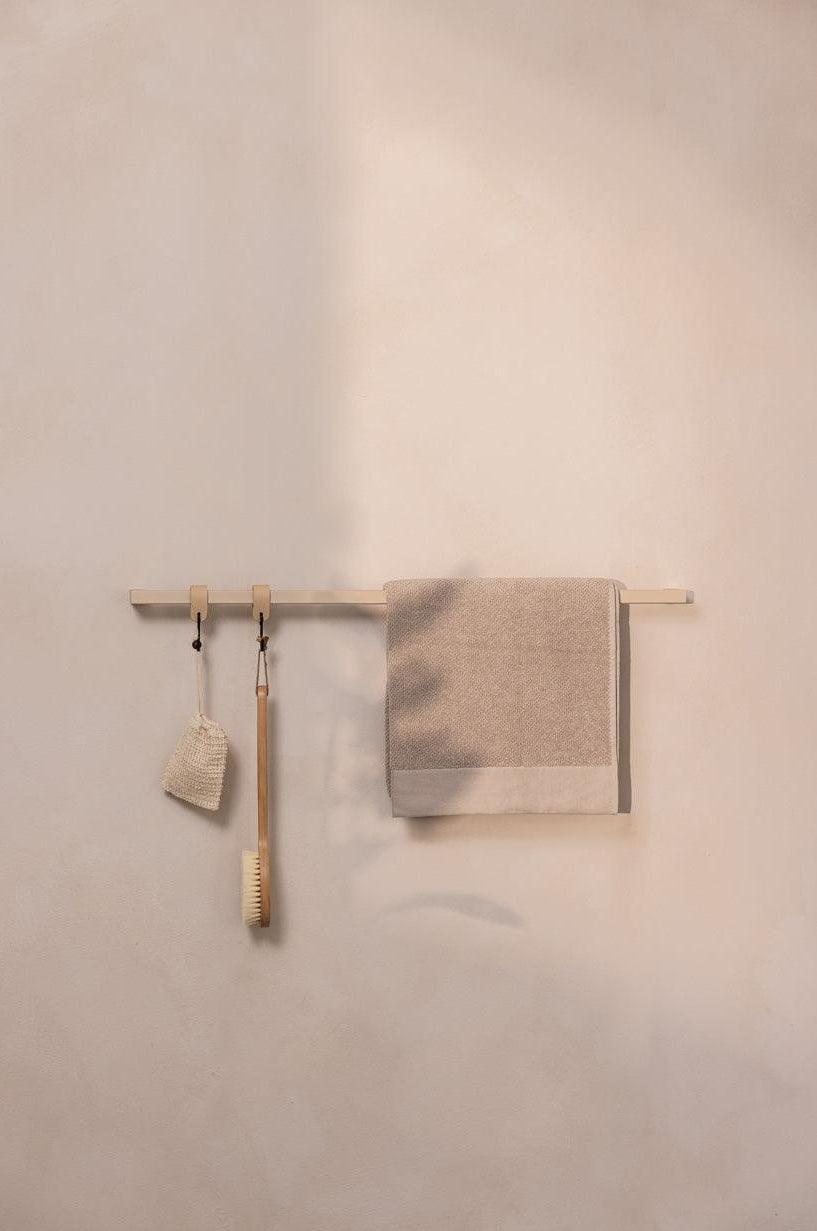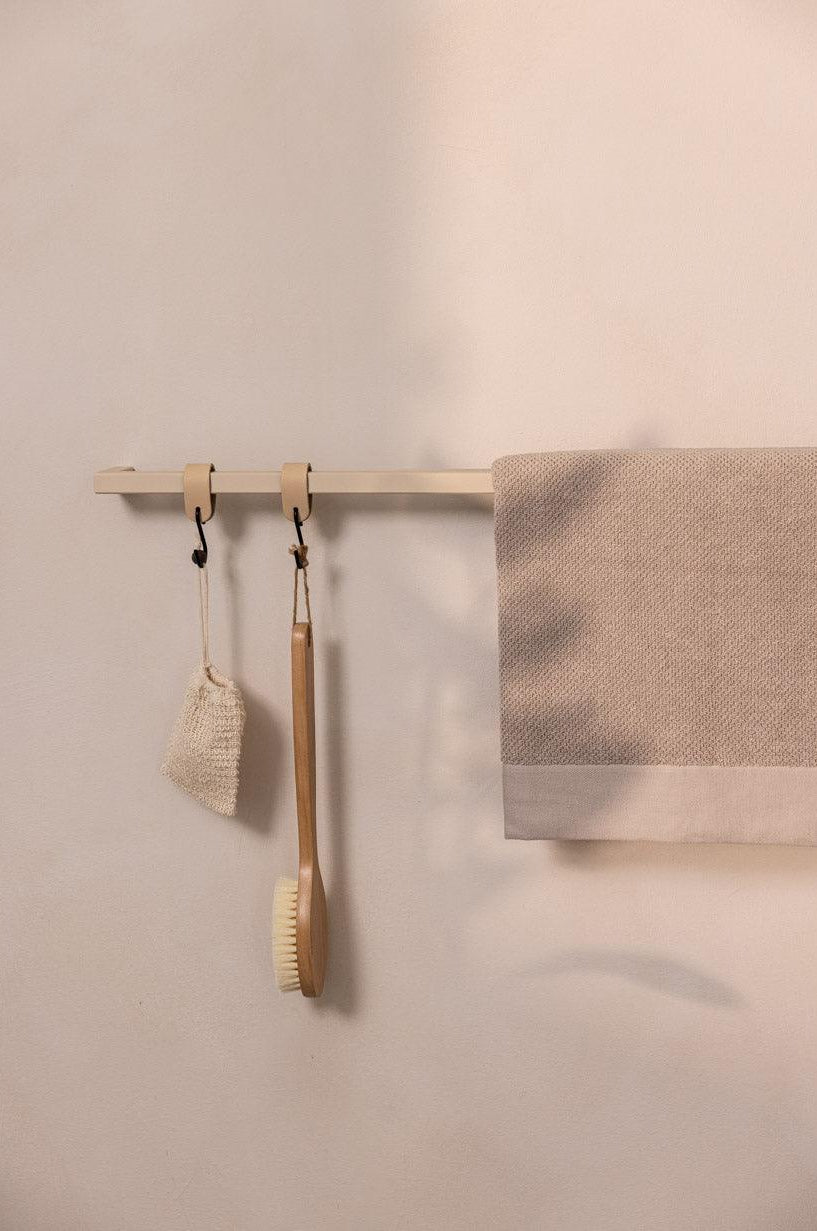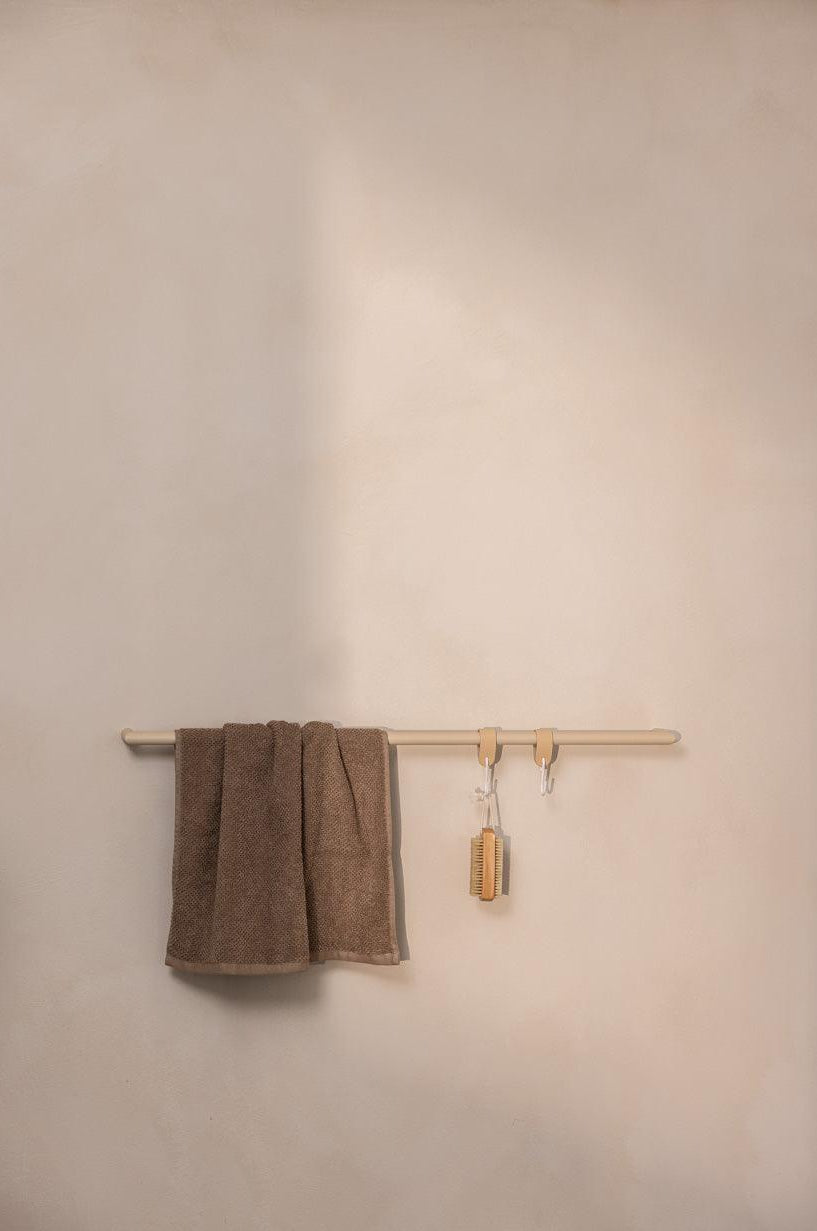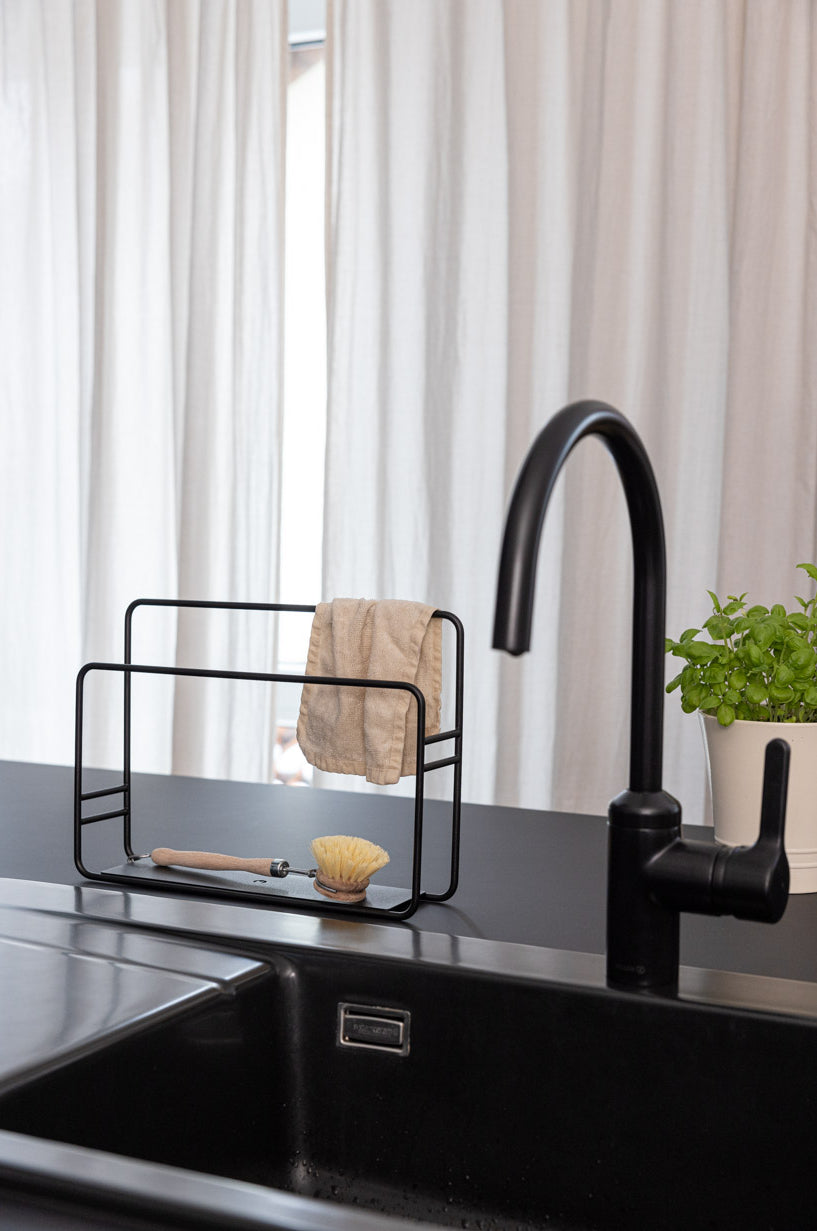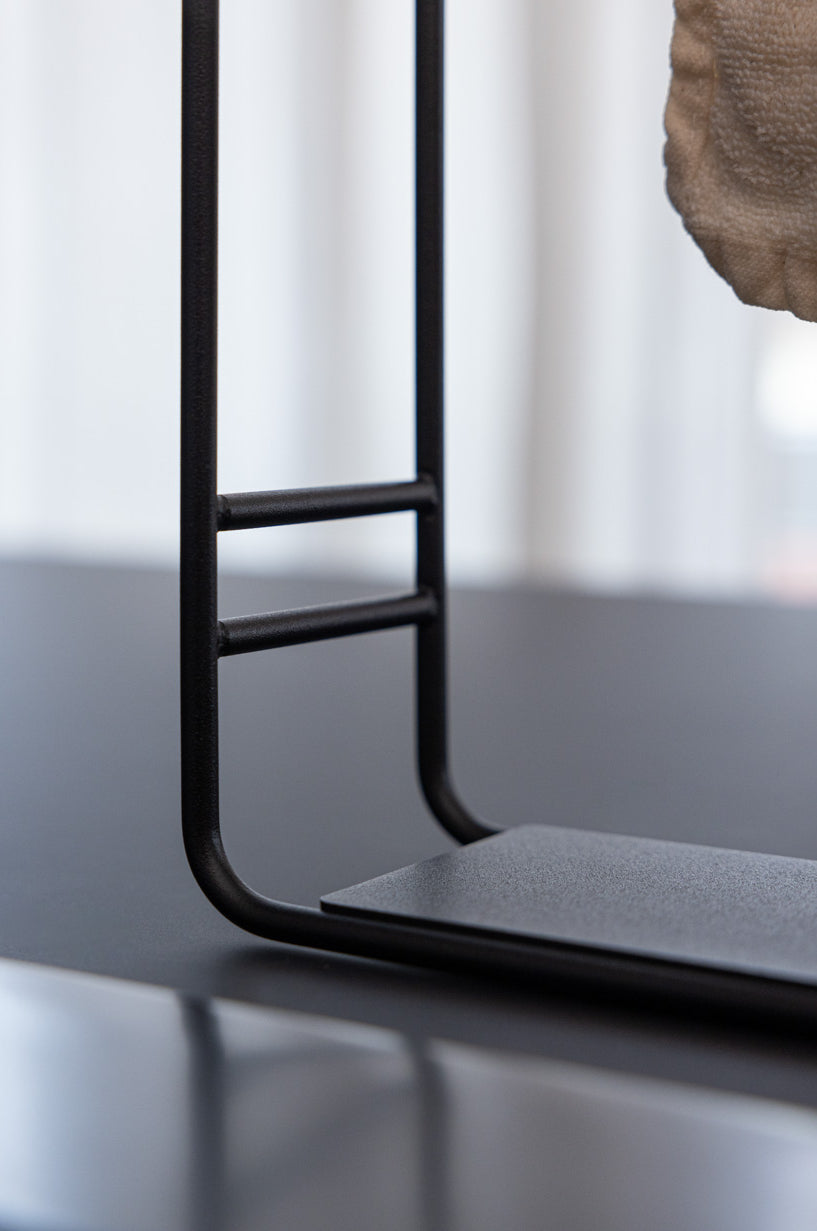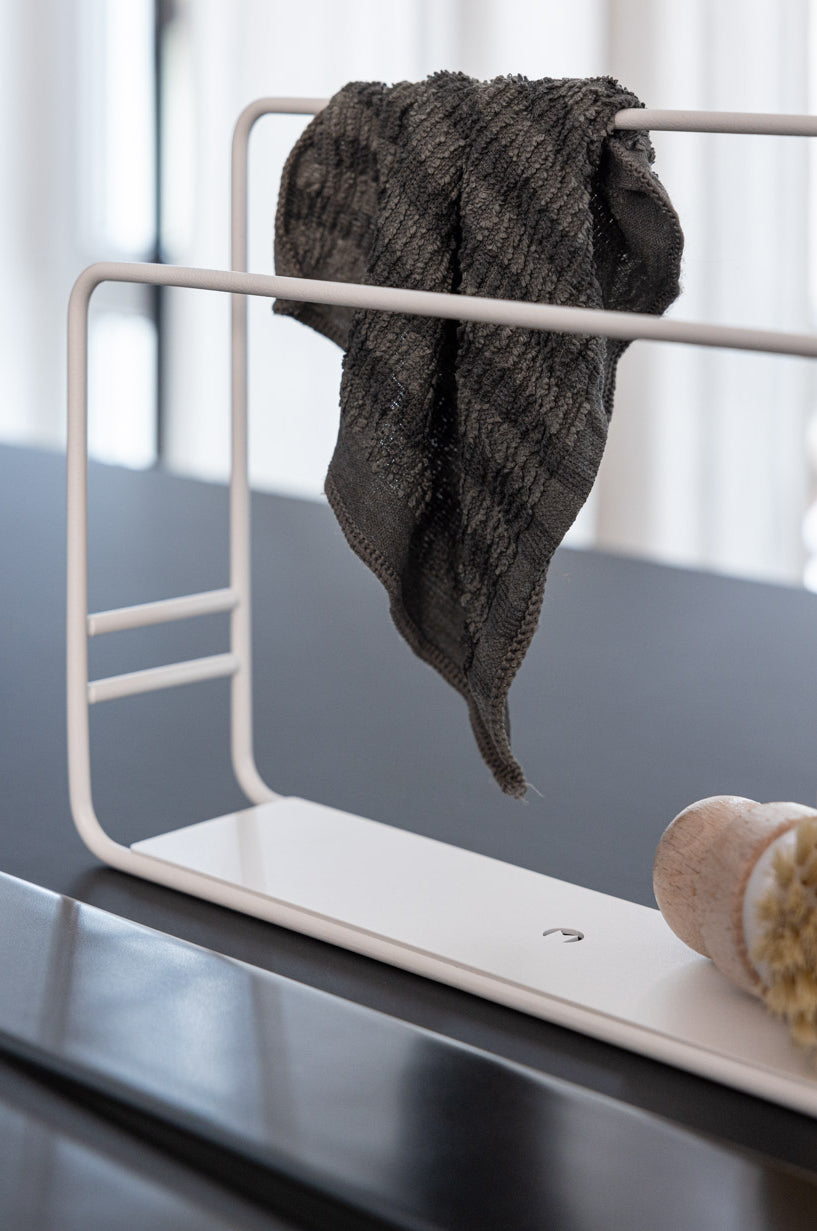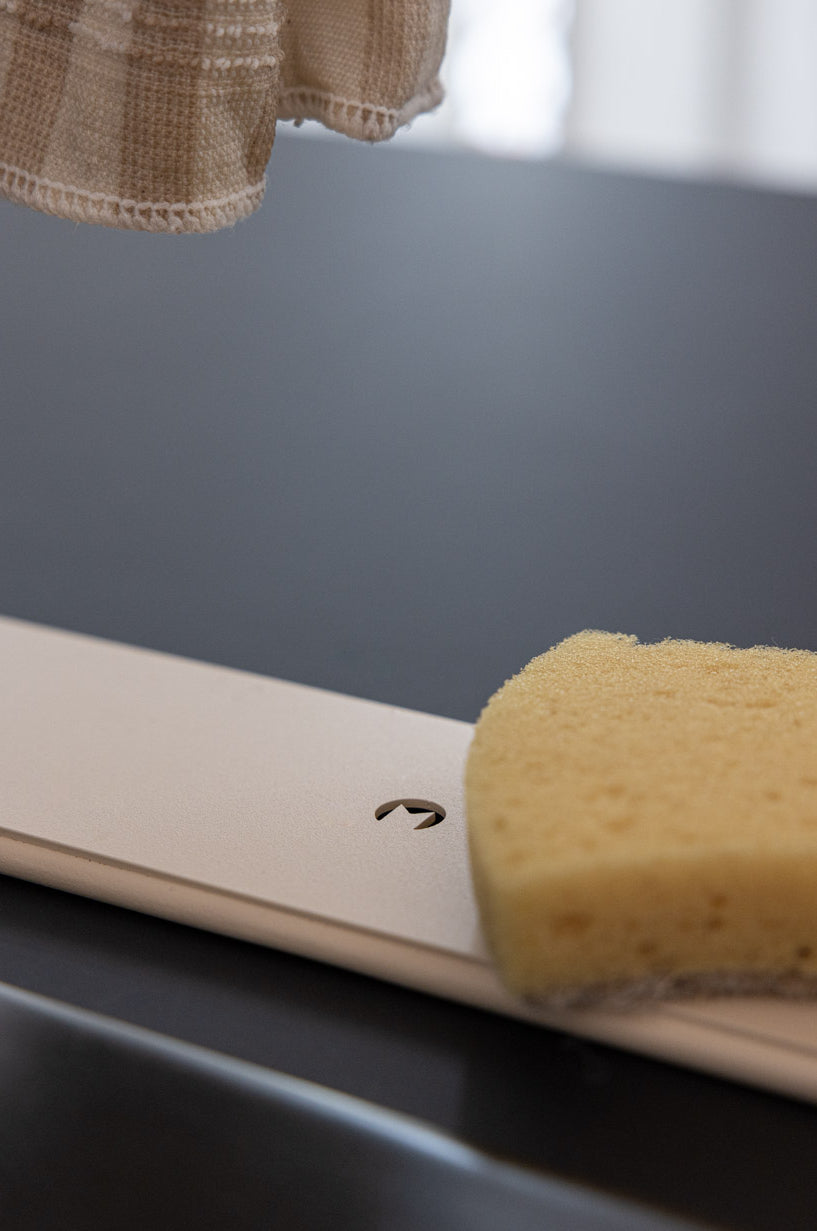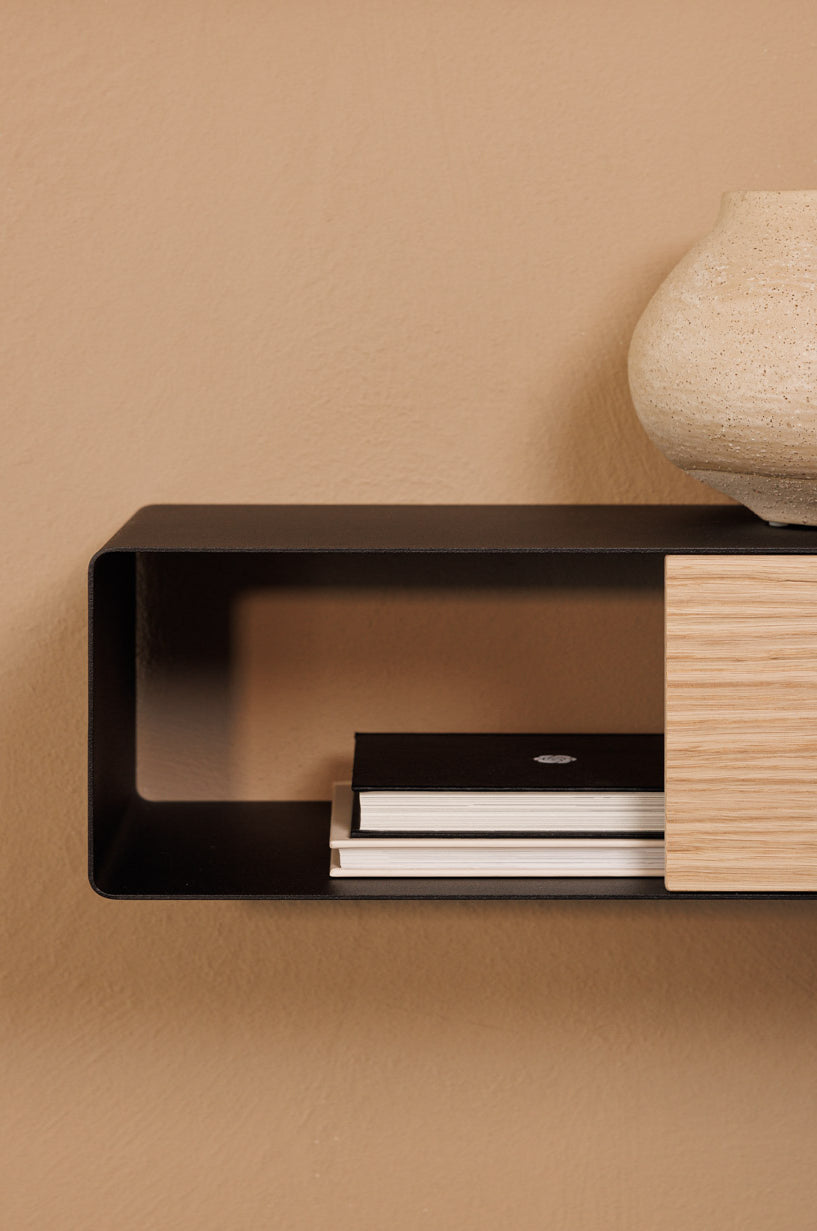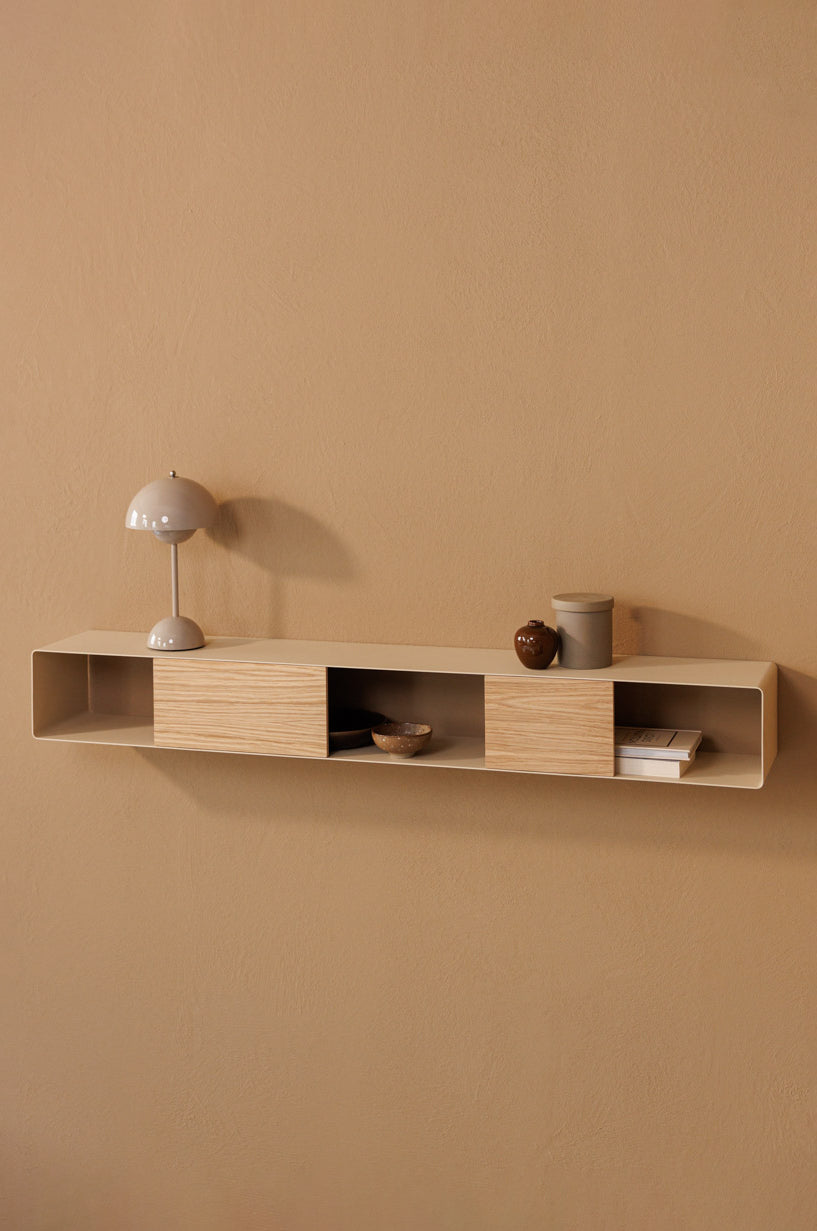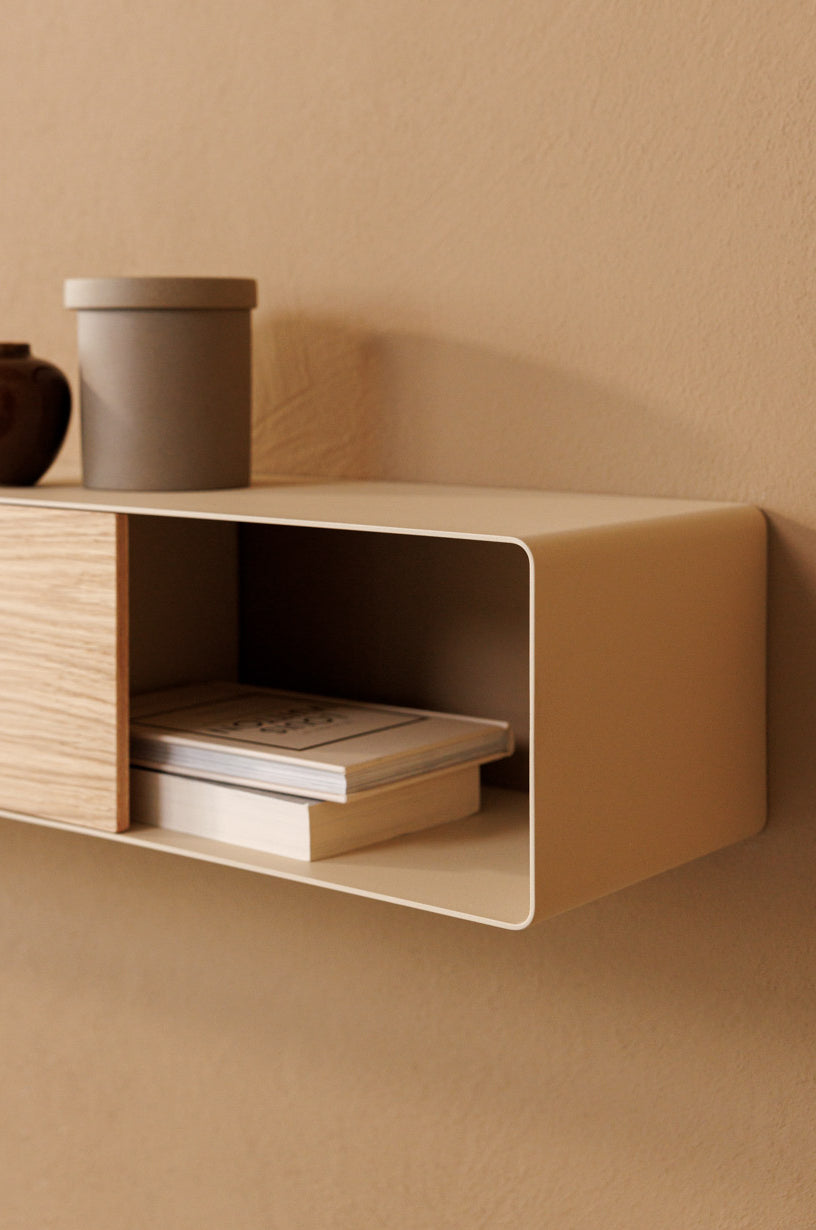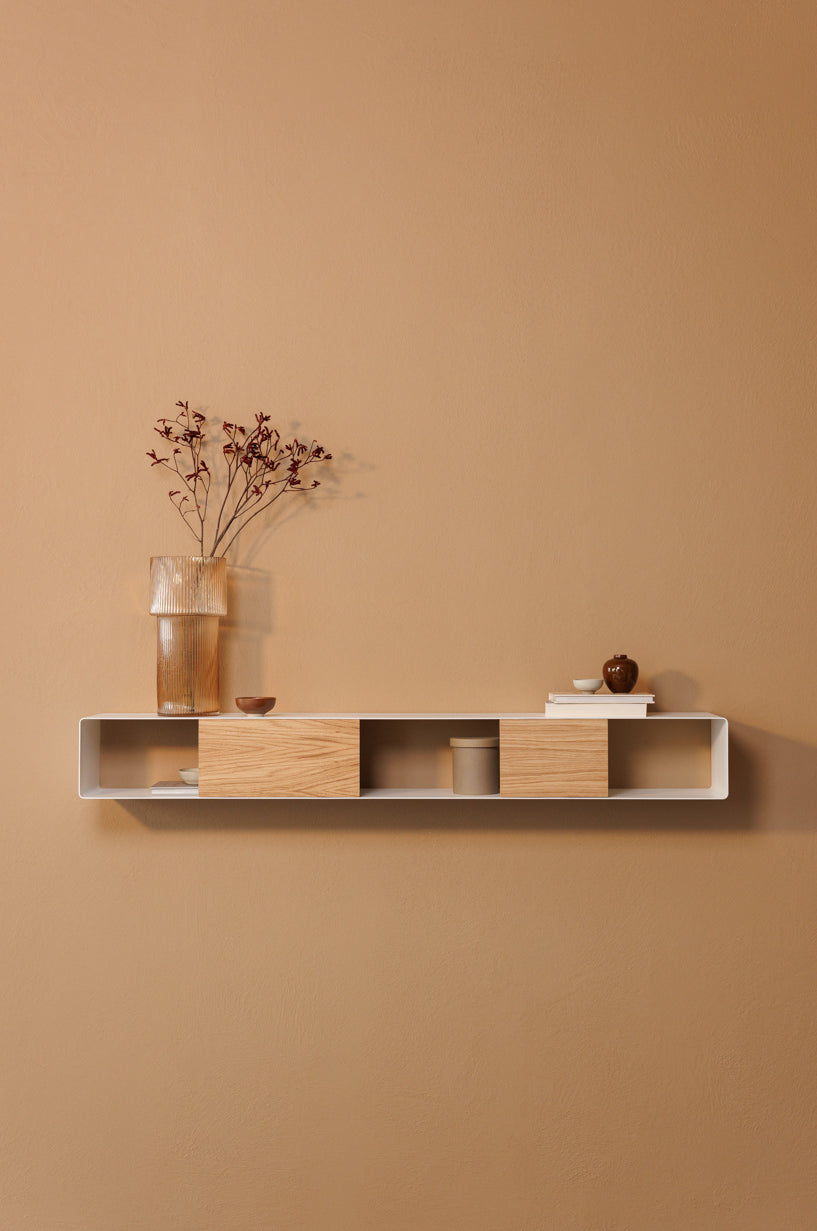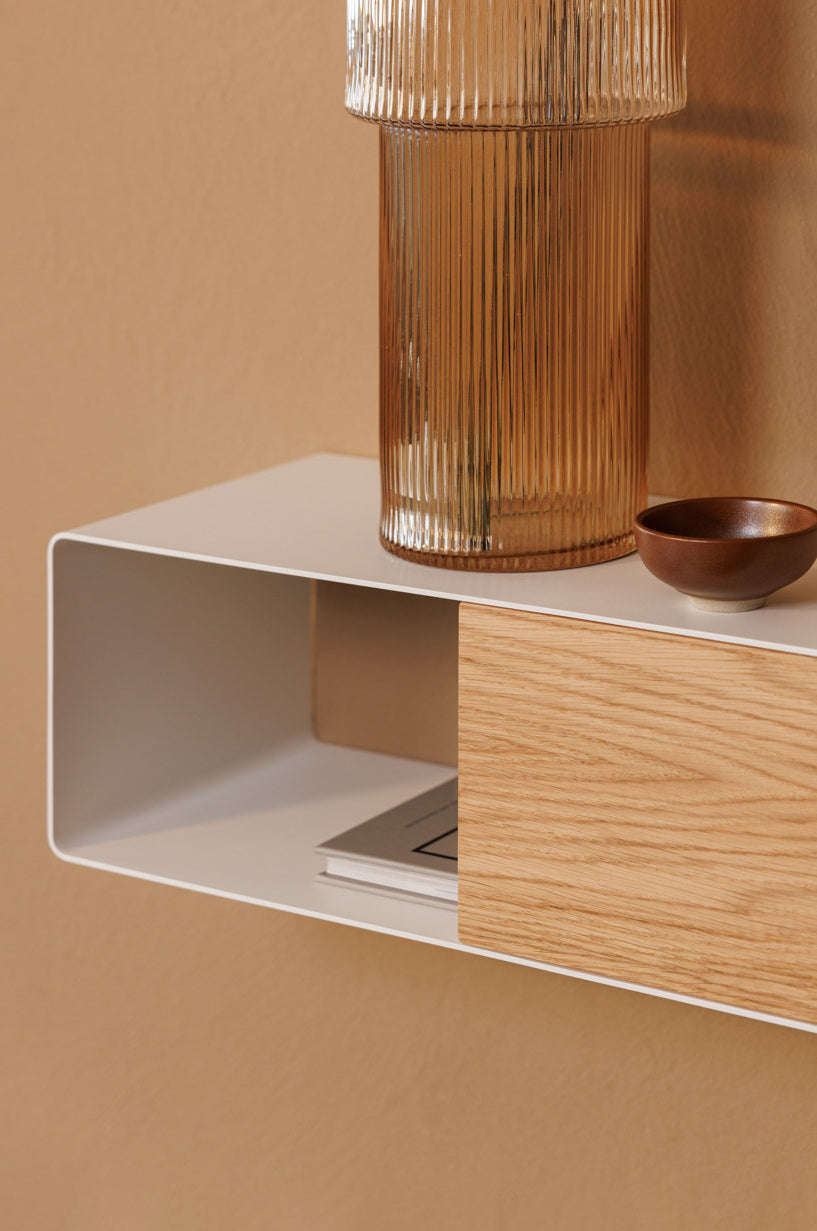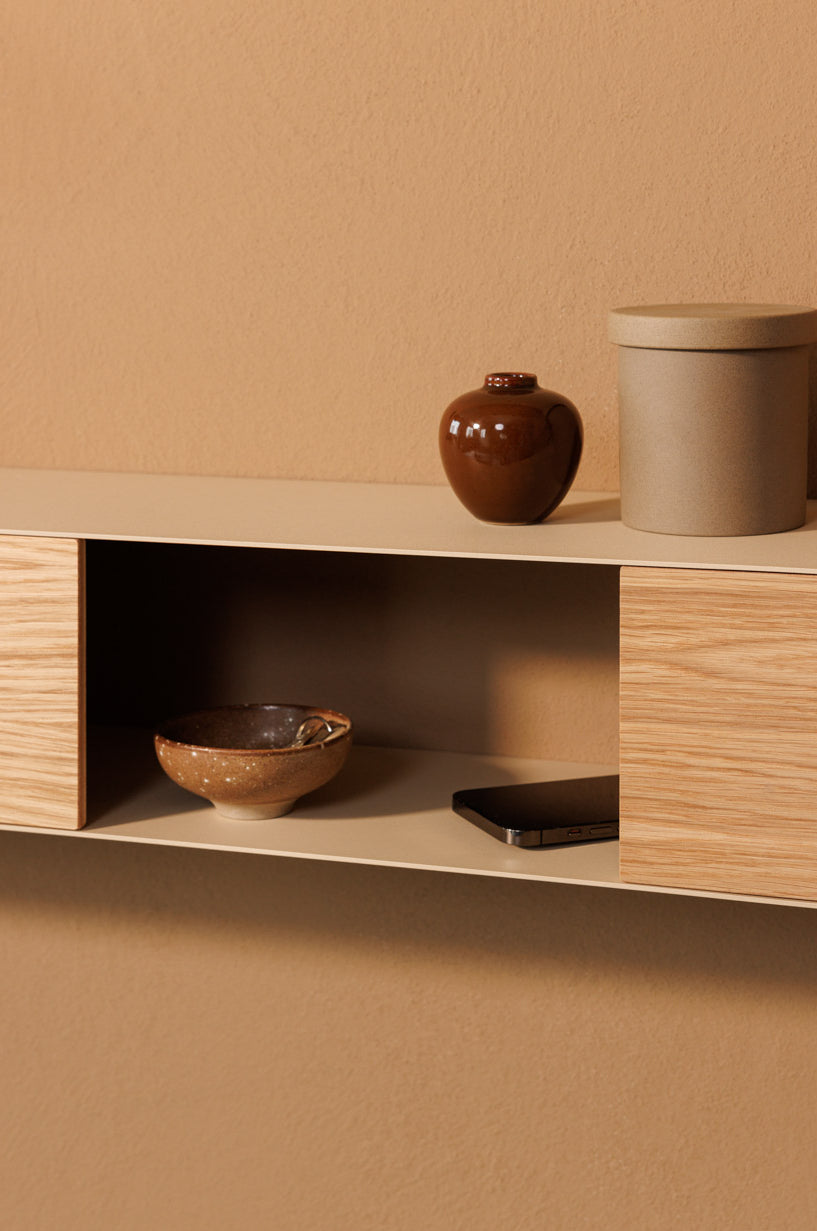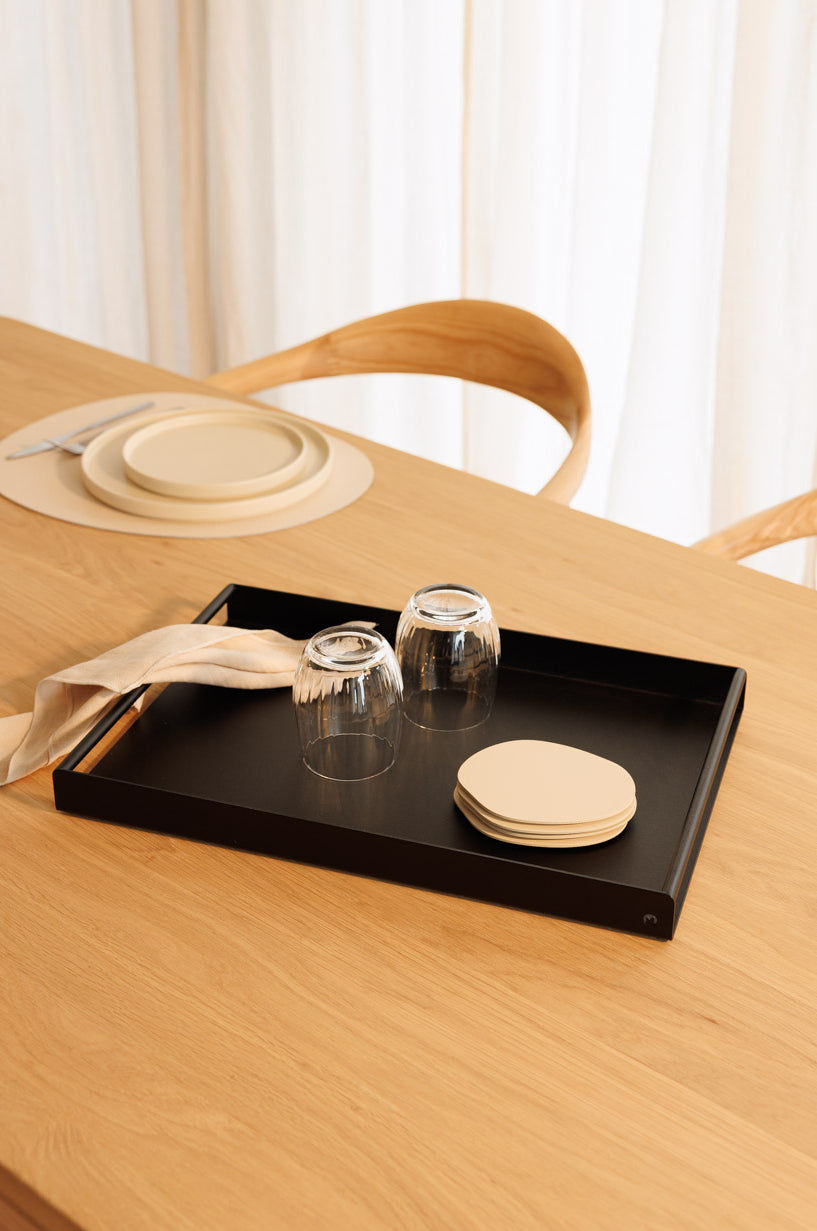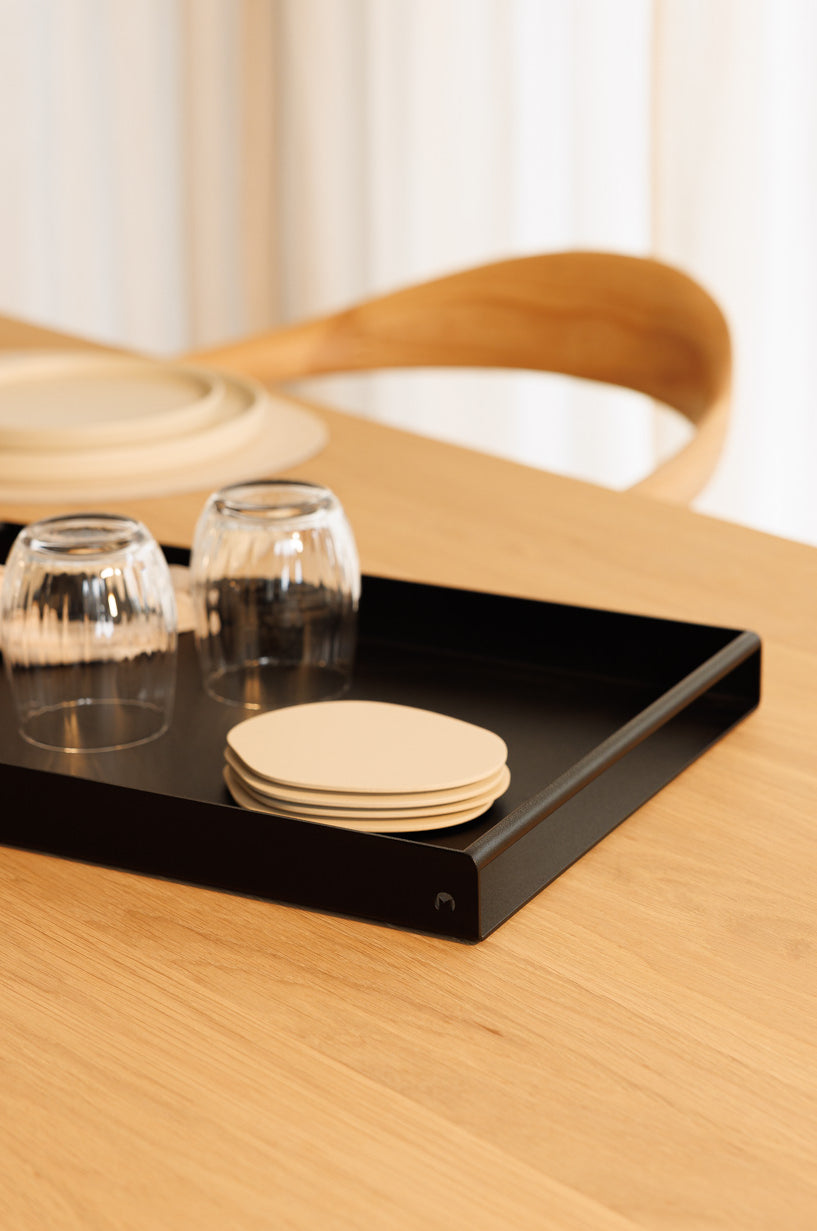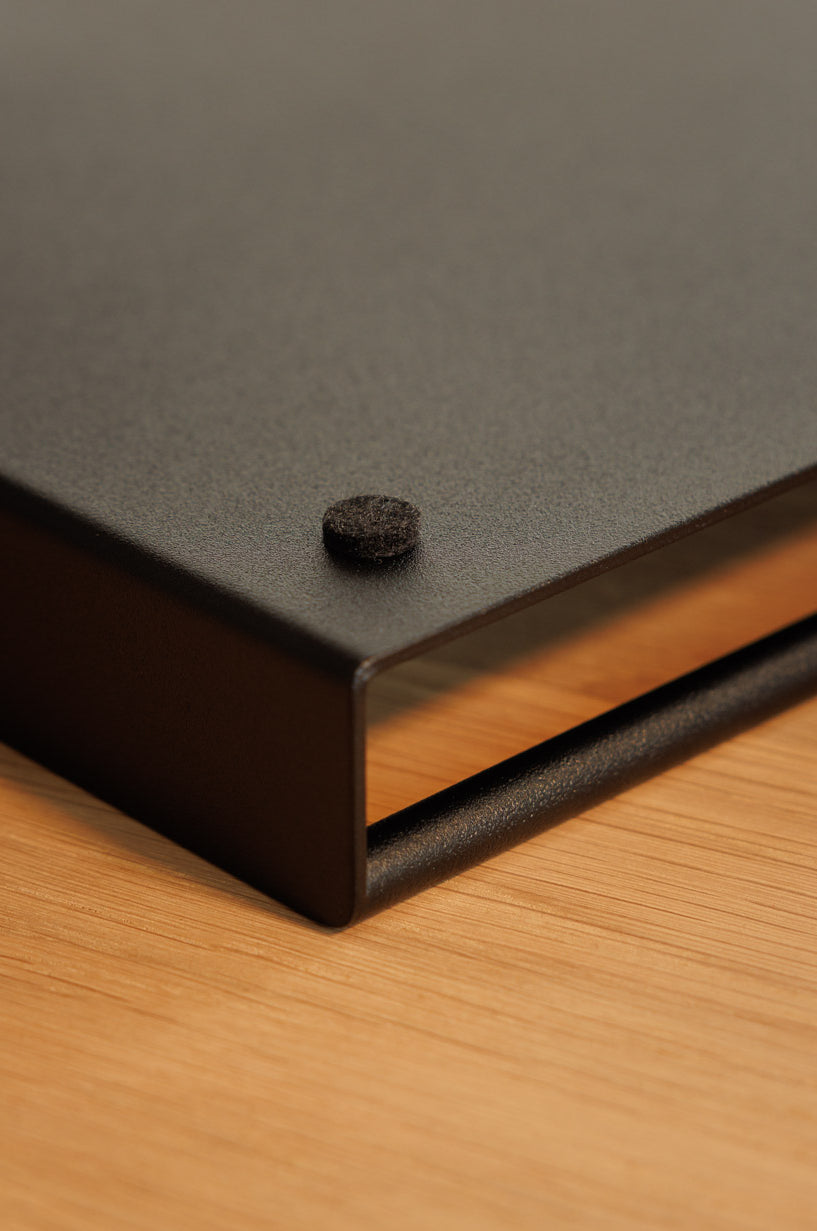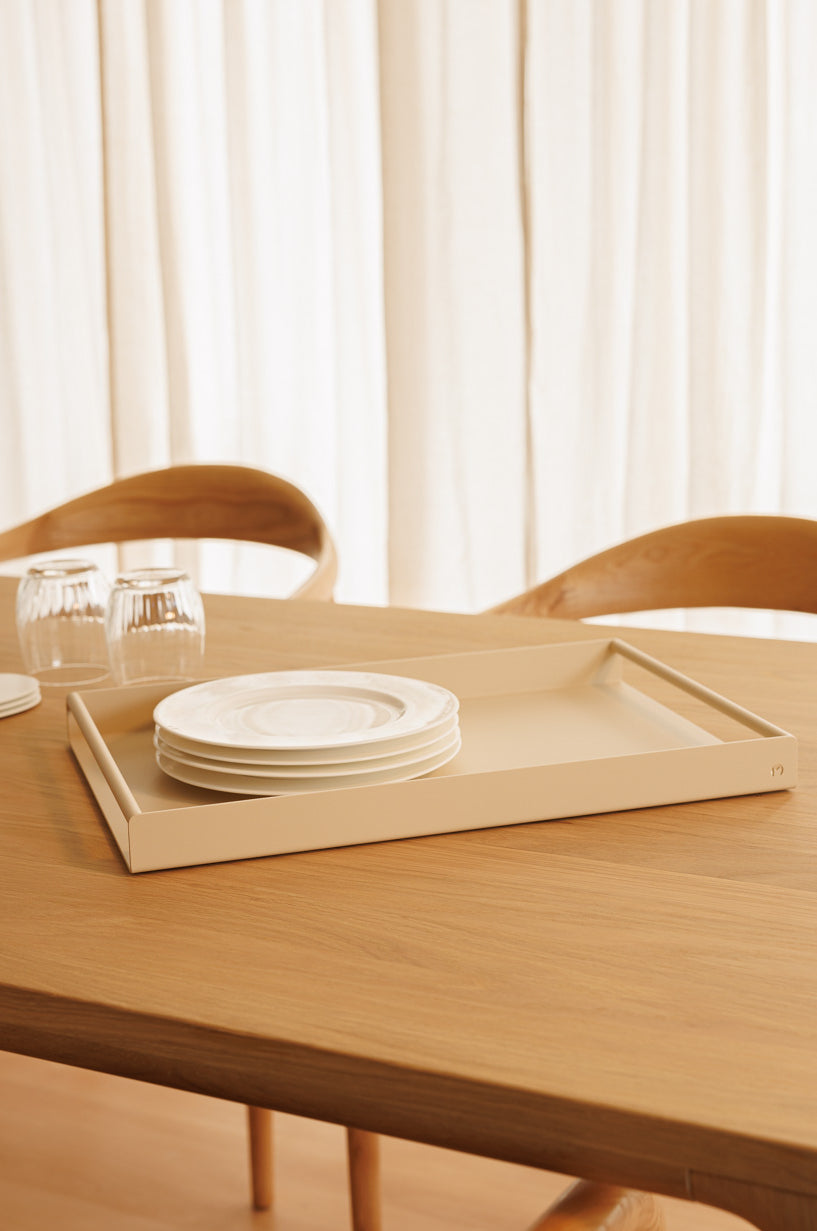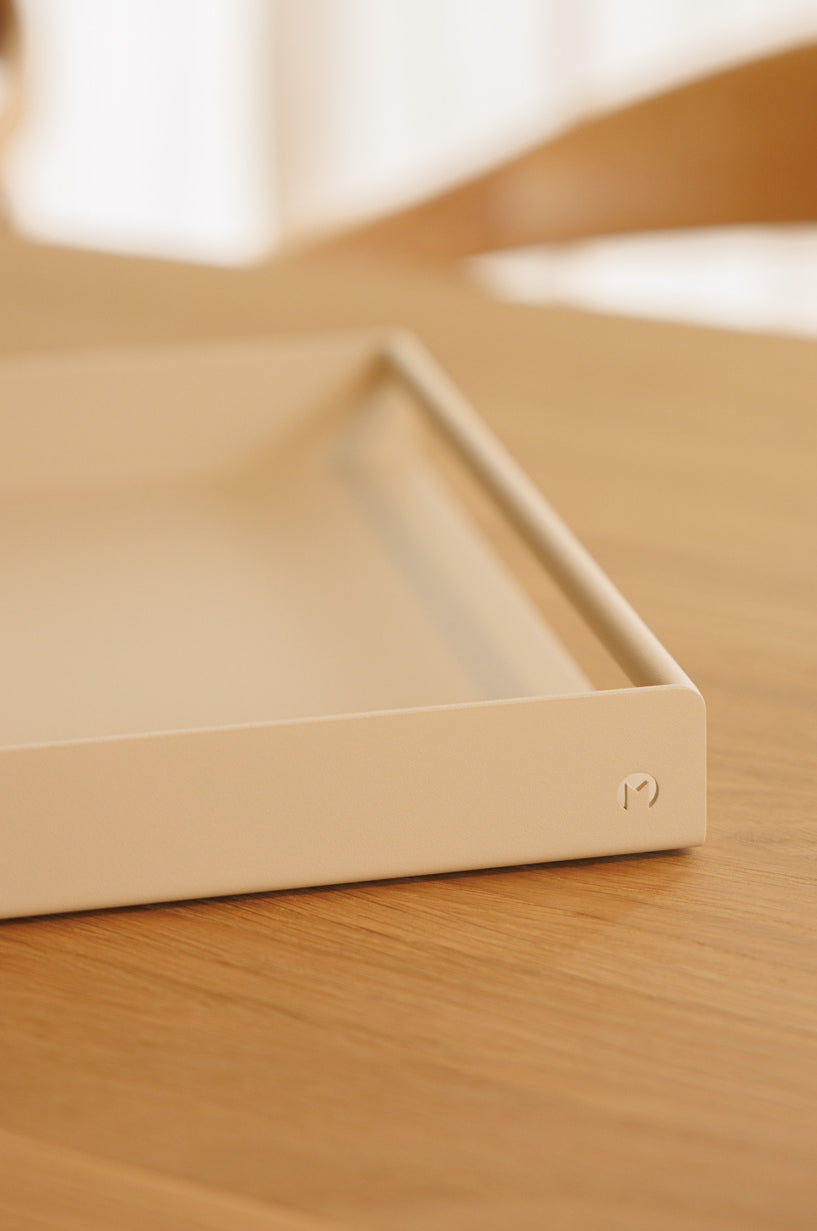The Meaning Behind Your Floral Decor
Let's be honest: The most beautiful decoration is not pictures, pillows or candles, but flowers. Ideally real and fresh. Bouquets and other arrangements provide good mood and eye-catchers in the interior at any time of the year. With the approaching spring, the natural beauties find even more places in our vases. In addition to early bloomers, typical summer heralds are also very popular at this time. But have you ever thought about the meaning of the respective flower that adorns your rooms? We'll tell you!

T U L I P
The tulip is not only the most popular spring flower in this country, but also one of the most popular flowers worldwide.Side fact at this point: It is a misconception that the tulip originates from the Netherlands. Its actual origin is indeed in Central Asia. Characteristic of the tulip is its cheerful, sunny nature. It is therefore not surprising that the early bloomer primarily stands for rebirth, departure, and new beginnings. The less known meaning: perfect and deep love. The darker the color, the deeper the love...

C H R Y S A N T H E M U M
A particularly popular cut flower is the chrysanthemum, as it has a long shelf life and can be harmoniously combined with many other flowers and colors. The classic among the chrysanthemums is the one in yellow. Its symbolism? Happiness.In general, however, their interpretation of meaning is not quite so simple. They could not be more contradictory: Chrysanthemums are both tokens of love and harbingers of death. Quite a lot of drama for such a modest-looking flower, don't you think?

H Y D R A N G E A
Typically a summer flower, it is a year-round highlight in the domestic flower vase: the hydrangea. The impressive bloom provides a good basis for flower arrangements, but also looks good on its own. The hydrangea symbolizes beauty, grace, admiration, and respect. But beware: It is also quickly associated with vanity.Precisely because of this ambivalent meaning, the flower has long been used to underline femininity and finds a place in many bridal bouquets.

C A R N A T I O N
The carnation is indeed one of the oldest cultivated flower varieties and was particularly used in the 15th/16th century in art (as a motif) and medicine (as a remedy). Throughout human history, the carnation also received the nickname "flower of the gods". Its symbolism varies depending on the cultural circle and is as diverse as its color palette. In general, the carnation stands for devotion and gratitude and was therefore long considered an engagement flower.

B A B Y ' S B R E A T H
No other flower gives the home such a gentle vintage aura as Baby's Breath. As inconspicuous as the shrub may appear - its symbolism is powerful. In the 18th/19th century, etiquette forbade the open communication of feelings. The solution: Baby's Breath. It stands for devotion, unconditional love, and a heart free from ulterior motives and suspicion. The typical white of the plant reinforces the meaning with the association for innocence and purity.










